NSFW | 29 Wet Plate Collodion Photographers You Need to Know!
Each year the world is filled with hundreds of billions of digital photographs that have no value, character, significance or most importantly, physical form. These photographs have a very small chance to make it 20 years into the future, much less the next 200 years. They are stored on phones, memory cards, and hard drives, never to be printed or held in your hands. That is not the case for the magical and historic process of creating wet plate photographs. Once created, the image is immortalized into a precocious and tangible medium that once viewed, leaves a lasting impression on the viewer and the world, as each wet plate contains an image created from pure silver that has ability to not only survive our lifetimes, but for many millennia.
In comparison, the digital photographs of today rely on technology, where-as wet plate photography relies on 170-year-old chemistry, a bit of knowledge, and some luck. As photographic technology evolves and progresses it’s incredibly important to embrace and continue to celebrate the important processes from the past. They are the foundations of our medium as a whole and while we are unknowingly blessed to have photography a daily part of lives, it’s easy to forget just how difficult and time consuming it used to be. Each time you show someone the process of wet plate collodion in person, they are absolutely amazing: not only because of the unique one of a kind image that it produces but because they realize just how complexly intimate the process of making images can be. Often, the word “magic” is the only word they can produce to describe this experience.
This magic has seen a resurgence over the last 20 years as photographers have found a craving for alternative and historic processes, and wet plate collodion has taken center stage. Though there are only roughly 1000 artists practicing this medium today, they all share a common mantra for their obsession, “less is more.” They find solace in the deliberate and slow process of their creations that focus on composition, lighting, and long exposures which eliminate convenience but embrace the tactile nature of real photography. Of these 1000 practitioners, it was a daunting task to create a list of wet plate collodion photographers you need to know. And although I was tasked with selecting just 20 artists, I couldn’t complete my list without including a few more to expand your idea of the vast variety of work that can be created with this medium. This list not only includes some of the masters of the process but also new artists just showing up on the scene. I hope you find inspiration and diversity in the artists that I have chosen. Before you dive in I will offer you this thought:
“You do not take a wet plate photograph; it is given to you.”
-Shane Balkowitsch, Ambrotypist
Nostalgic Glass Wet Plate Studio, Bismarck, ND
29 Wet Plate Collodion Photographers You Need to Know!
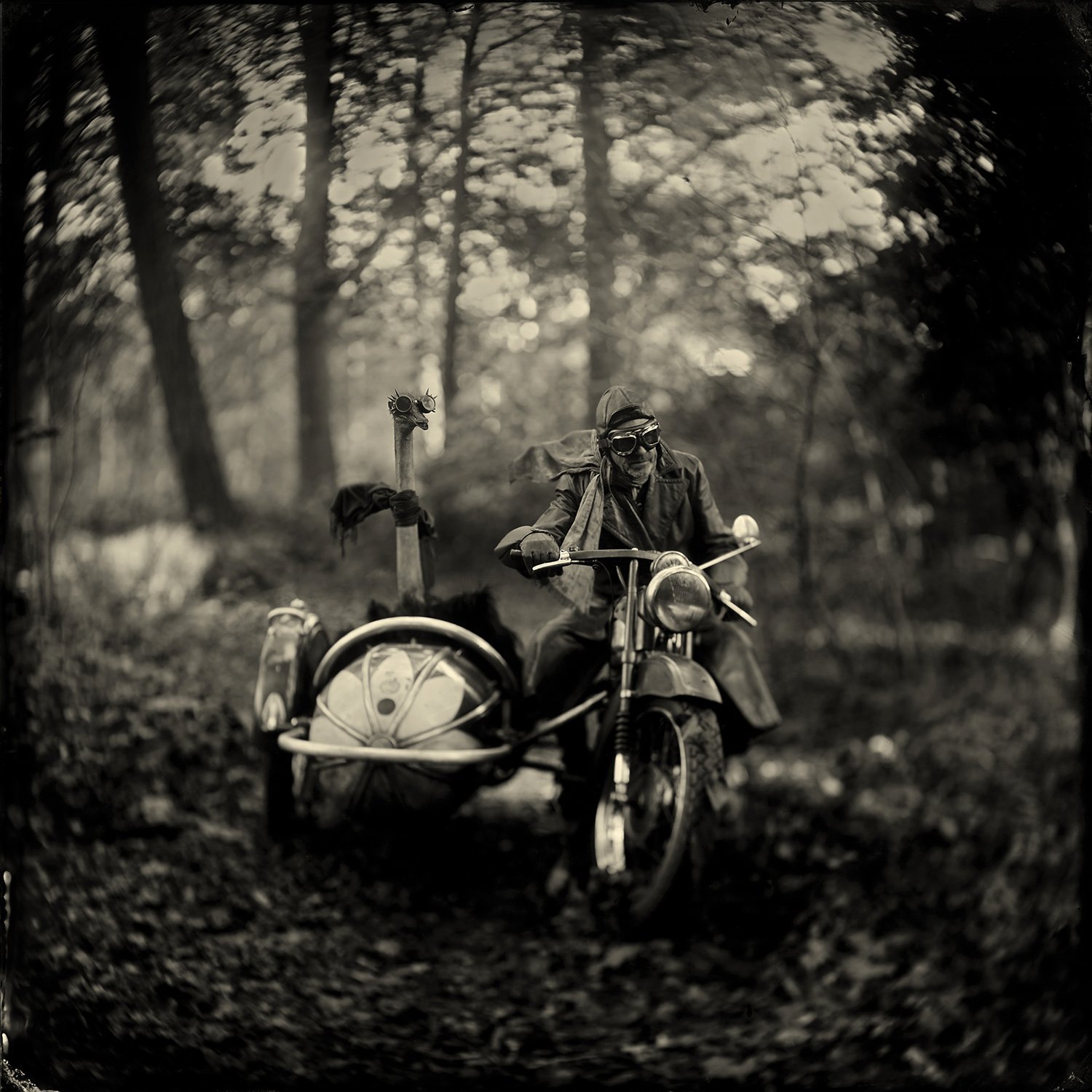
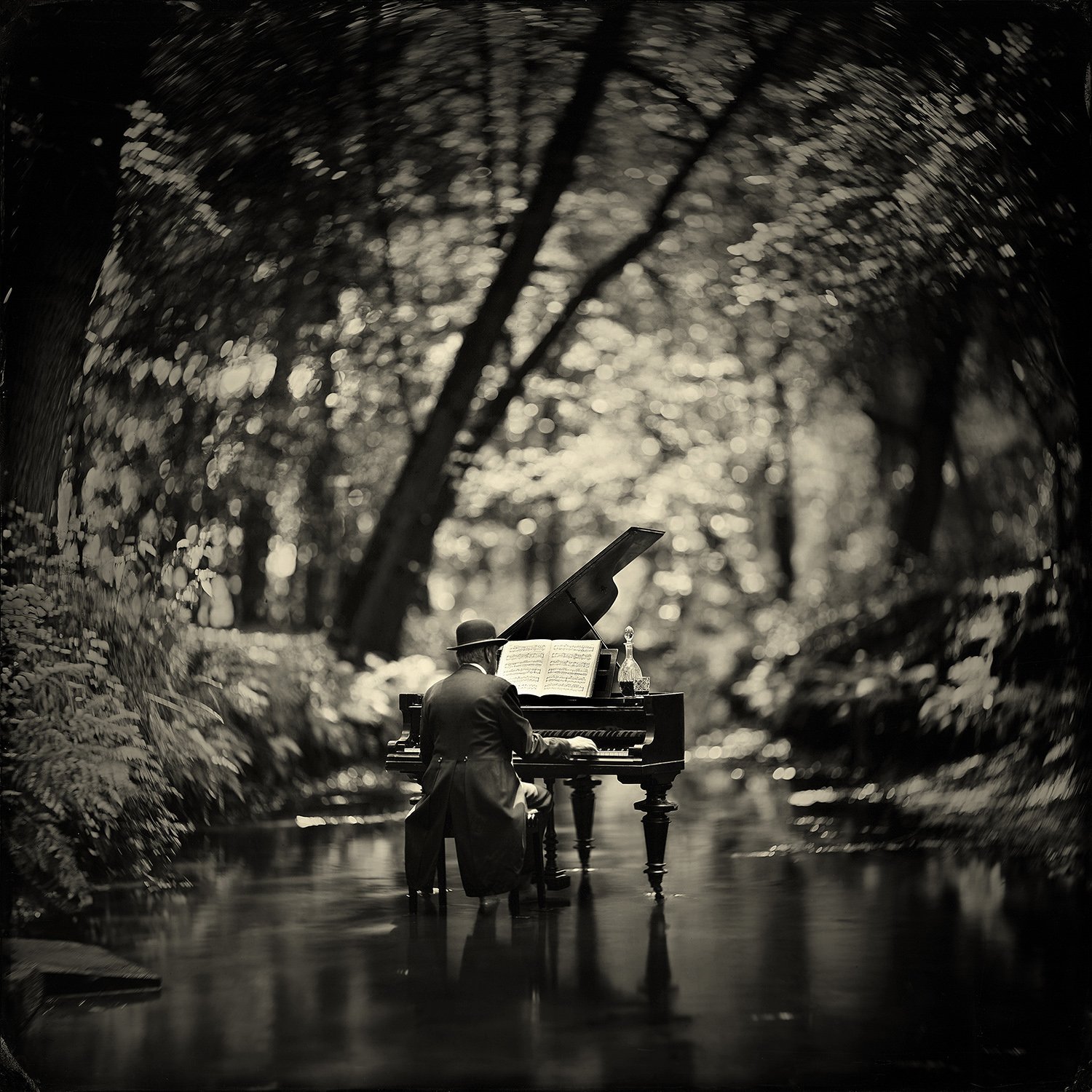
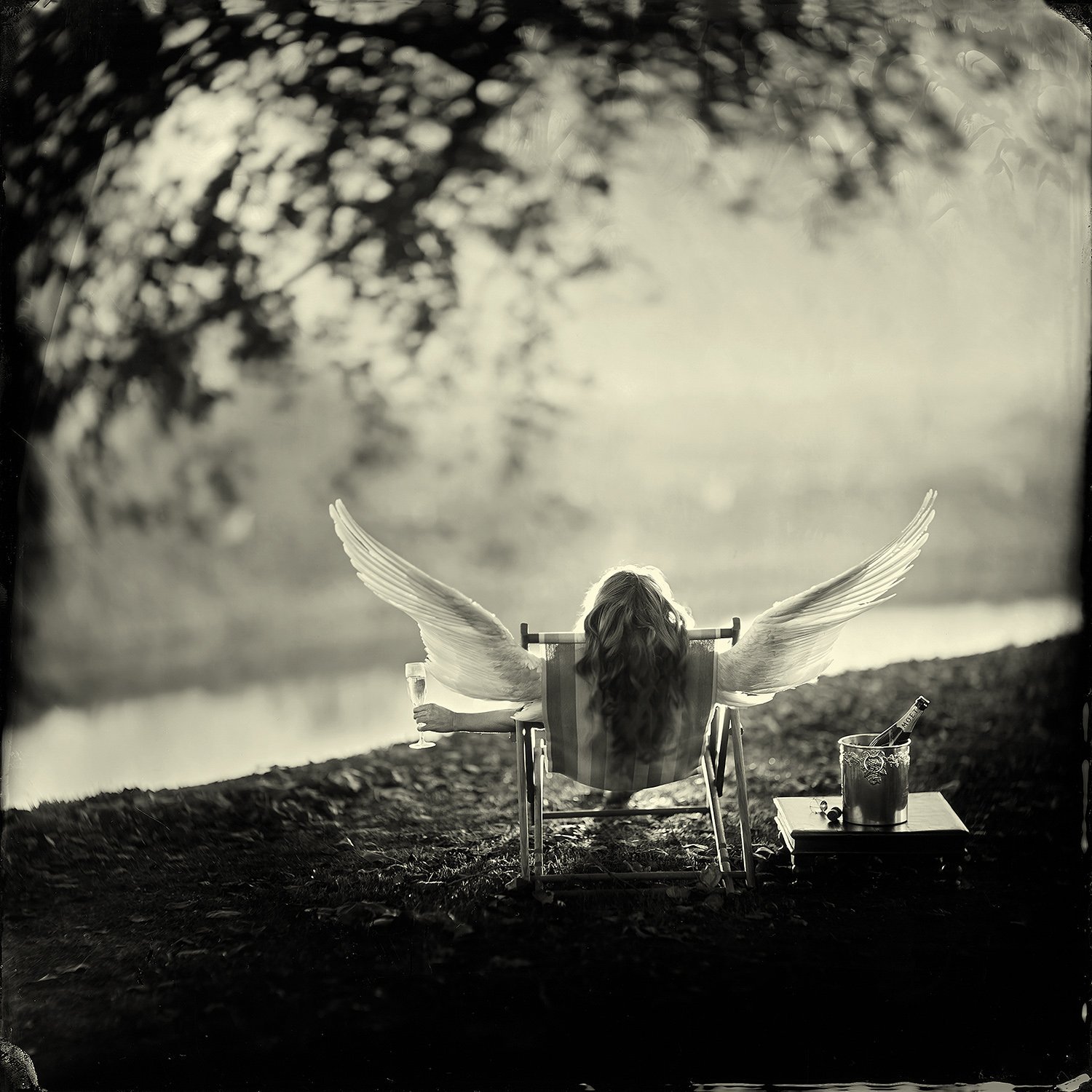
Artist: Alex Timmermans | Location: The Netherlands
Links: Website | Instagram
Alex Timmermans practices his craft in his home country of the Netherlands. His work for his series “Storytelling” is artistic, thoughtful and masterful in every way. The mood and playfulness of his works is a sight to behold. He has a complete grasp of this very difficult process and he uses that process to show others what he wants them to see. All of his works are outdoors in natural light and you will find yourself wanting to step into his scenes time and time again. His work is a clear example of what can be.
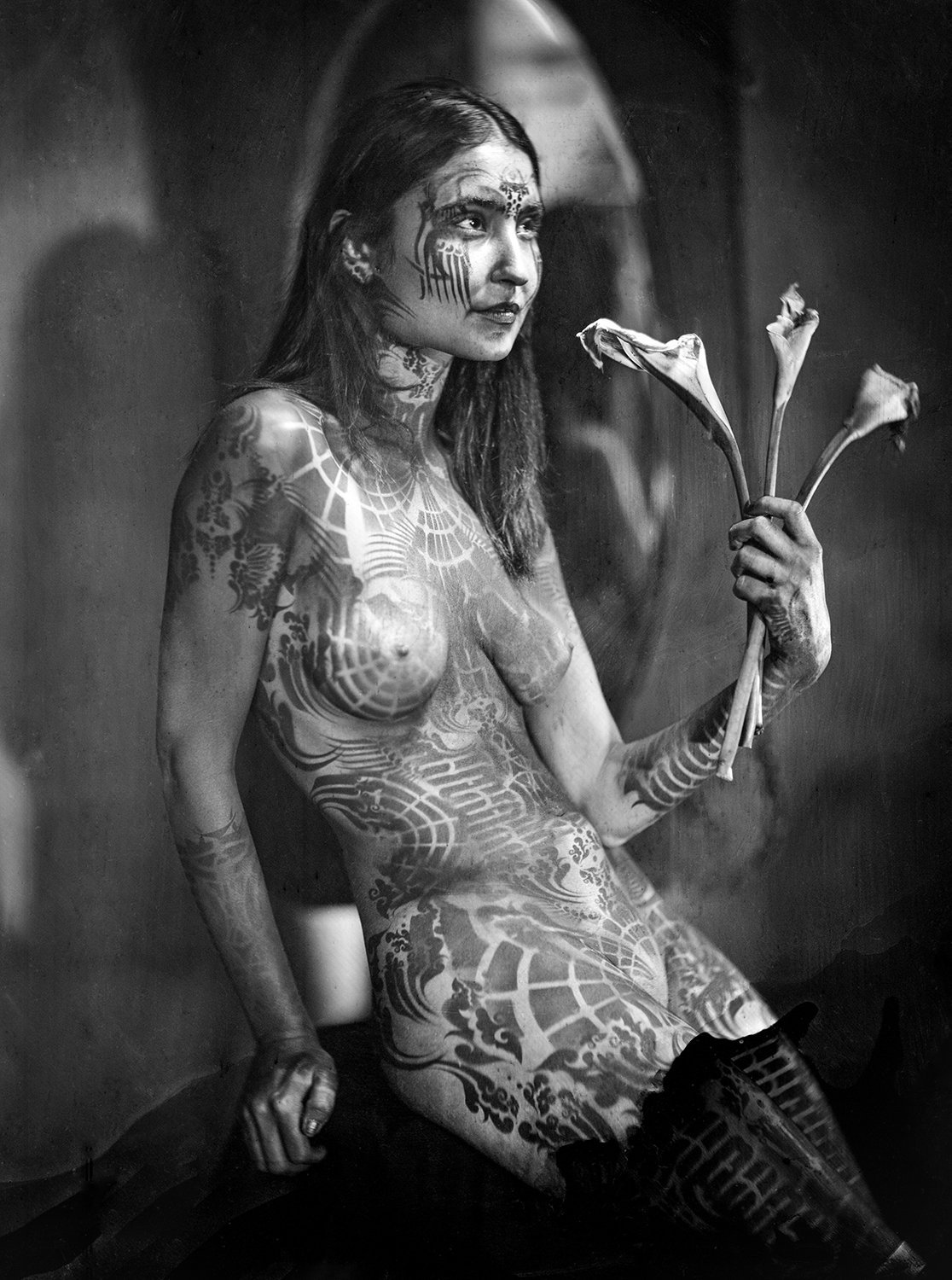
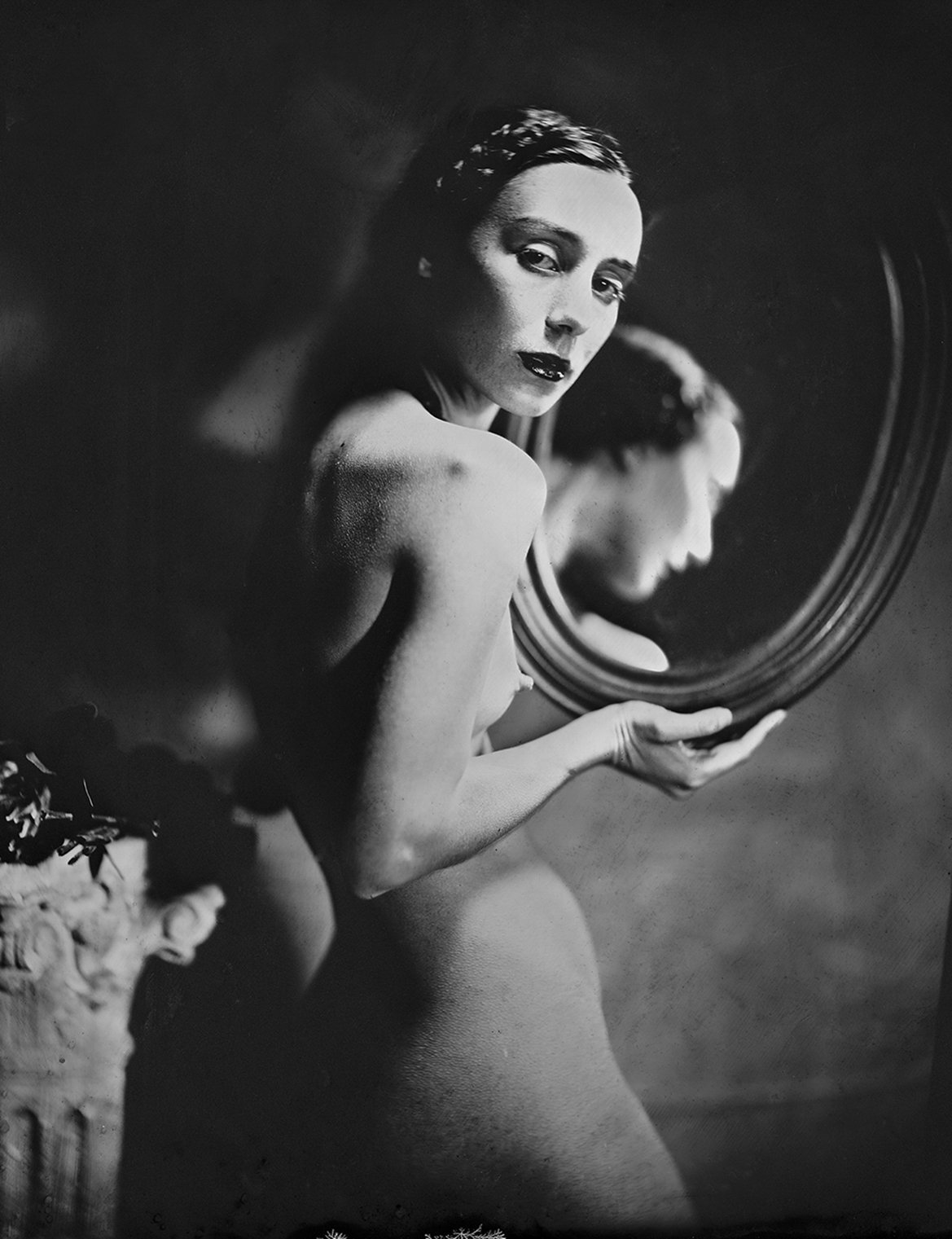
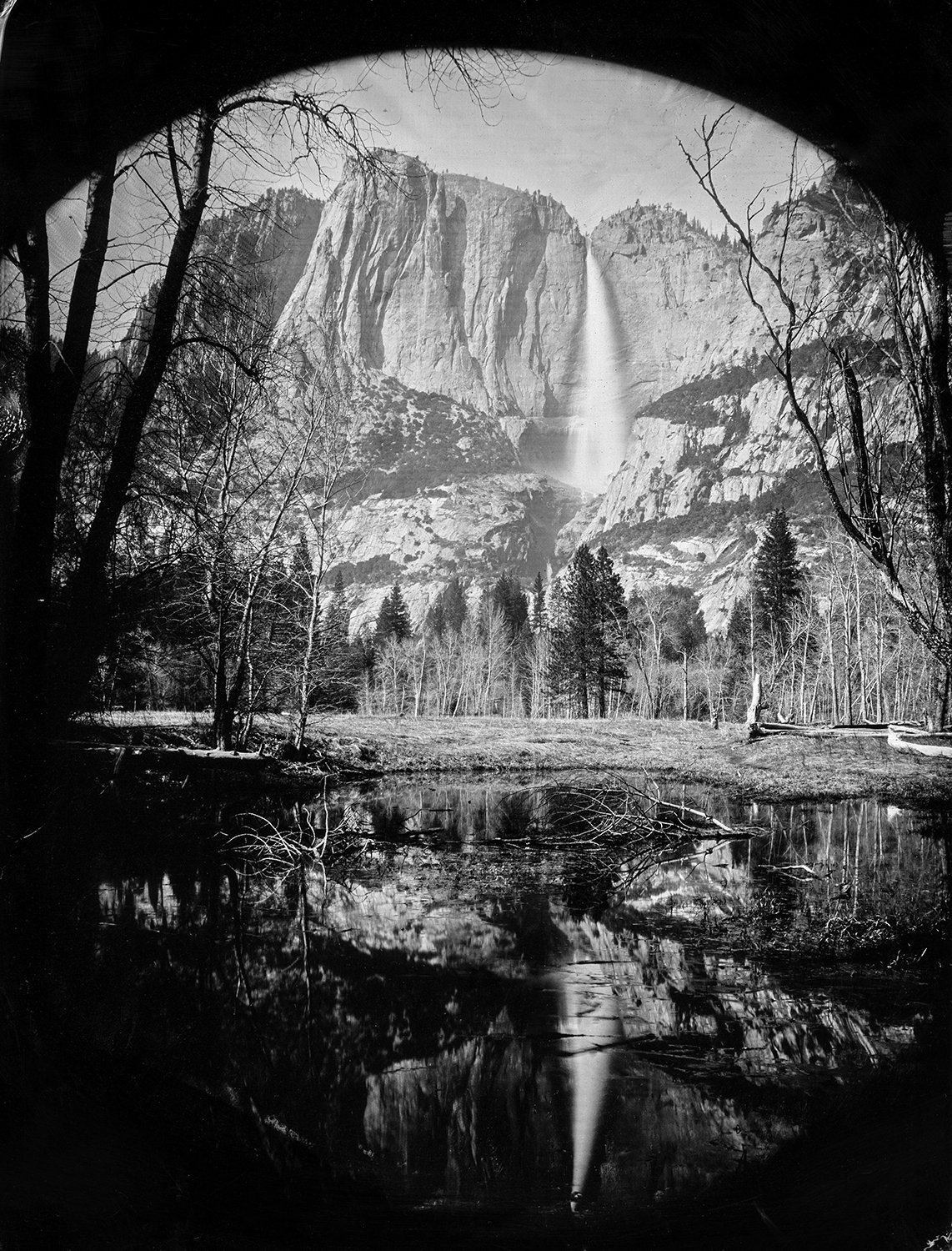
Artist: Allan Barnes | Location: San Jose, California
Links: Website | Instagram
Allan Barnes has been a photographer for four decades. He teaches workshops in the historic photographic processes at Western Cooperative and the Los Angeles Center of Photography. He is an important artist in the wet plate community and he supports other artists on their creative journeys. He specializes in portraits and his work with his muses is legendary. He has stepped into the landscape world. His use of contrast and light are unique to him and his body of work. He is a teacher, but at heart he is an artist, it is in his DNA and it shows in his work.
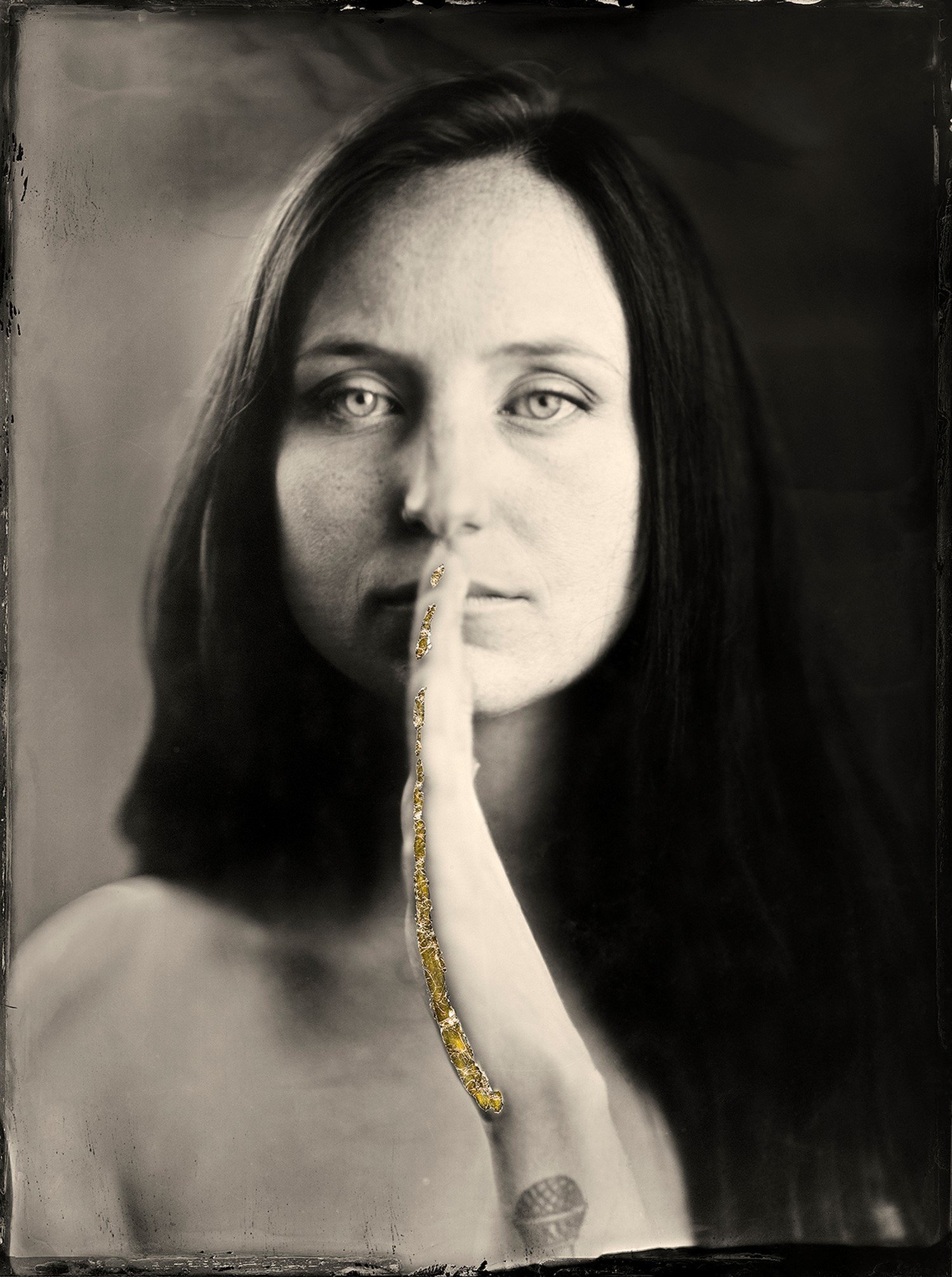
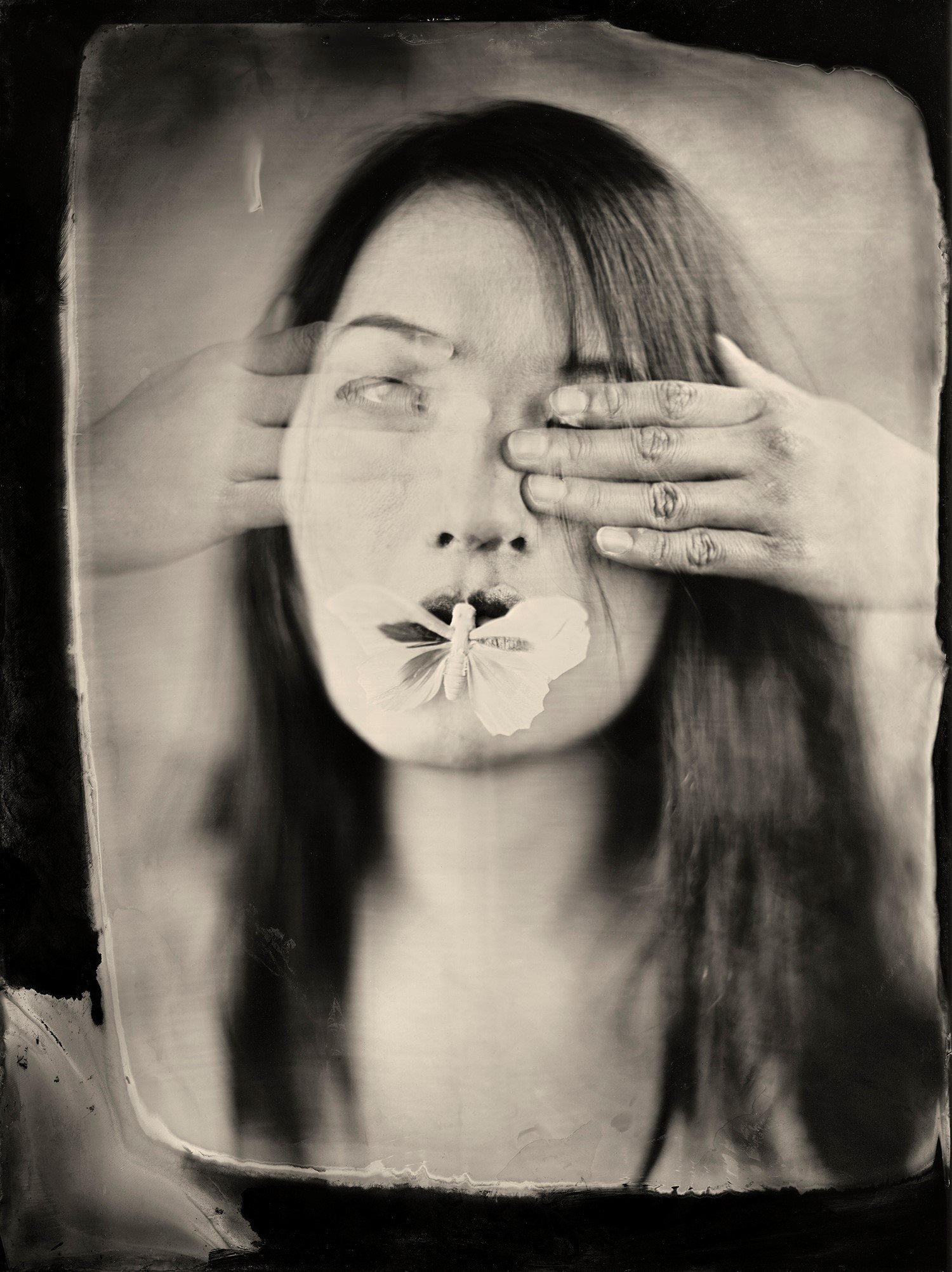
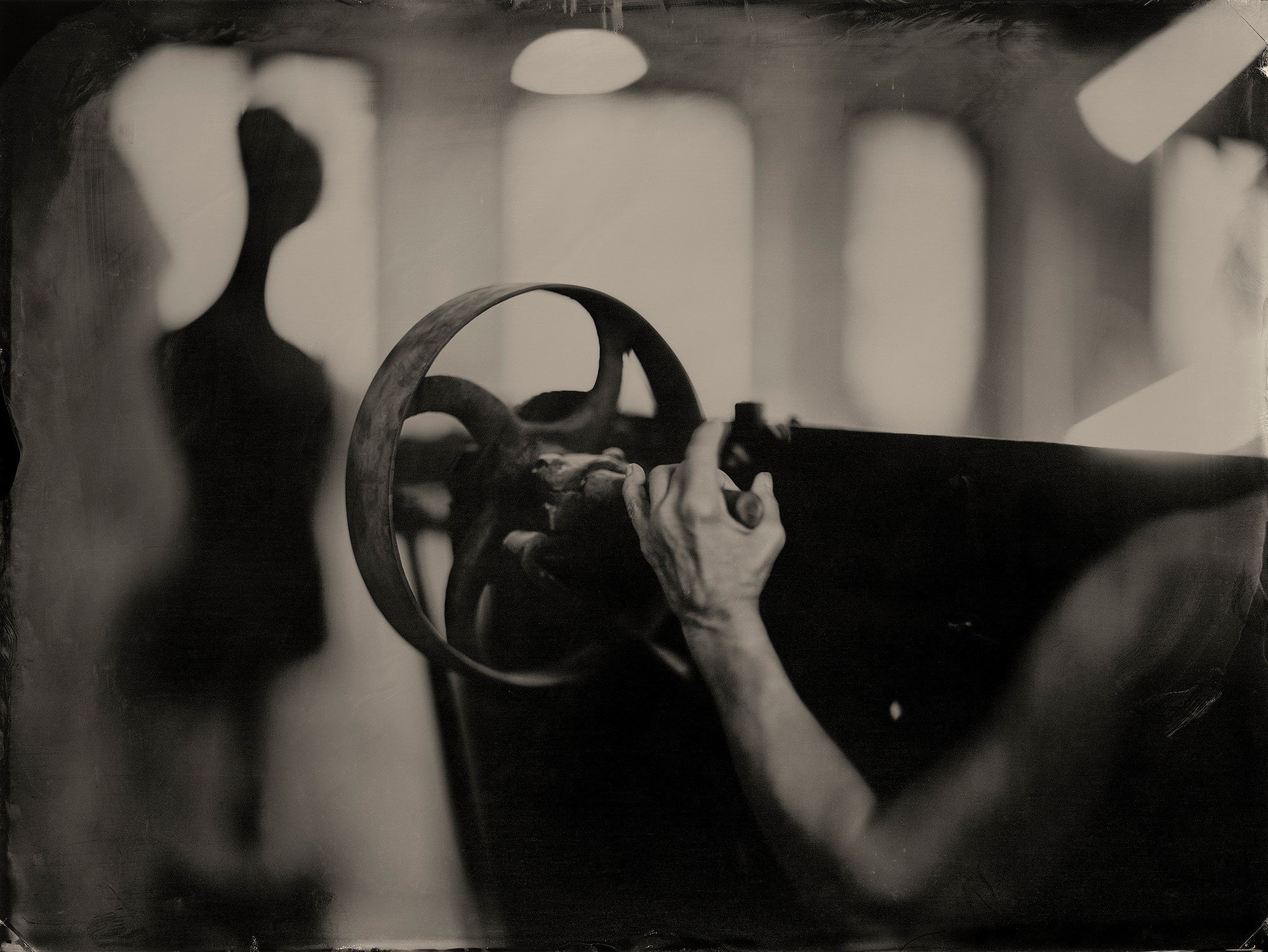
Artist: Ana Tornel | Location: Madrid, Spain
Links: Website | Instagram
Ana Tornel has lived in Paris for over 30 years. She recently moved back to Madrid, her place of birth. She considers herself a graphic artist, using photography. She received her photography degree in Paris at Centre Iris. In 2012 she discovered the wet collodion process and was mesmerized by the esthetics. Since then, she has been working with this process and learning other alternative photographic techniques. Presently she is involved in a book comprised of original gold leafed Kallitype prints. Her works have been published and showcased in the United States, Argentina, France, Germany, The Netherlands, Spain, Hungry, Rumania, among others.
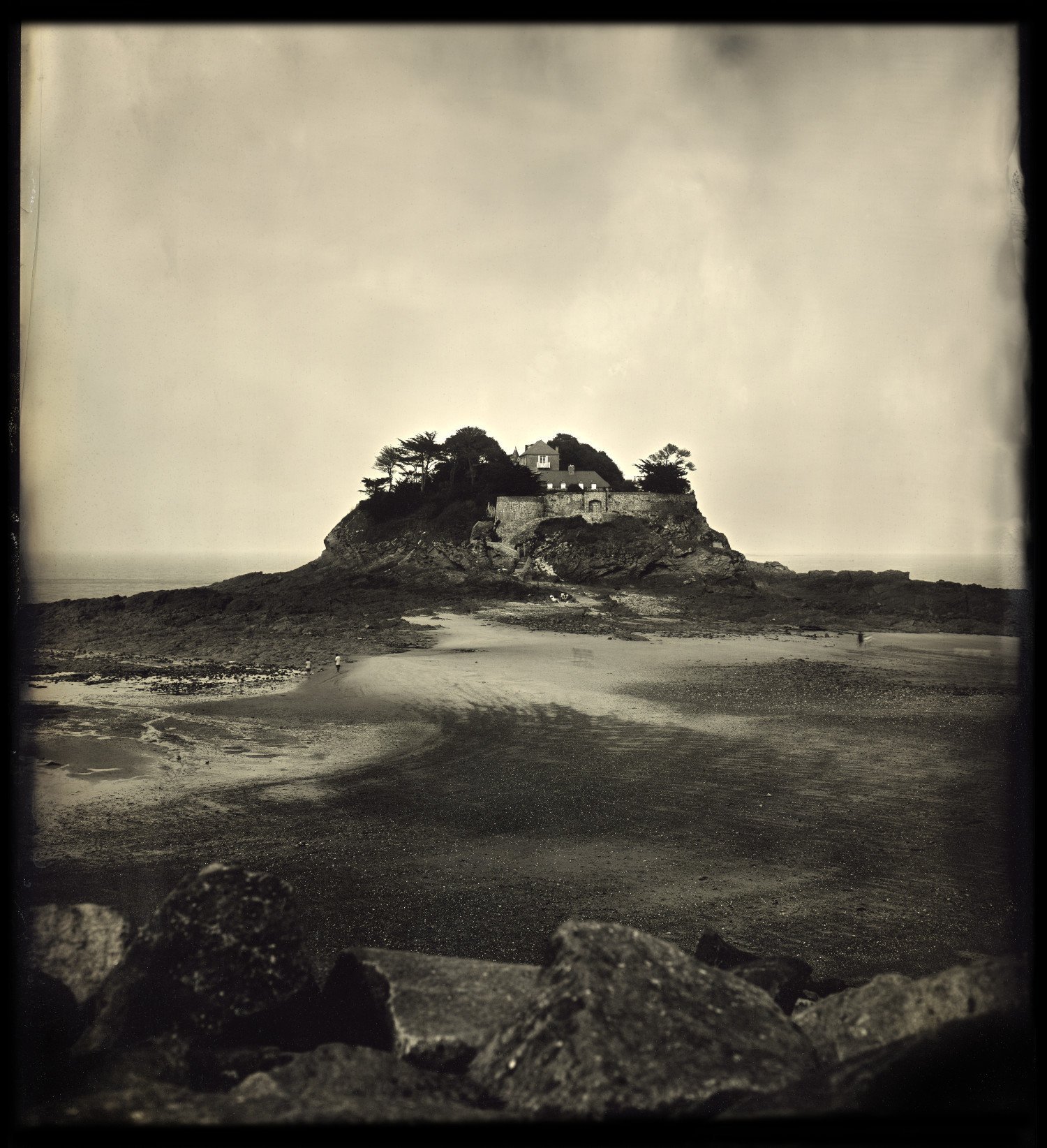
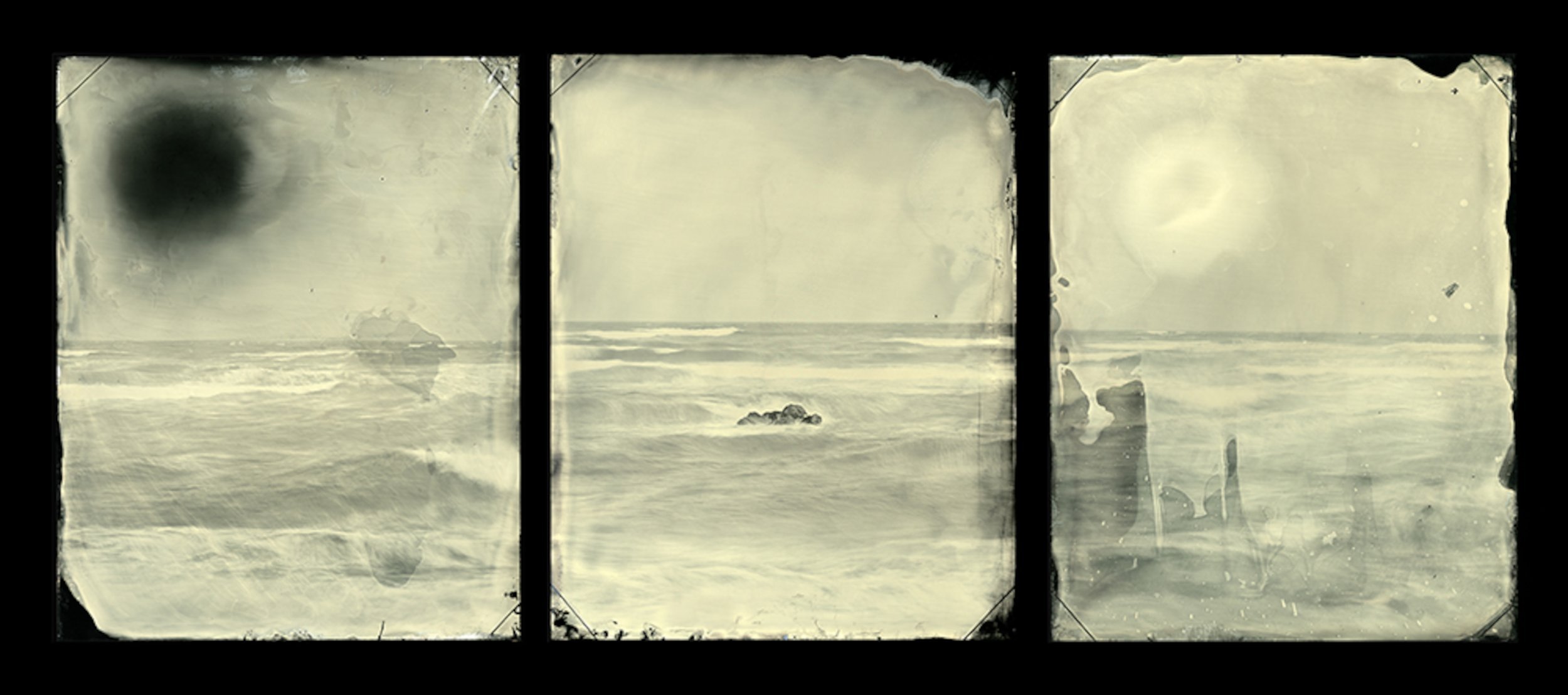

Artist: Anabelle Schattens | Location: Brussels, Belgium
Links: Website | Instagram
Anabelle Schattens is a French-Belgium photographer based in Brussels, Belgium. Born in Venezuela - in a 70’s Ford Cortina car, in the middle of traffic. She has been a photographer for more than 25 years. Her generation has lived through the decline of analog and seen the rise of digital photography. For her it is about finding the process that inspires you for the specific subject. She specializes in landscape photography and the wet plate collodion process lends itself nicely to her visual pursuits. “I learn to let go, sit down and simply watch the landscape. In a way, photography robs us of our memory. The final image is driving us away from the original impressions and experiences.”
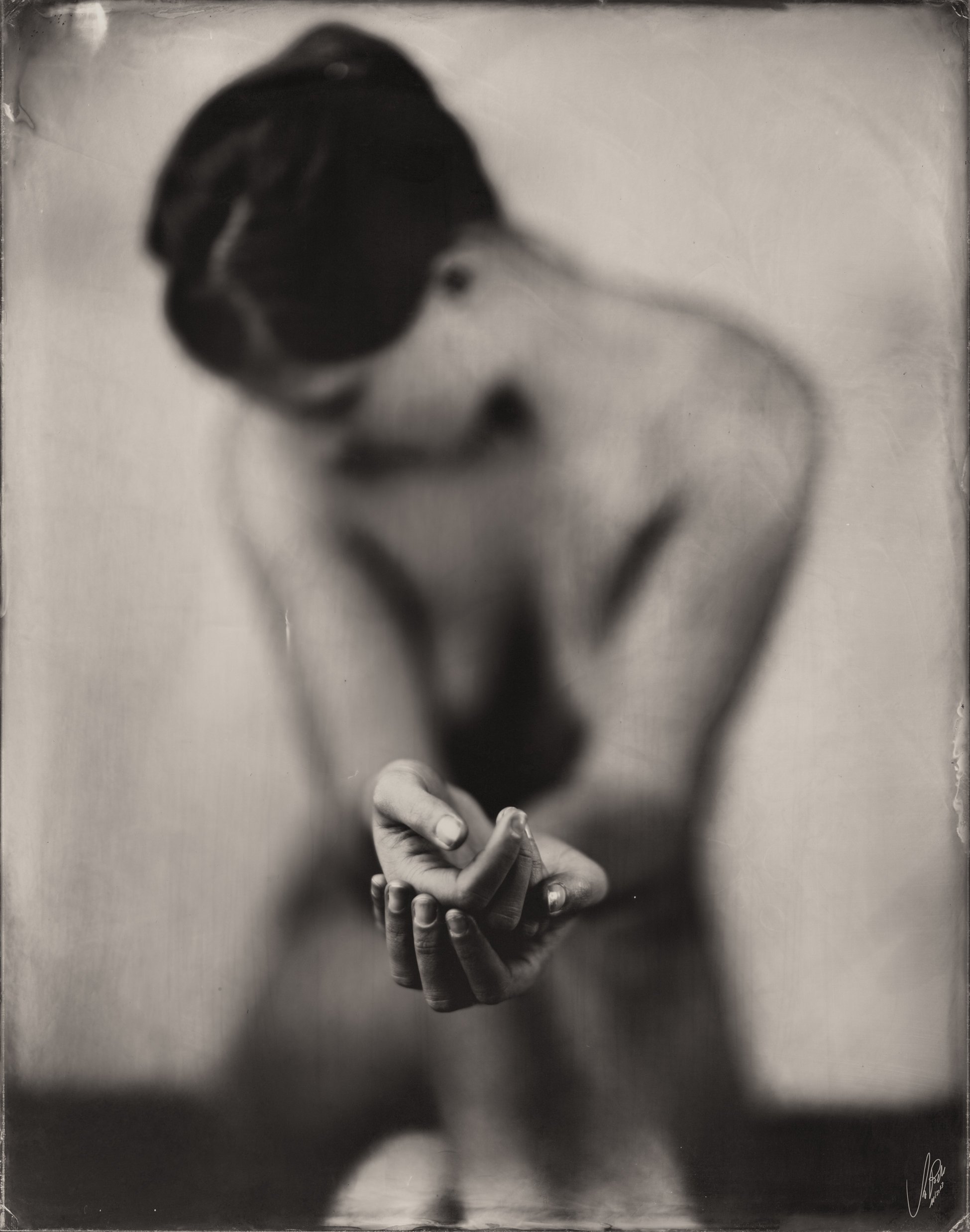
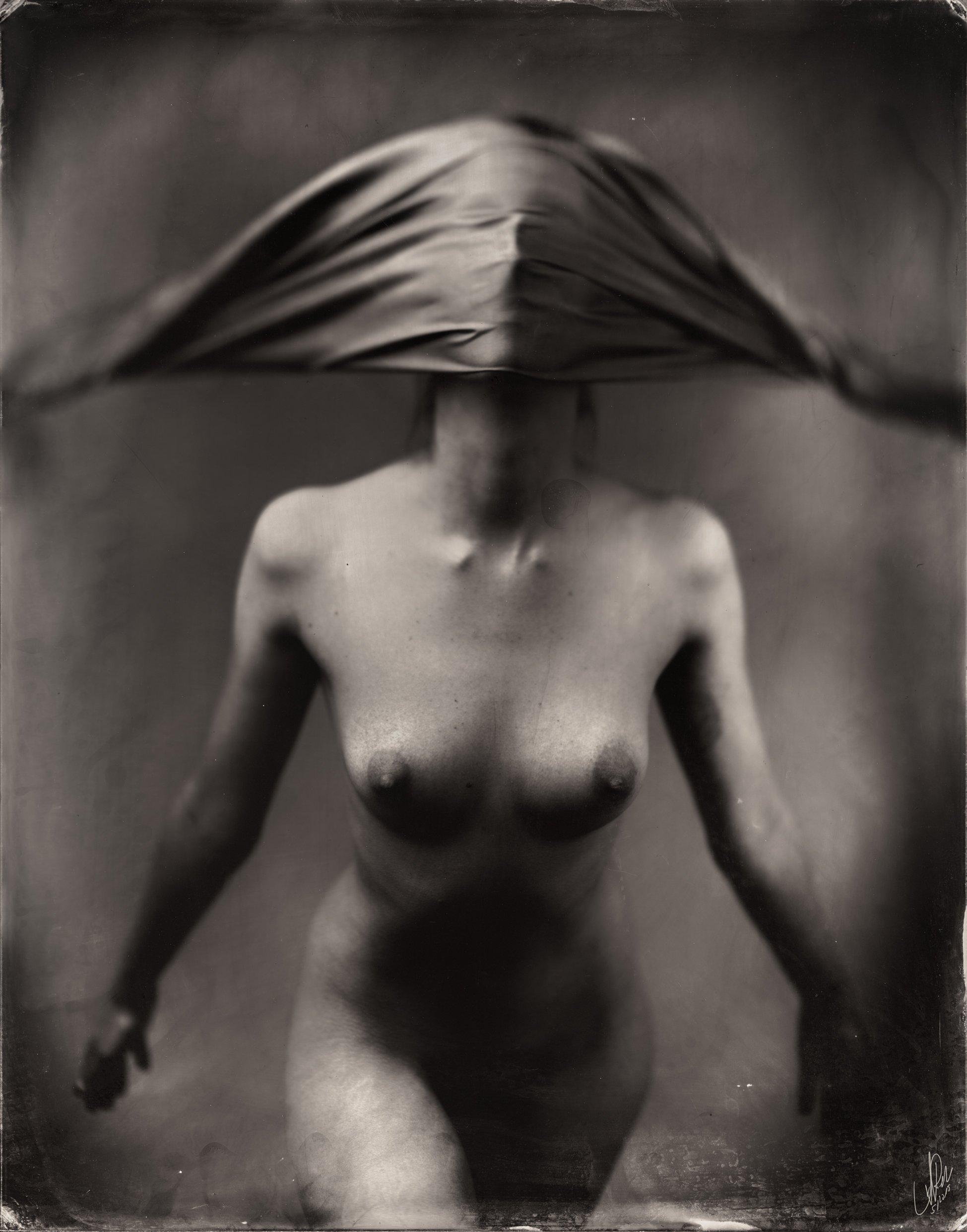
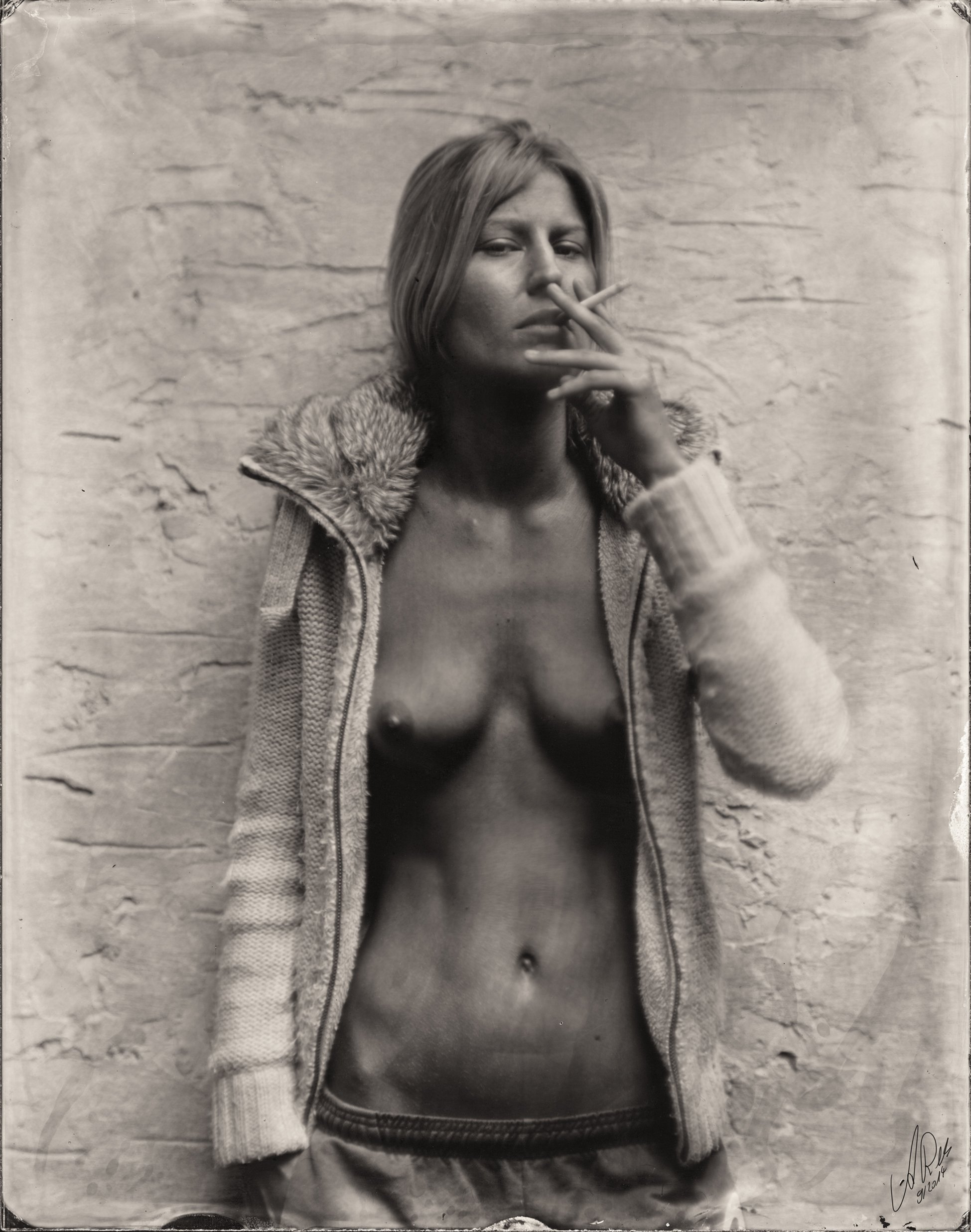
Artist: Andreas Reh | Location: Giessen, Germany
Links: Website | Instagram
Self-taught photographer Andreas Reh, born in 1965 in Giessen (Germany), devotes himself to artistic photography alongside his work as a technician at the University of Giessen. For him, the wet plate collodion process is the logical return to the origins of photography. It slows down the creation of the photograph and forces him to work with concentration and intent. His work is soft, sensitive and distinctly his own. Artefacts arise randomly, the images are imperfect, unpredictable, unrepeatable and unique with a highly personal characteristic. It is hard to see his work without being moved.
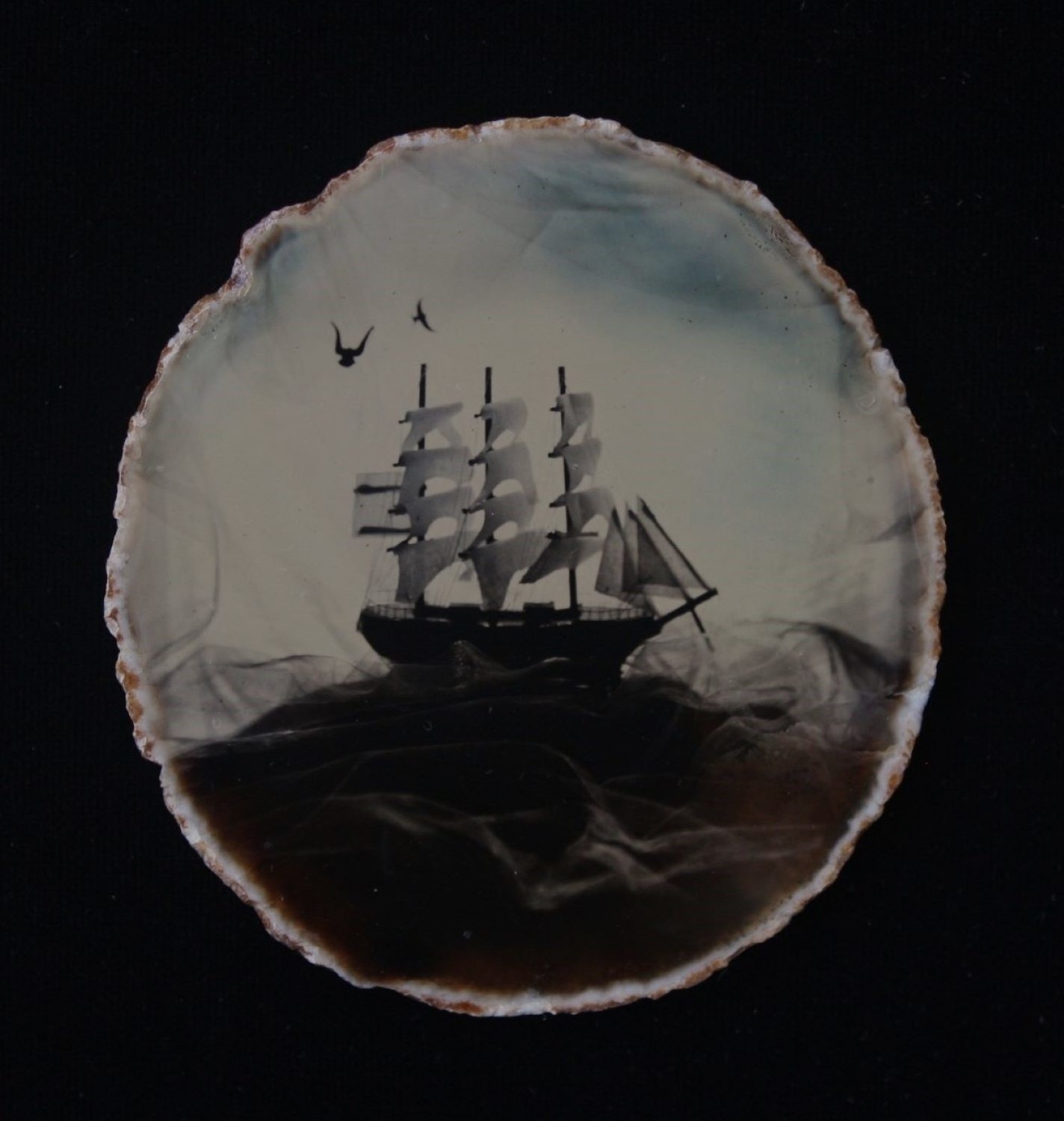
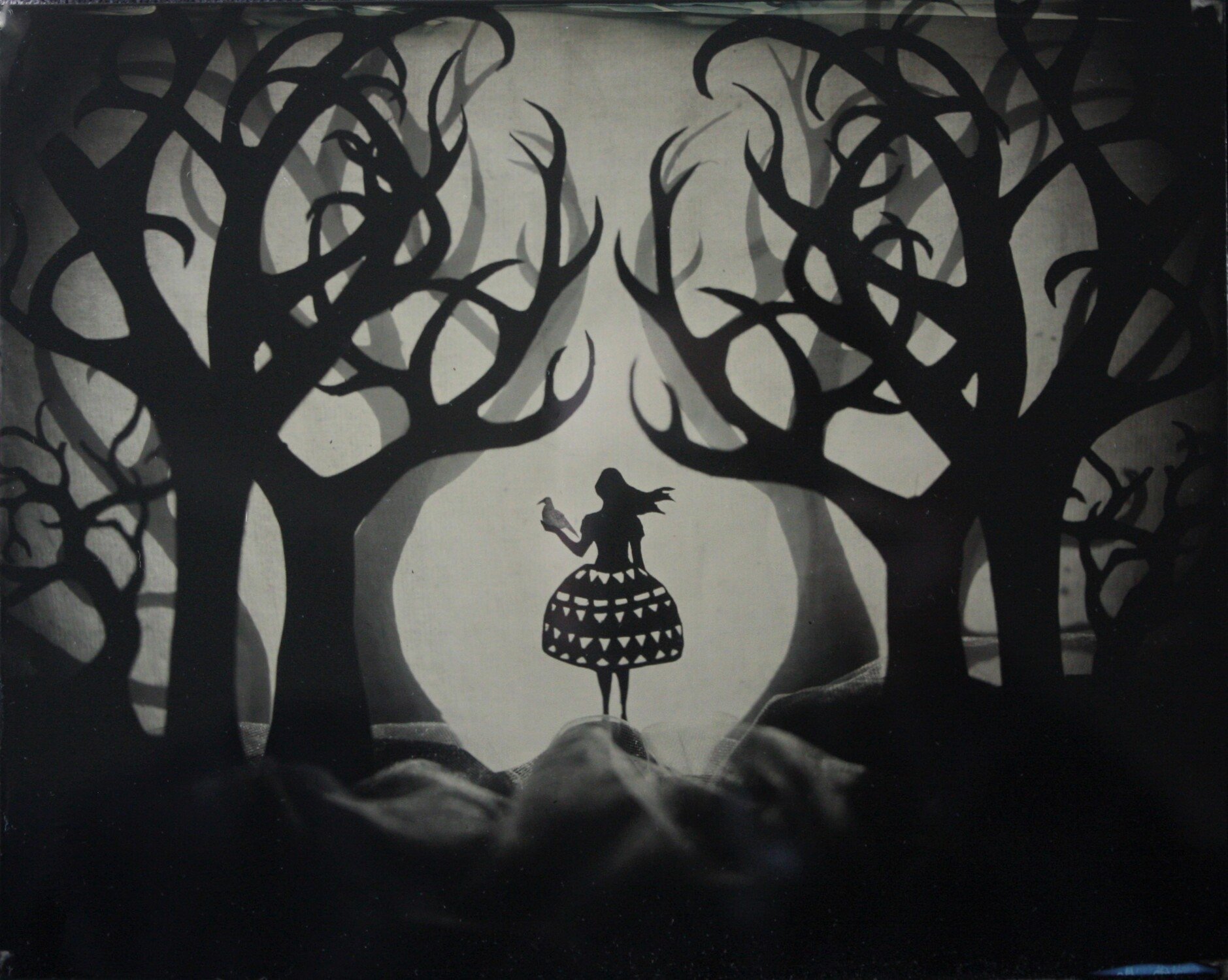
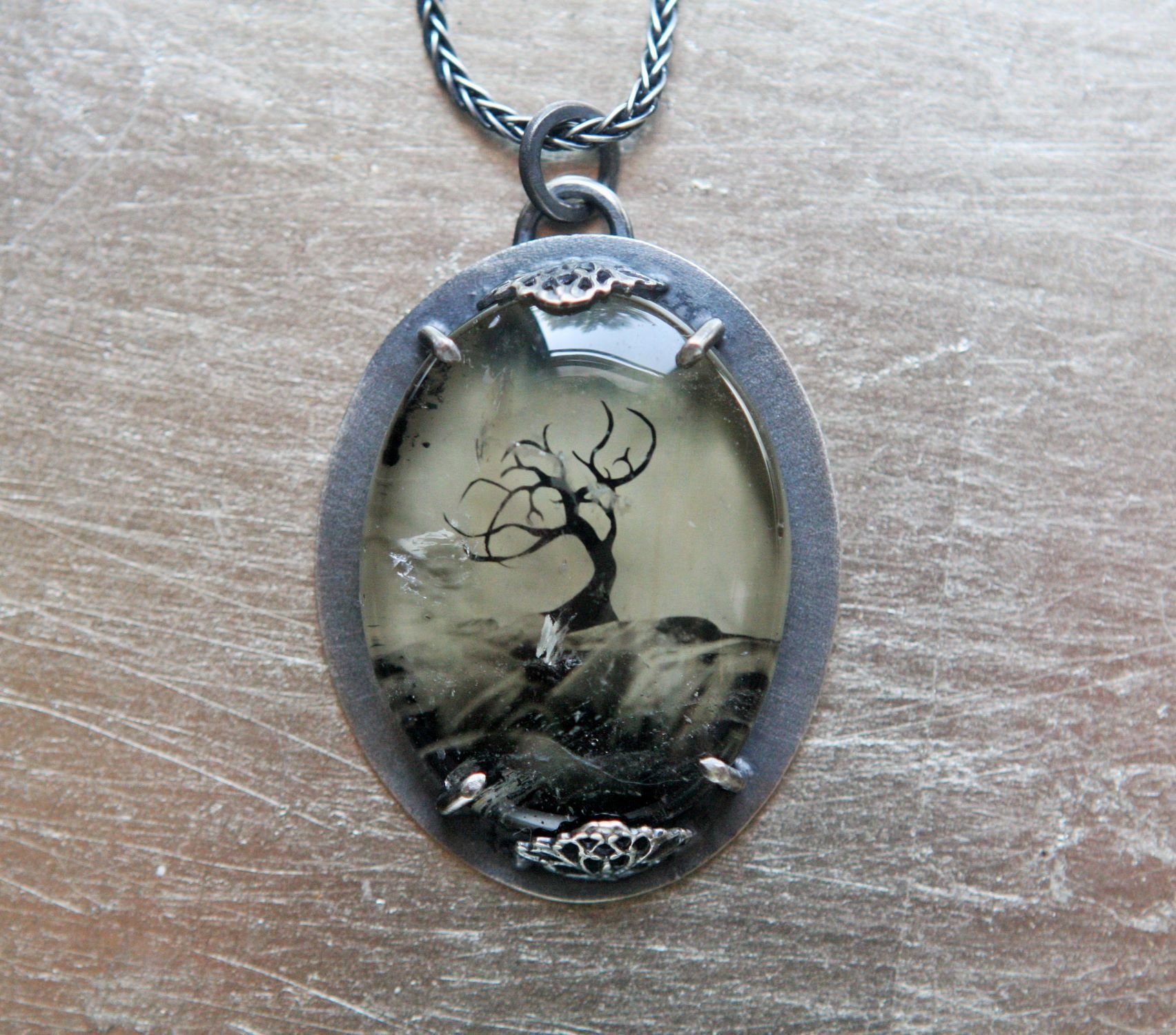
Artist: Angie Brockey | Location: Oklahoma, USA
Links: Website | Instagram
Angie Brockey from Oklahoma is an award winning, fine art photographer who combines several disciplines to create alternative, photo-based pieces of art. Angie’s work has been included in many juried and curated photography shows as well as publications, and her enchanted pieces are collected around the world. Her photography journey started with an introduction to the wet plate collodion process by her husband, Justin Brockey. She found her wings with this antique process, and right away her collodion image jewelry became highly sought after. Angie, many times, creates her own dioramas to capture using her Victorian era Voigtlander and Dallmeyer lenses. She has been recognized for devising a way to utilize the collodion process on precious stone. To see one of her jewelry pieces in person is a visual experience like no other.
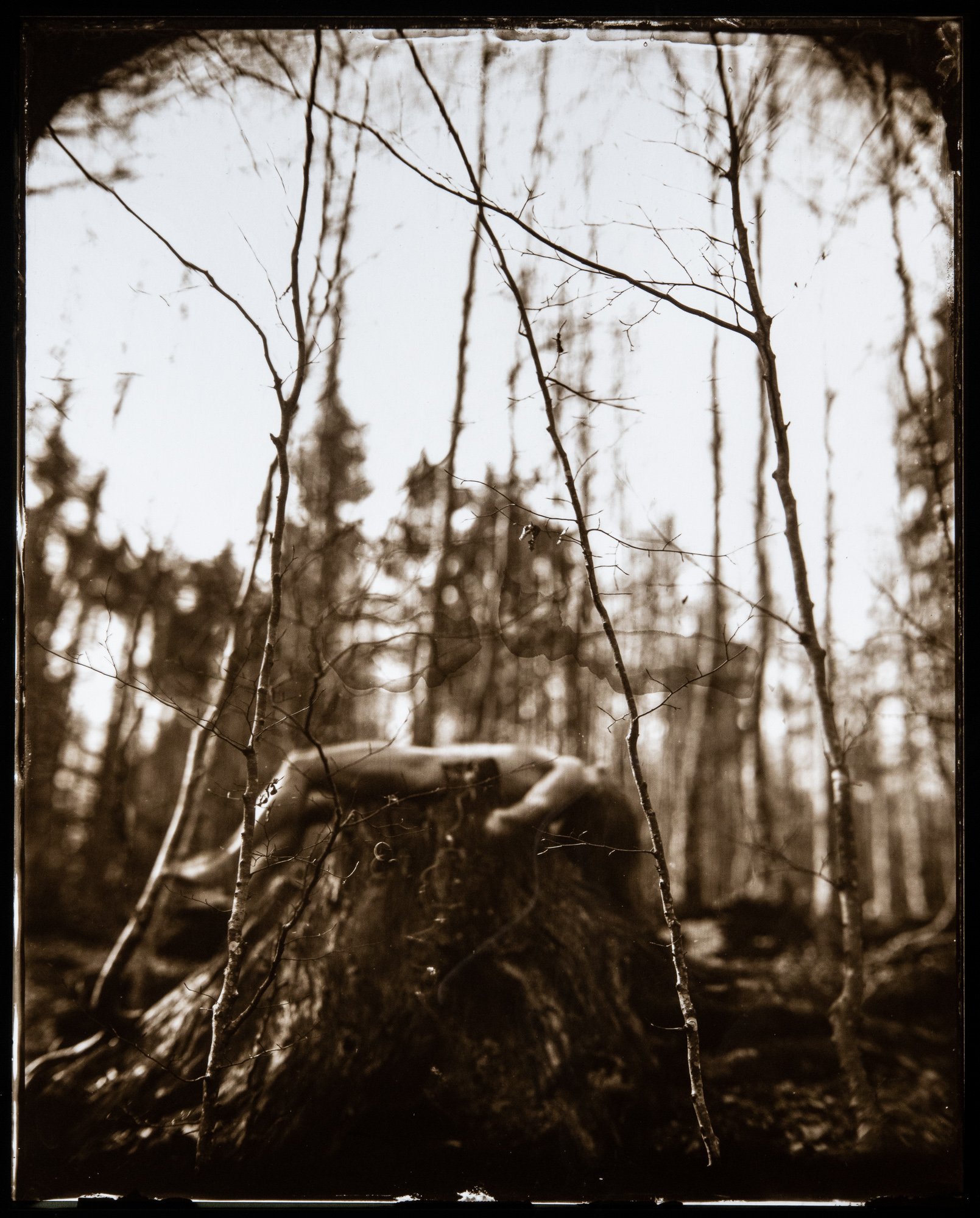
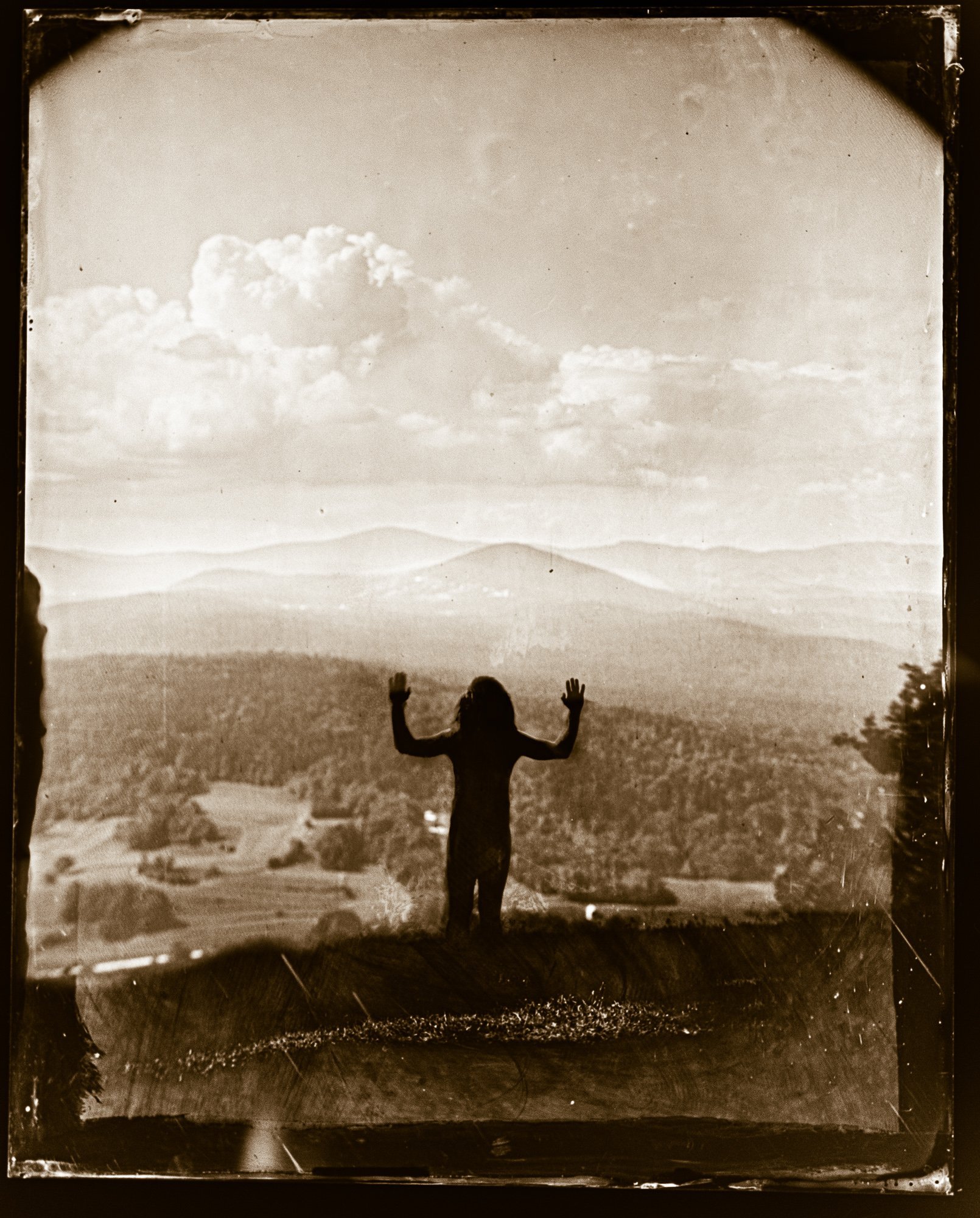
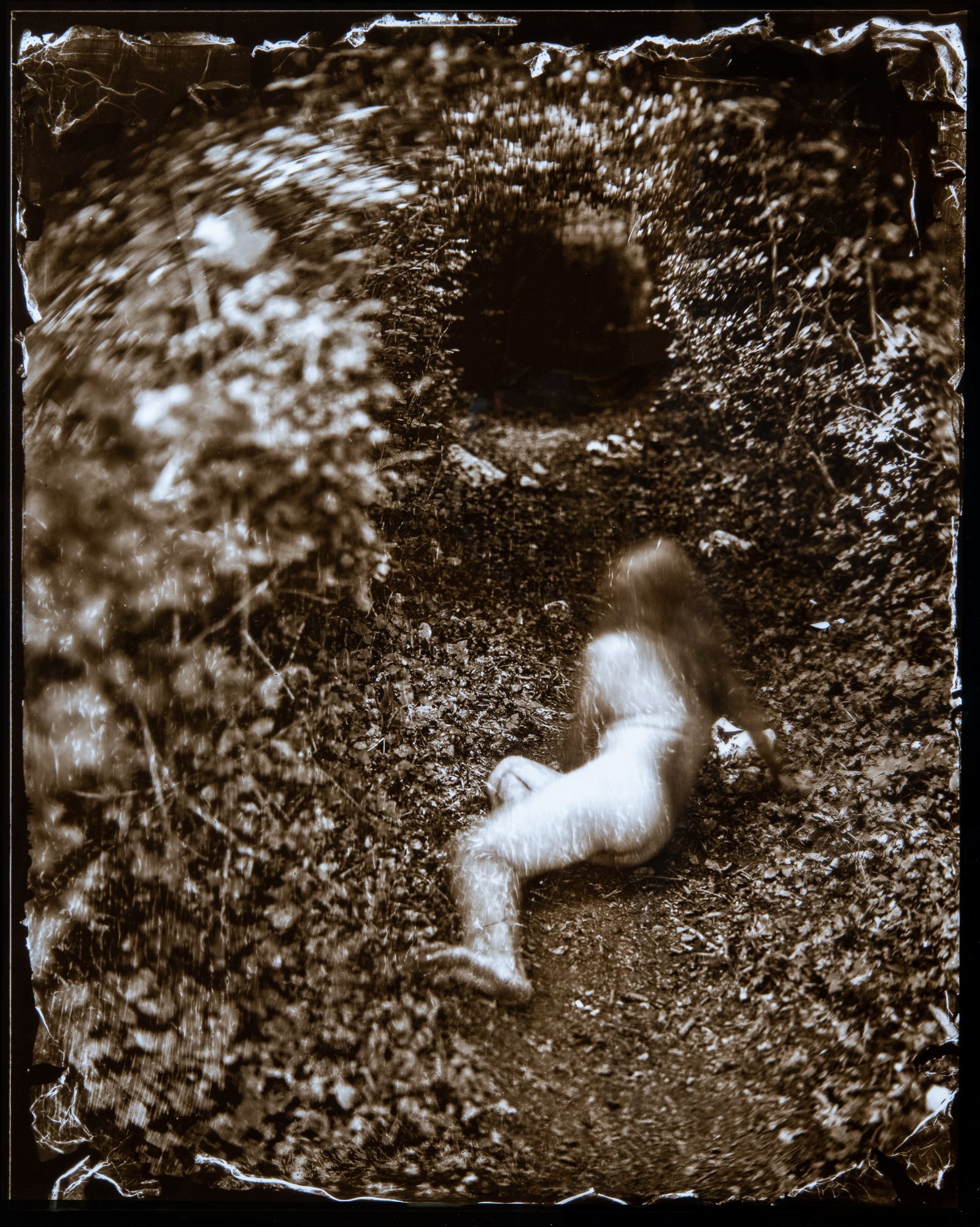
Artist: Borut Peterlin | Location: Slovenia
Links: Website | Instagram
Borut Peterlin creates in Slovenia and has devoted his entire life to photography. He graduated from Prague’s FAMU Academy with a BA in photography (1994-98) and earned a Postgraduate Diploma at The London College of Printing (2002-03). Over the past decade his emphasis has been on the wet plate collodion process. His specialty is clear glass negatives for print making. He embraces the ‘Antiquarian Avant- Guard’ art movement. He has built a substantial social network and his YouTube channel is very popular with anyone who appreciates the visual arts. He makes his living by holding workshops, selling his prints and books. A dream come true for any artist. His work has been exhibited the world over and anyone who has held one of his original carbon prints knows how special they truly are.
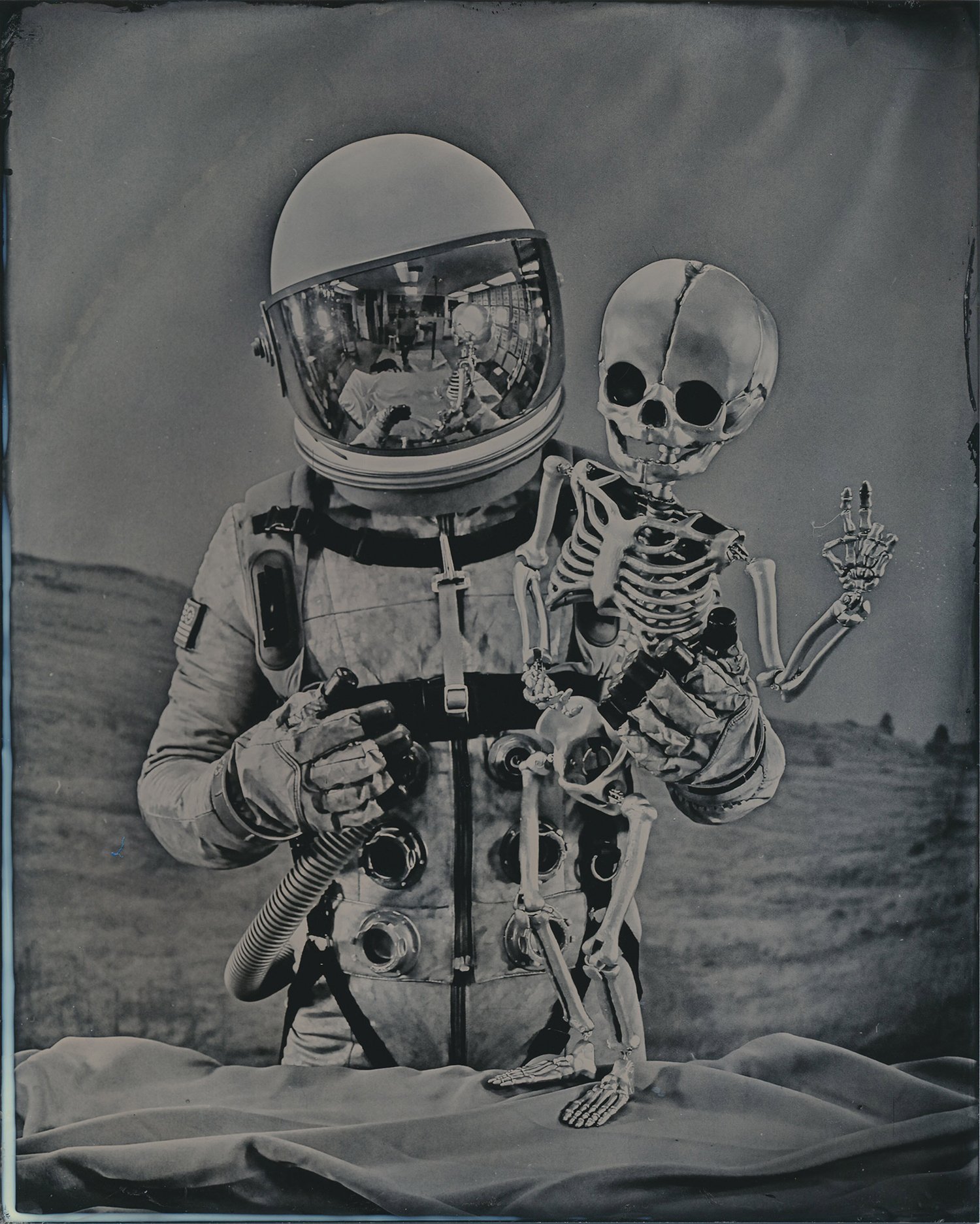
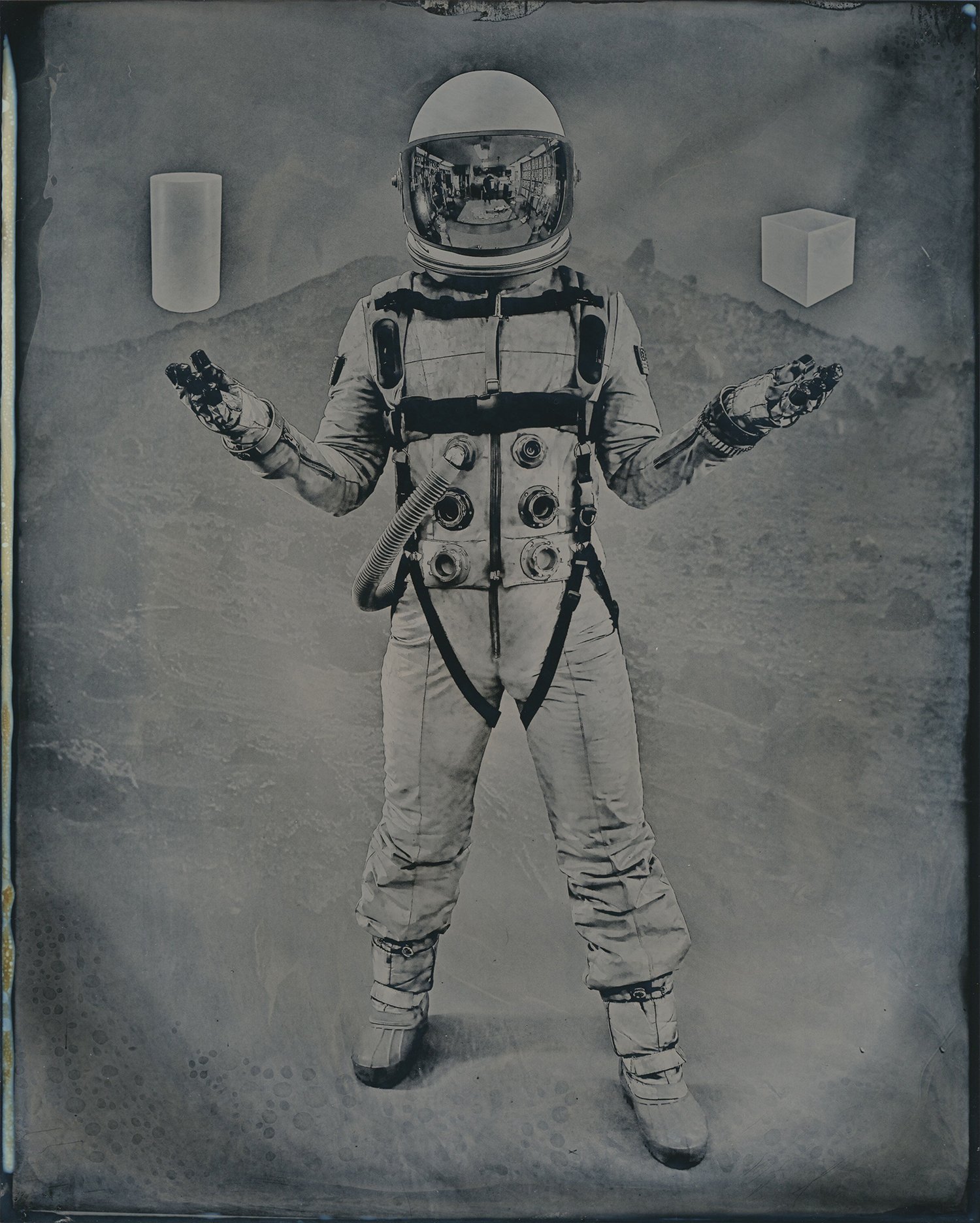
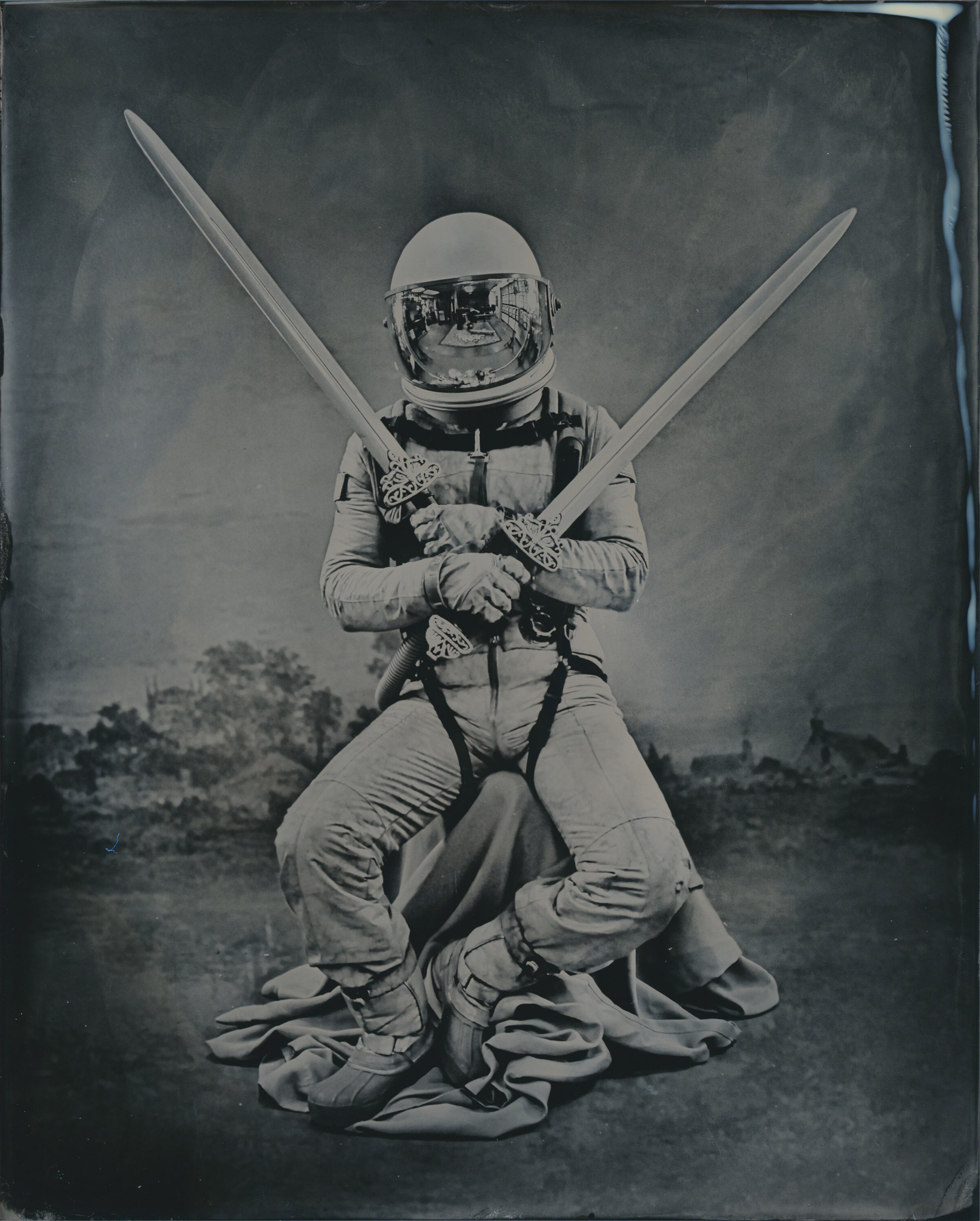
Artist: Brian Deemy | Location: Washington, USA
Links: Website | Instagram
Brian Deemy is a Washington based photographer specializing in Wet Plate Collodion Photography. Brian creates scenes influenced by Art History, Science, Religion, and Mythology. Deemy's images feature a variety of characters and subjects, using custom made costumes and props he builds himself. His work involves the marriage of modern digital and the historic process. This allows him the opportunity to work outside of the camera and take his viewer to another world entirely.

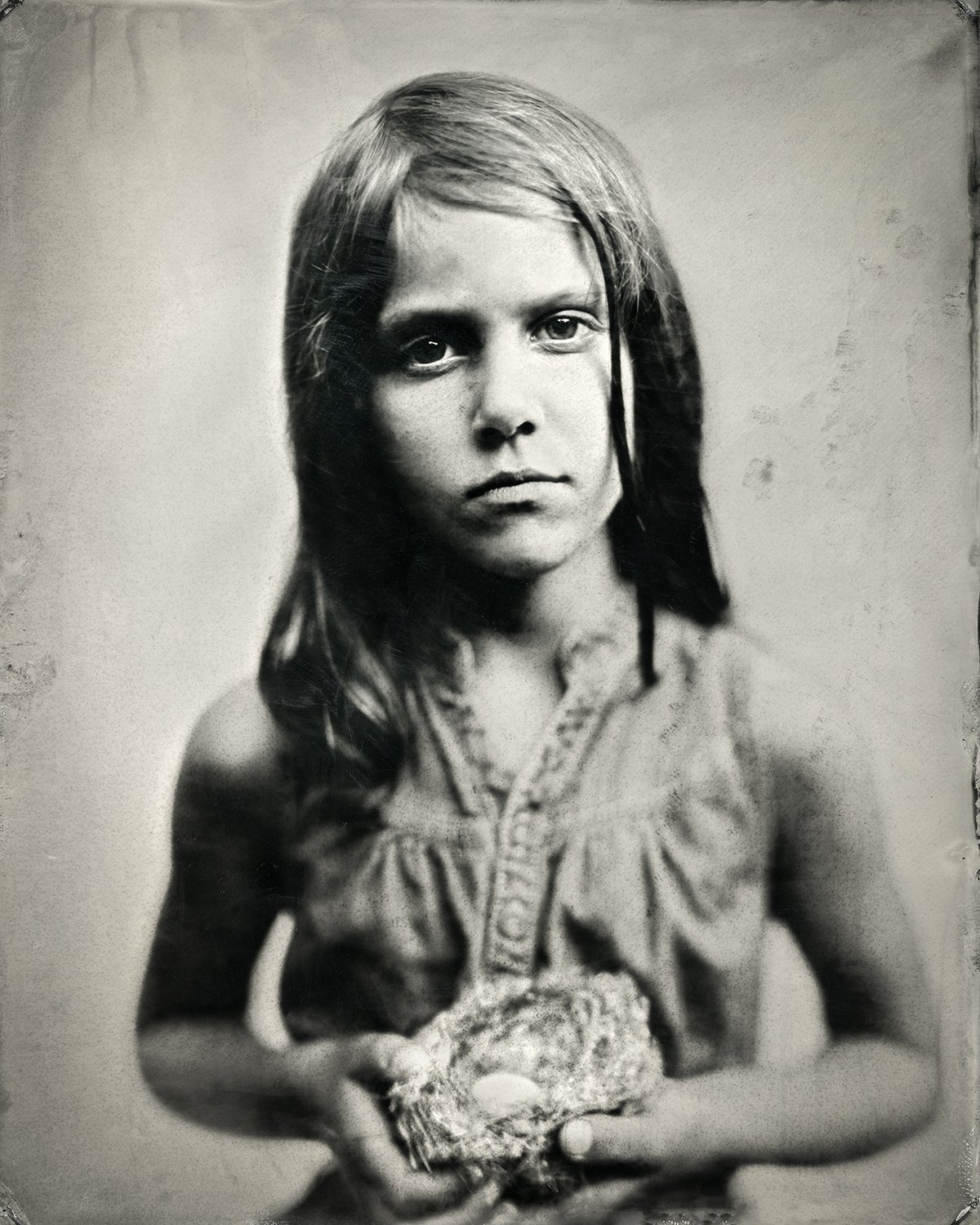
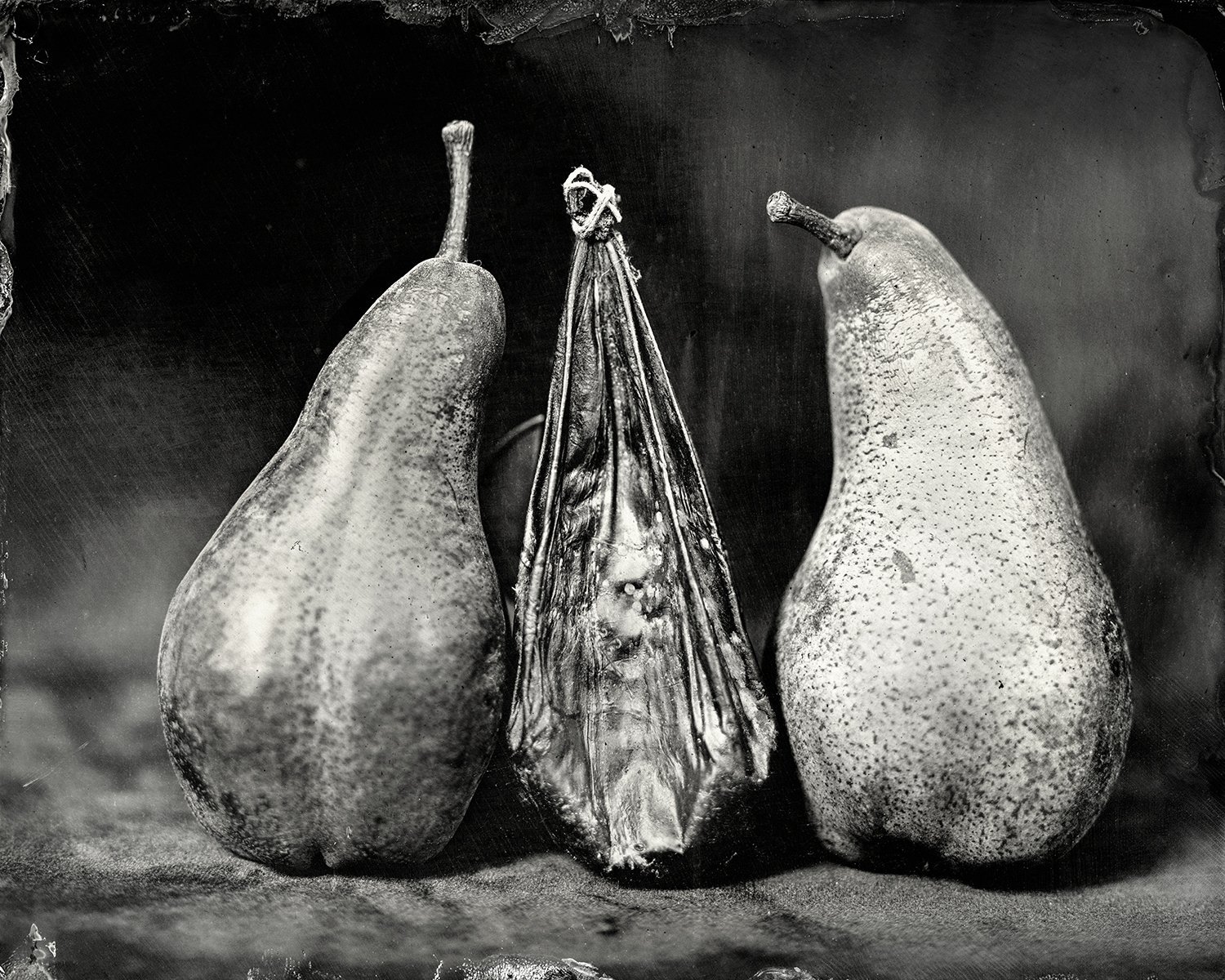
Artist: Christine Fitzgerald | Location: Ottawa, Canada
Links: Website | Instagram
Christine Fitzgerald is a photo-based artist from Ottawa, Canada. She sees photography as a medium for creating unique physical objects. Christine holds degrees from Acadia and Dalhousie University and studied at the School of the Photographic Arts in Ottawa. Her images are produced intuitively, often using large format cameras and antique lenses, exploring historical image capture and photographic printing processes. She has a very strong voice in the wet plate process. It stems from her own unique female perspective. In 2017 she won the coveted Julia Margaret Cameron category award. She is someone to keep your eye on.
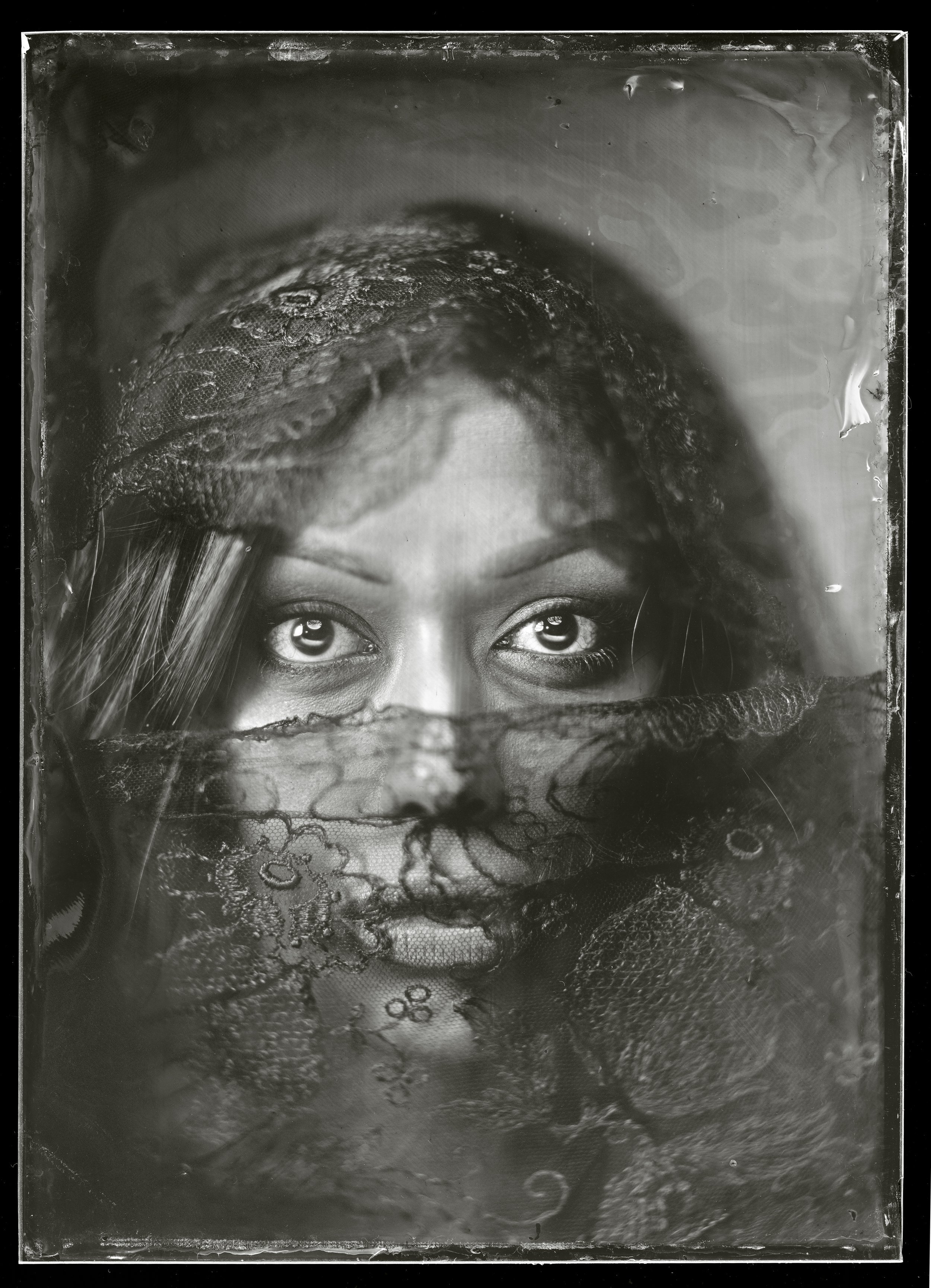
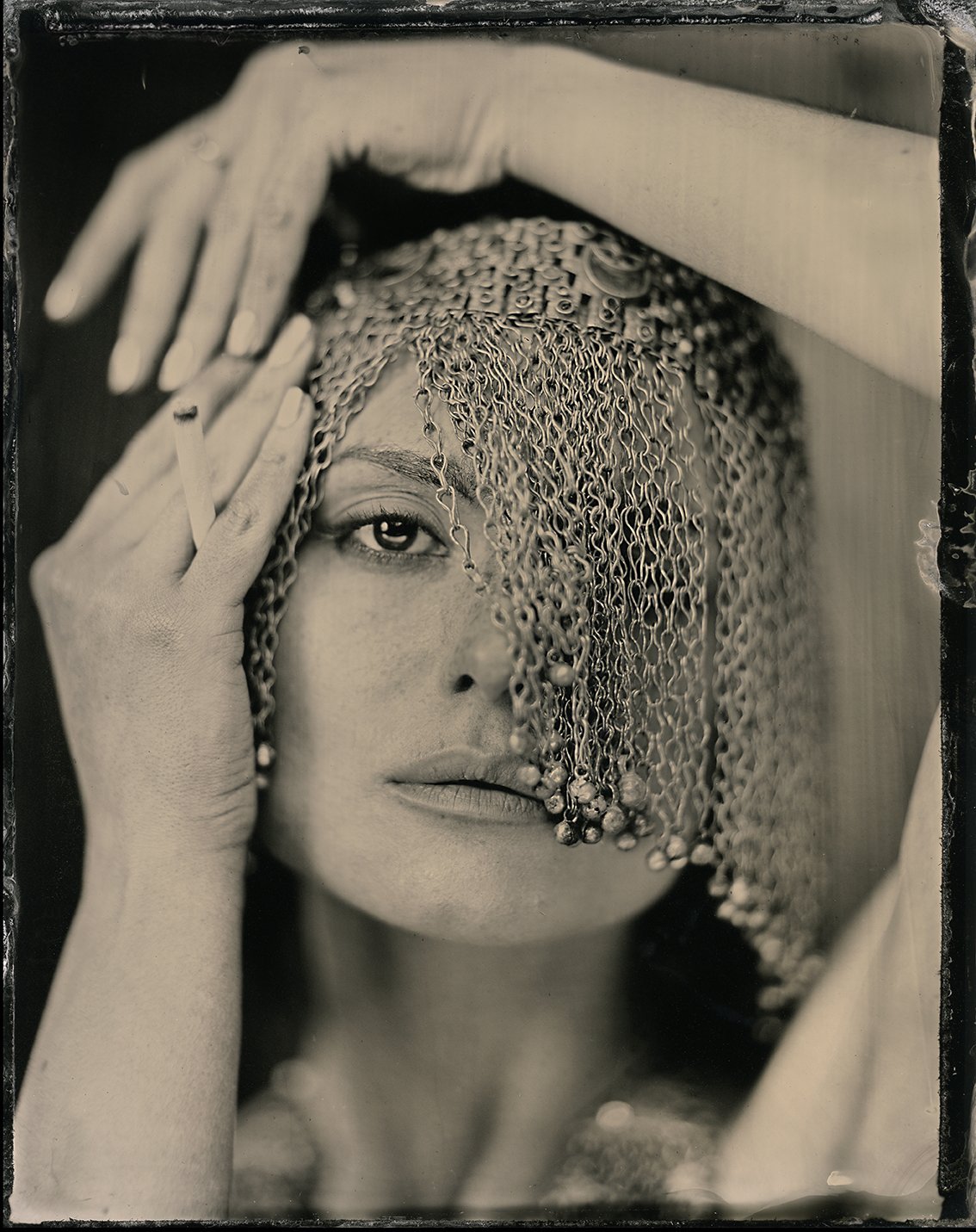

Artist: Dave Shrimpton | Location: United Kingdom
Links: Website | Instagram
Dave Shrimpton is based in the United Kingdom. He is using vintage methods from the dawn of photography to create his projects including portraiture, nude art and still nature. His works evoke dreams, classic literature tales and pure experiments. By embracing the wet plate collodion process his work become dynamic, unique and exciting. David has a documentary about his work called “Capturing The Magic” which gives us a personal window into his creative life.

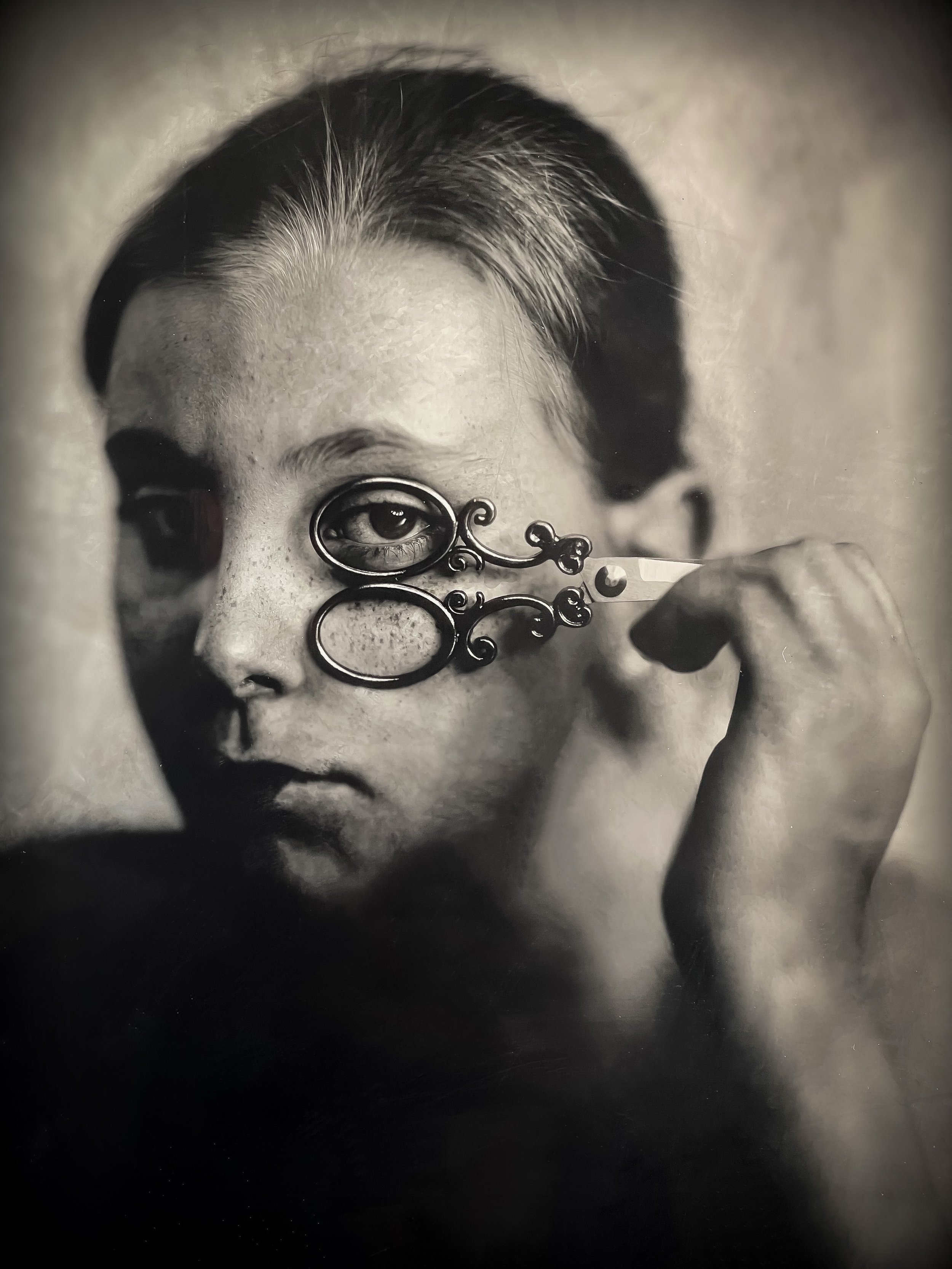
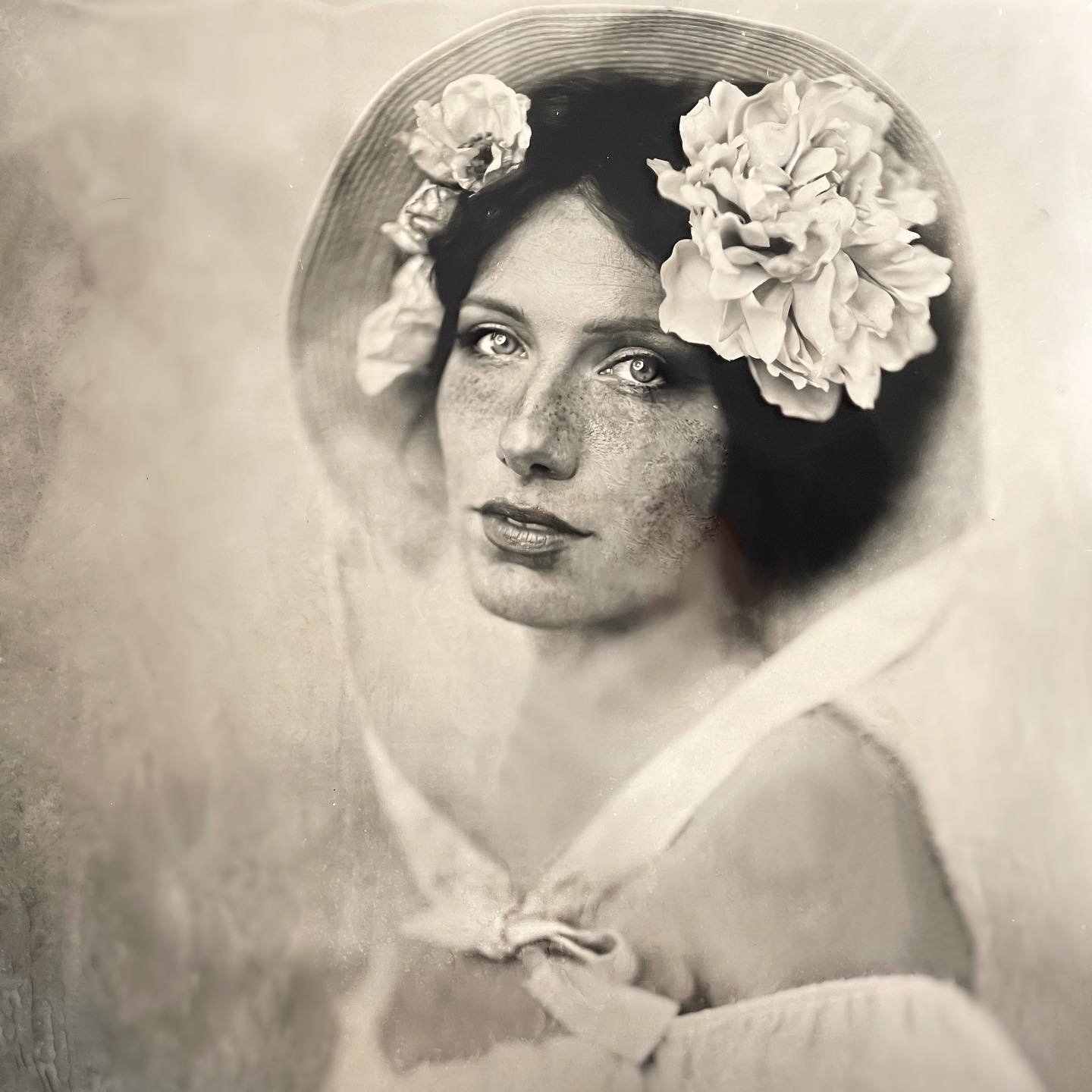
Artist: Dennis Ziliotto | Location: Italy
Links: Website | Instagram
Dennis Ziliotto from Bottega Fotografica in Italy is a photographic enigma. He has been working in wet plate for ten years and his body of work is visually significant. There is a whimsy, playfulness and beauty that is undeniable. It is as if he has a brush of silver that he applies to the plate. He specializes in portrait photography and holds workshops to teach others this historic process. The word “Beauty” resonates with every silver on glass image. Who would not want to have their portrait taken by this man? He is an inspiration.
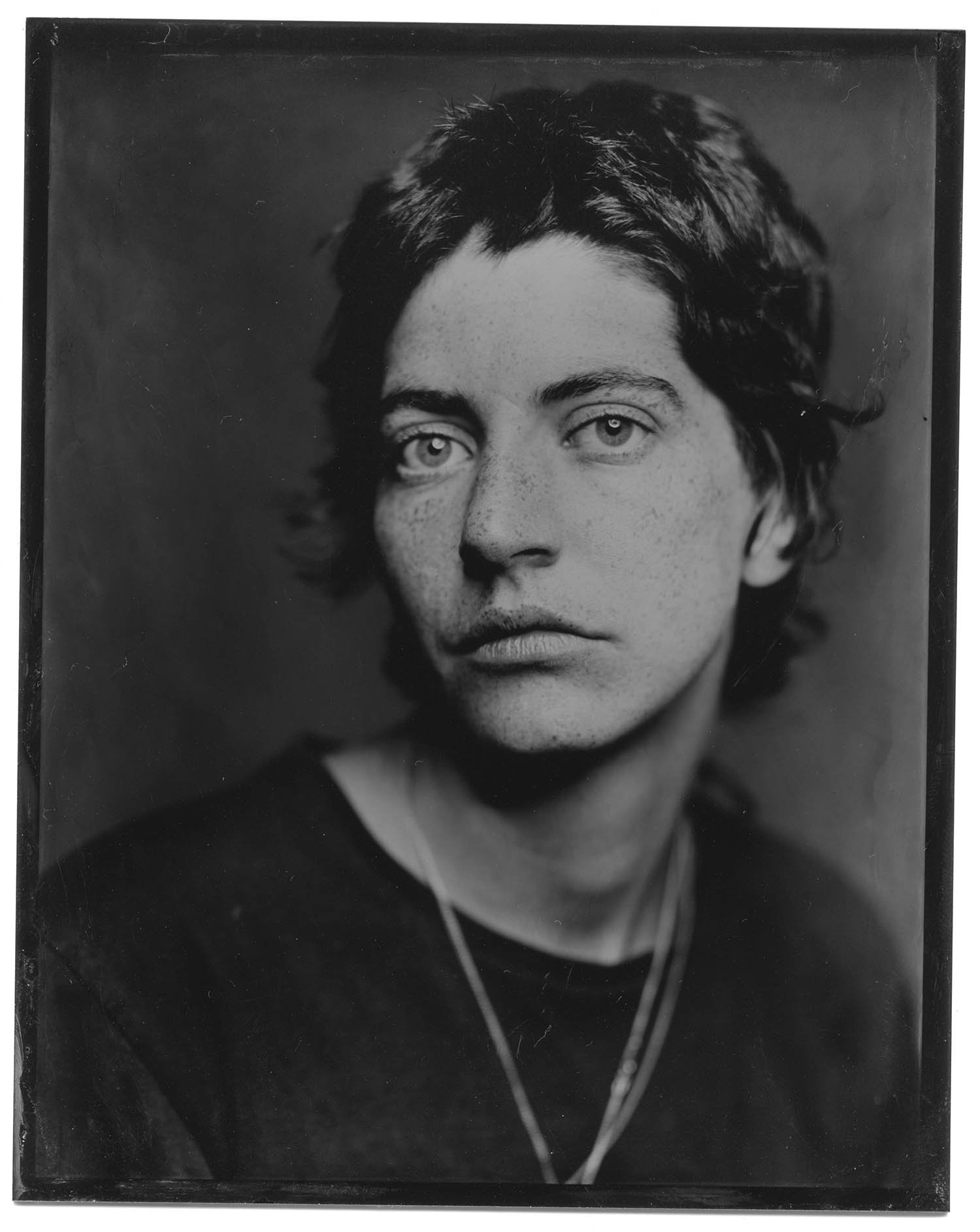
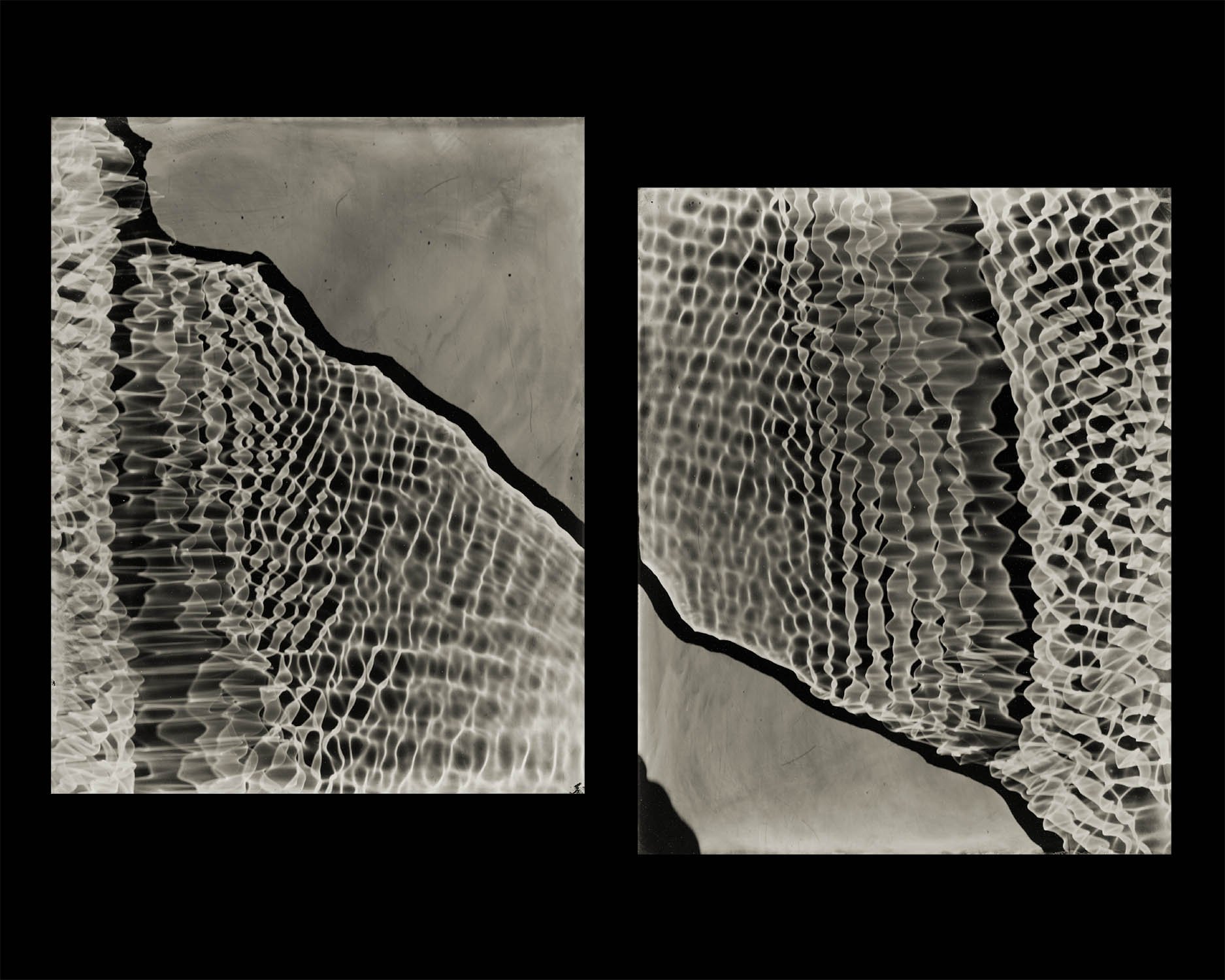

Artist: Geoffrey Berliner | Location: New York City, USA
Links: Website | Instagram
Geoffrey Berliner is co-founder and Executive Director of Penumbra Foundation in New York City. This non-profit organization is an important hub for analog photography in the United States. A native New Yorker who was introduced to photography at an early age. His grandfather graduated from Cooper Union and went on to work for the New York Times as a photographer and photo retoucher. After leaving Harvard Divinity School with a Masters degree in religion. After several years he left academia, the call of photography and especially large format and alternative photographic processes urged greater involvement in these practices. His work and his role in the revival of alternative processes cannot be overstated.



Artist: Ian Ruhter | Location: California, USA
Links: Website | Instagram
Ian Ruhter is from California and is known as the Giant Wet Plate Photographer. His infamous “van camera” allowed him to make plates over 7’ in size. Years later he continues to search and push the envelope of the process. Ian’s latest large-scale project explores new uses of the wet plate collodion photography process. After a decade of experimenting, he saw that each of the physical properties used in the process; glass, light and chemistry, were beautiful in their own right. Working with these elements in combination with their relationship to shadow and space were used to create light sensitive sculptures. This is his introduction into working with multi-dimensional works of art.
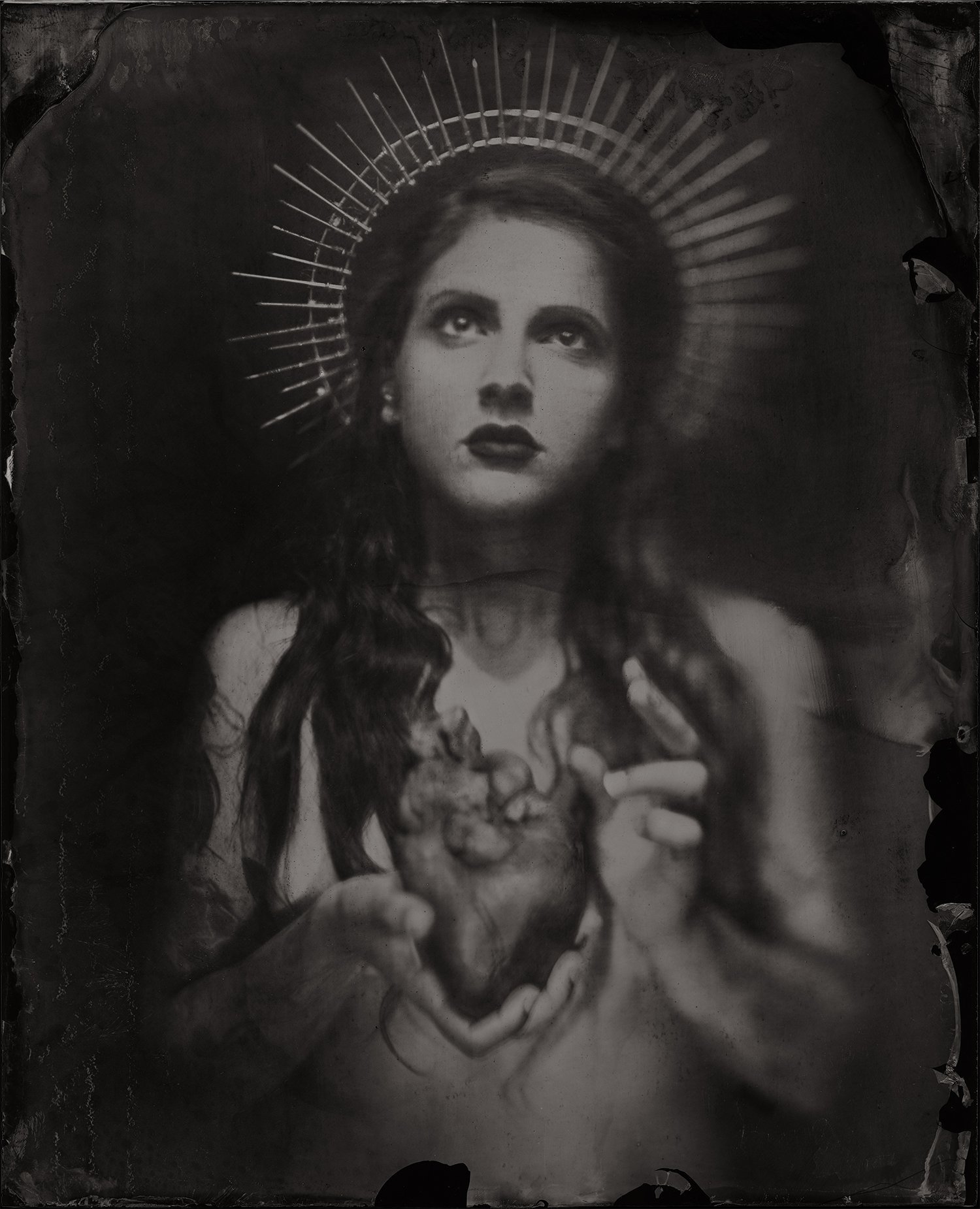
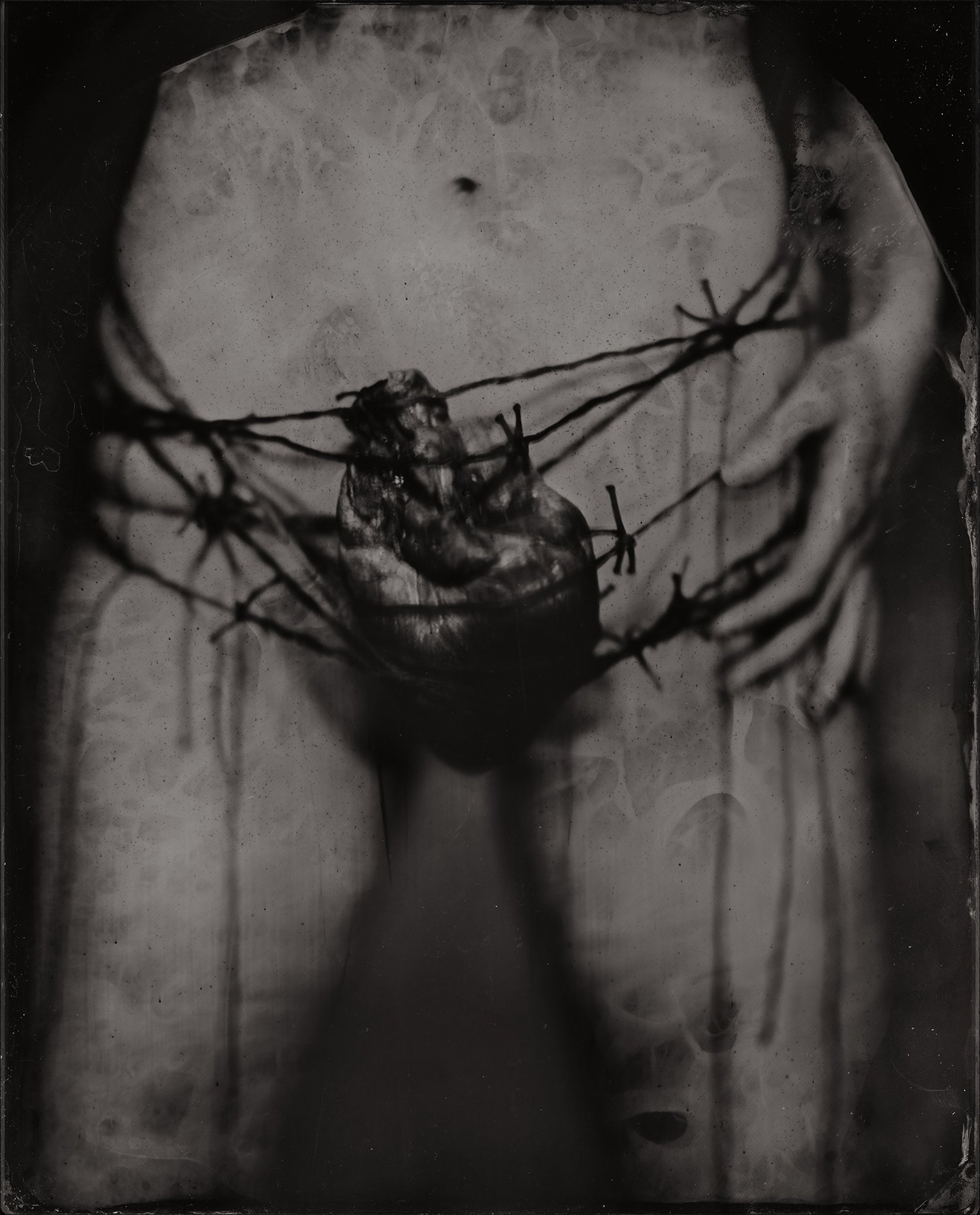
Artist: James Wigger | Location: Queens, New York, USA
Links: Website | Instagram
James Wigger was born in Farmington, Missouri. A self-taught artist/photographer whose work examines the darker sides of the spiritual and emotional aspects of being human. One of the many unique aspects of his work is that he shoots predominantly on plexi-glass. A very unusual substrate for modern wet plate practitioners. The mood that he is able to elicit is macabre and visceral. Some works you want to step into, other works you want to step out of as soon as possible. James lives and works in Queens, New York.
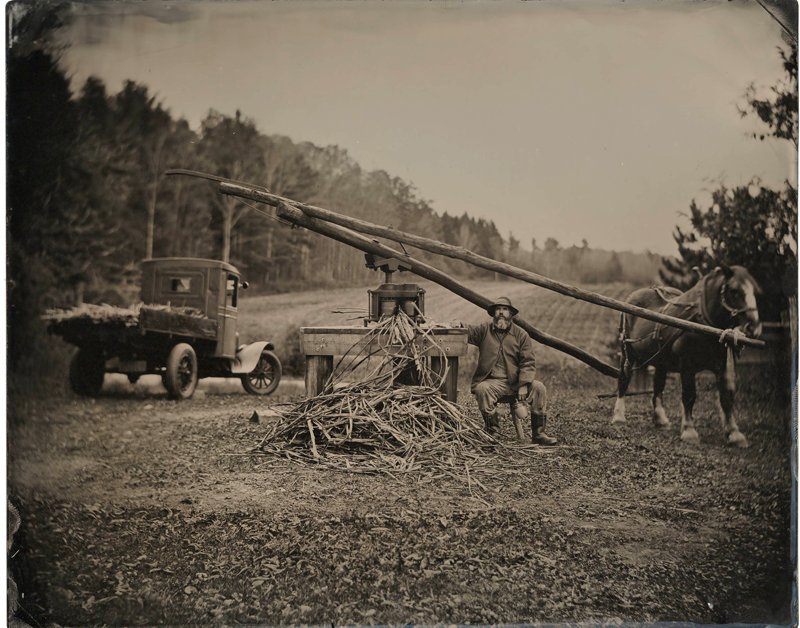


Artist: John Coffer | Location: Nomadic Artist
Links: Website | Facebook
John Coffer has been shooting wet plate photography since the late 1970’s. He discovered some old photographer’s manuals in a museum in Jacksonville, Oregon after traveling nearly 3000 miles across the country pulled by his horse, Brownie. His farm is lovingly known as Camp Tintype has become the epicenter of wet plate photography for the world. Every summer people from all over the world make a pilgrimage to his yearly Jamboree. He is a teacher and mentor to many aspiring ambrotypists and tintypists. Personally for me, it was his handwritten wet plate manual that allowed me to teach myself the process. He is a legend.
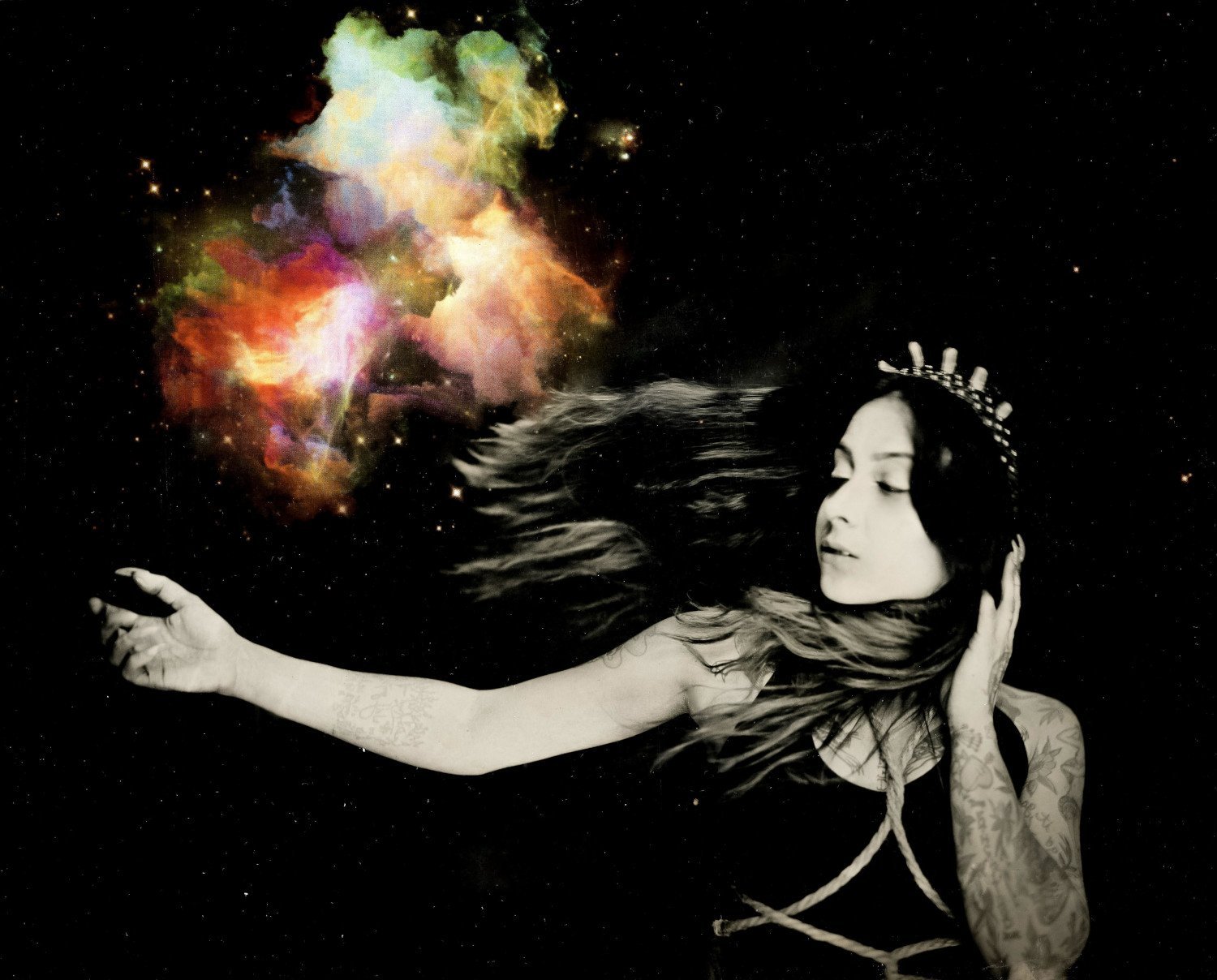
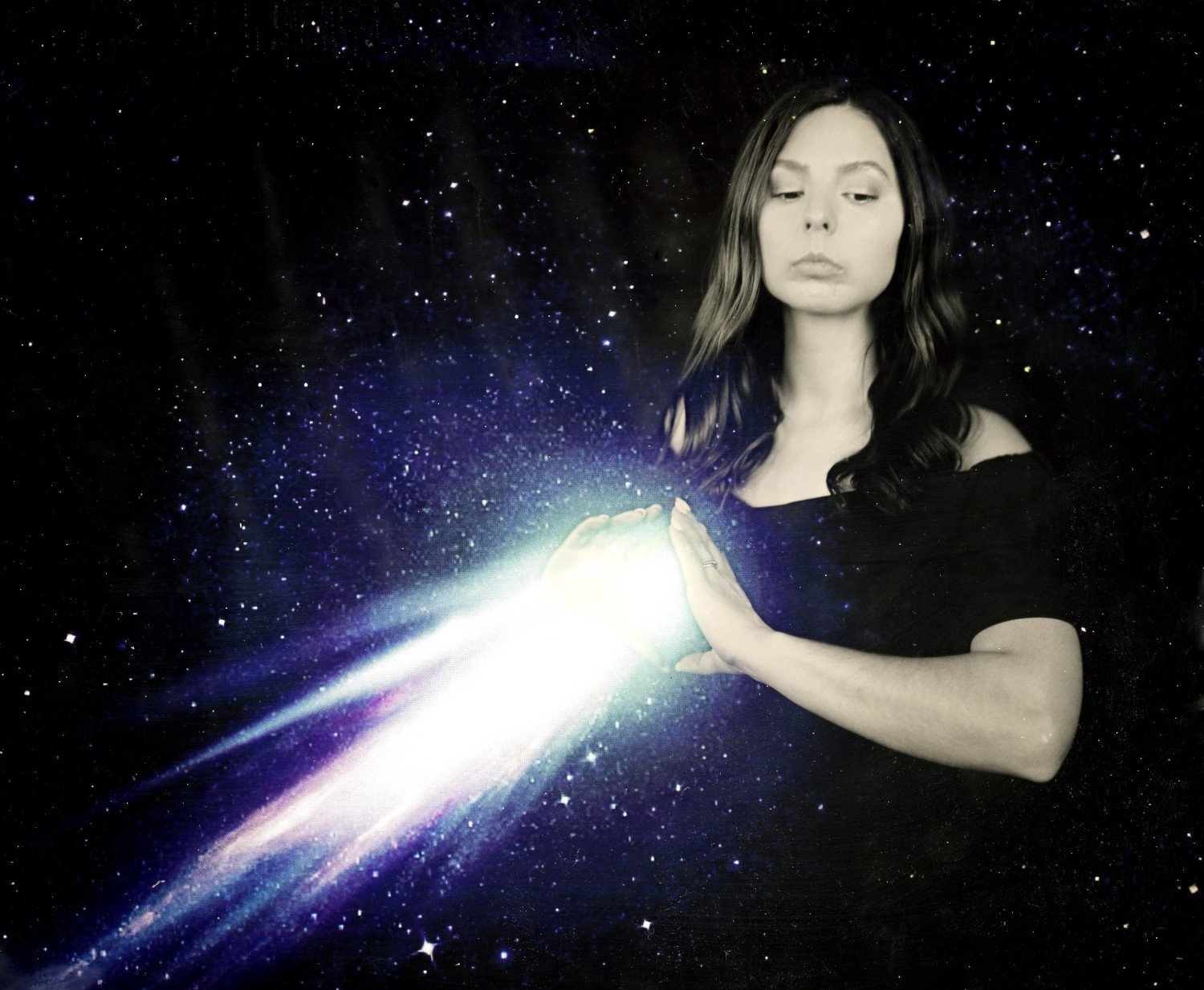
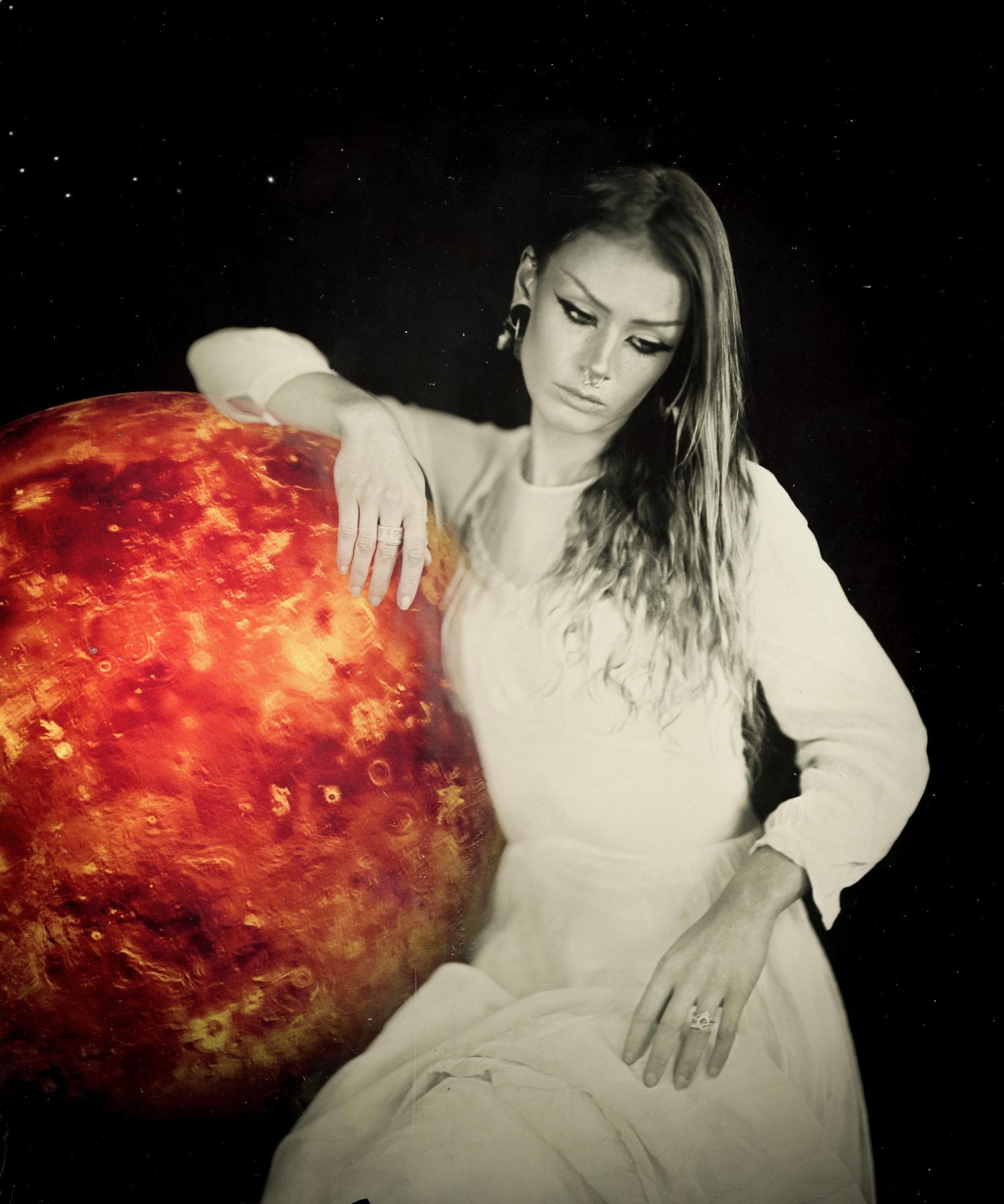
Artist: Kary Janousek | Location: Fargo, North Dokata
Links: Facebook | Instagram
Kary Janousek has always been a creative person. She is a professional restorer of vintage hats as well as being a formally trained opera singer. It was not until she found the historic wet plate process in 2019 that her creative voice started to sing. It has become an outlet for her to express her love of femininity, raw spirituality, and fascination with history. She enjoys experimenting outside the traditional methods, by introducing color into many of her portraits. She is a strong and consistent female voice in the wet plate community.
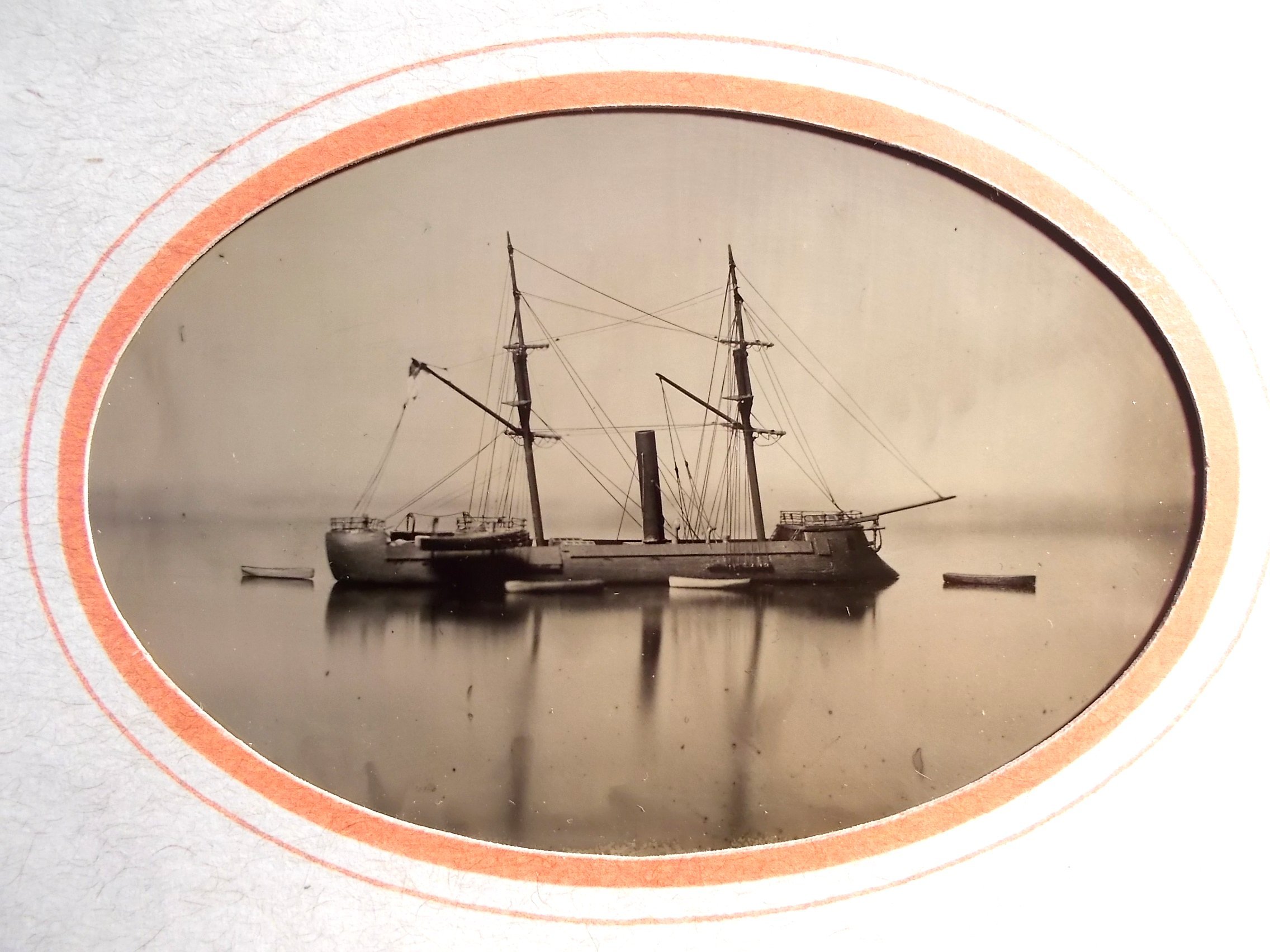
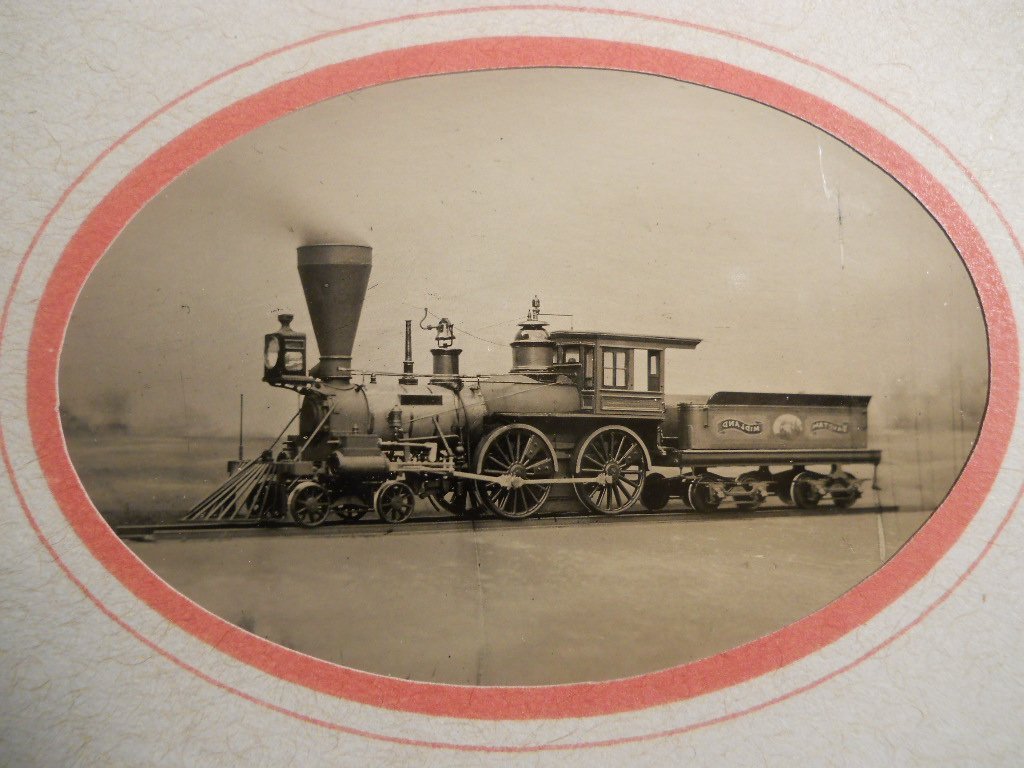

Artist: Kevin Klein | Location: North Dakota, USA
Links: Website | Facebook
Kevin Klein operates an alternative-process photographic studio in Valley City, North Dakota. Among other techniques, Klein uses the wet plate collodion process to produce contemporary tintype and ambrotypes, and a variety of print processes from collodion negatives. He is famous for his hand-made models that he builds dioramas around. His end results are beyond convincing and makes the viewer wonder how is this even possible. Kevin was the first person to bring wet plate back into North Dakota in the present day.
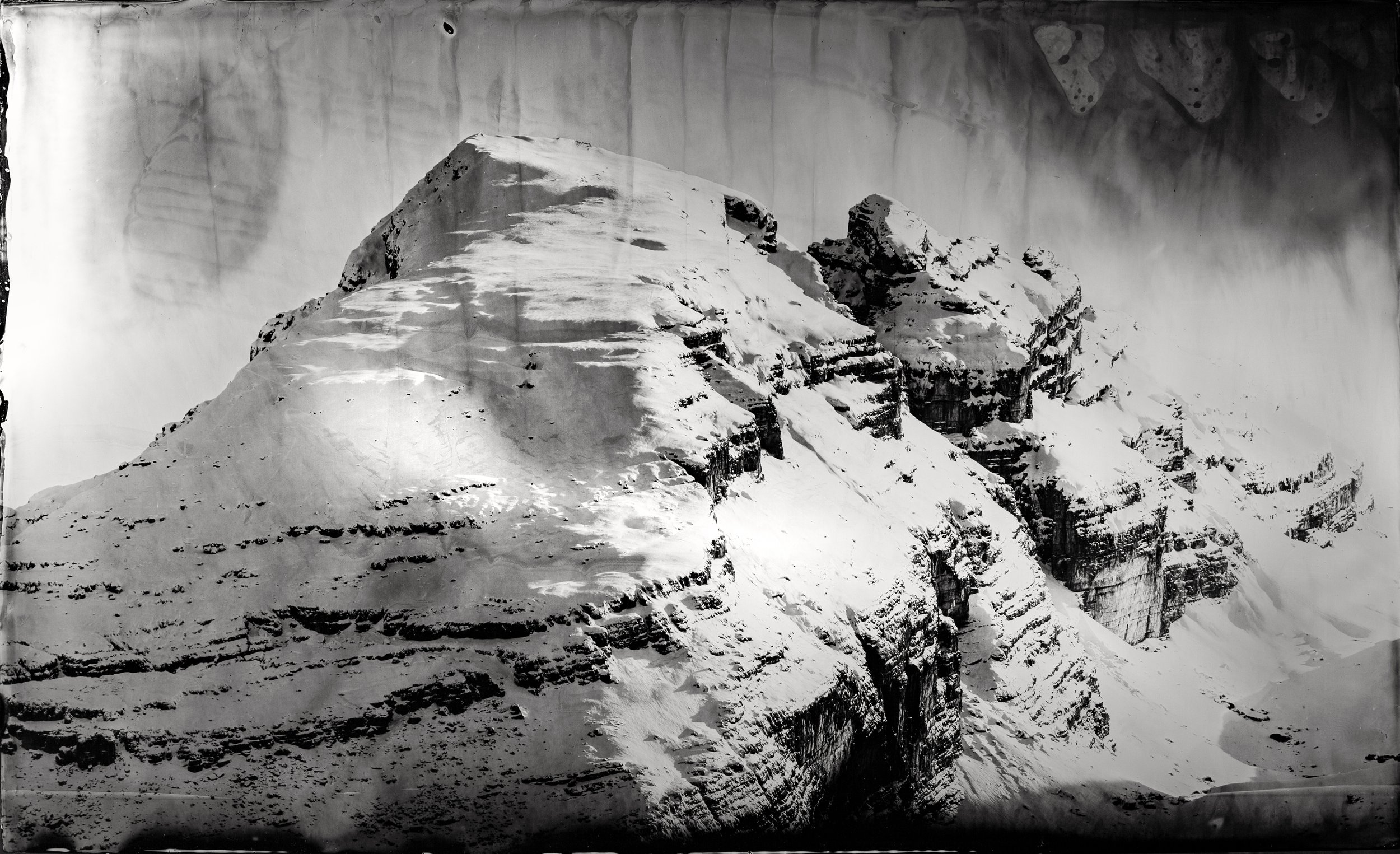

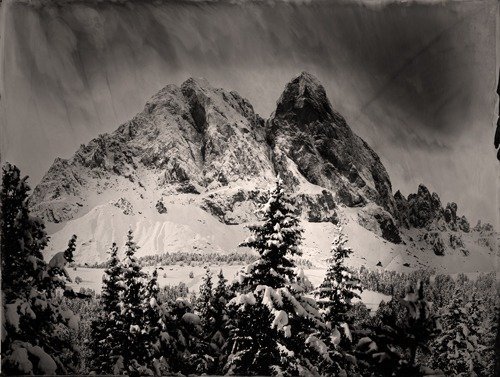
Artist: Kurt Moser | Location: Italy
Links: Website | Instagram
Kurt Moser is based in Italy and has worked for almost 30 years in documentary films for numerous notable broadcasters such as ARD, ARTE, BBC and CNN. Since 2010 he has been working on ultra large format photography, to be more precise, he committed himself to ambrotype. He uses his enormous self-made “Lady In Red” 35 inch camera. This conscious decision based on conviction is motivated by his desire to distance himself from a digital, fast-paced world. His passion and calling are to capture the majestic Dolomites Mountain range in his home country. "I have been looking all my life for a photographic process that allows me to capture "my" mountains, to photograph the Dolomites as I see, feel and experience them.” Wet plate collodion is that process that allows him this opportunity. His landscapes are as imposing as the mountains he points his lens at.
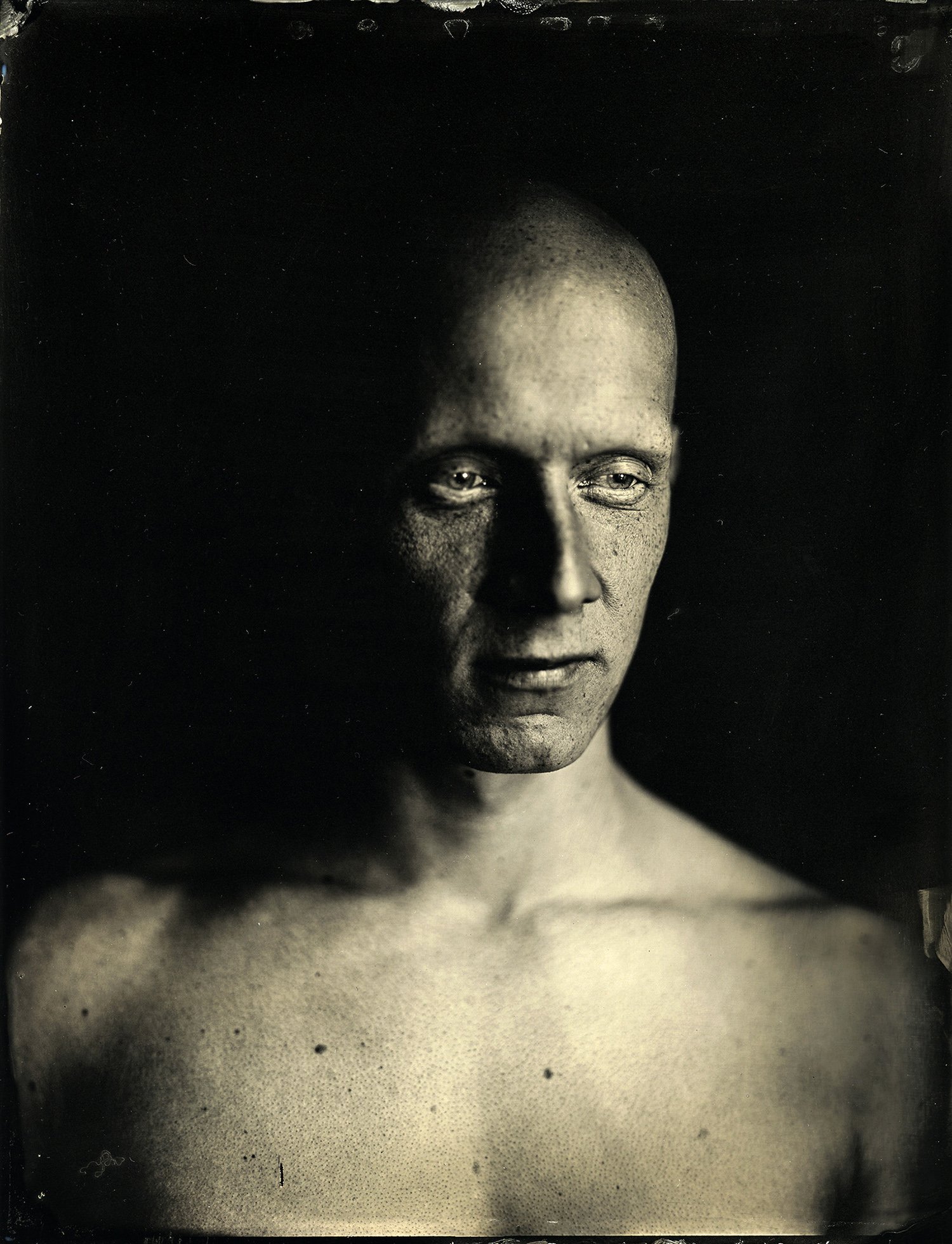


Artist: Māris Ločmelis | Location: Latvia
Links: Website | Instagram
Māris Ločmelis is a Latvian photographer with over 23 years of professional experience. Eight of those years he has been working in the wet plate technique. His main focus is portraiture while also experimenting with other formats and themes. One of the signature traits of his work are imperfections of the image which Māris creates through a special processing and developing techniques. Imperfections are always present in the historic technique but harnessing them and creating them at will takes his work to another level.
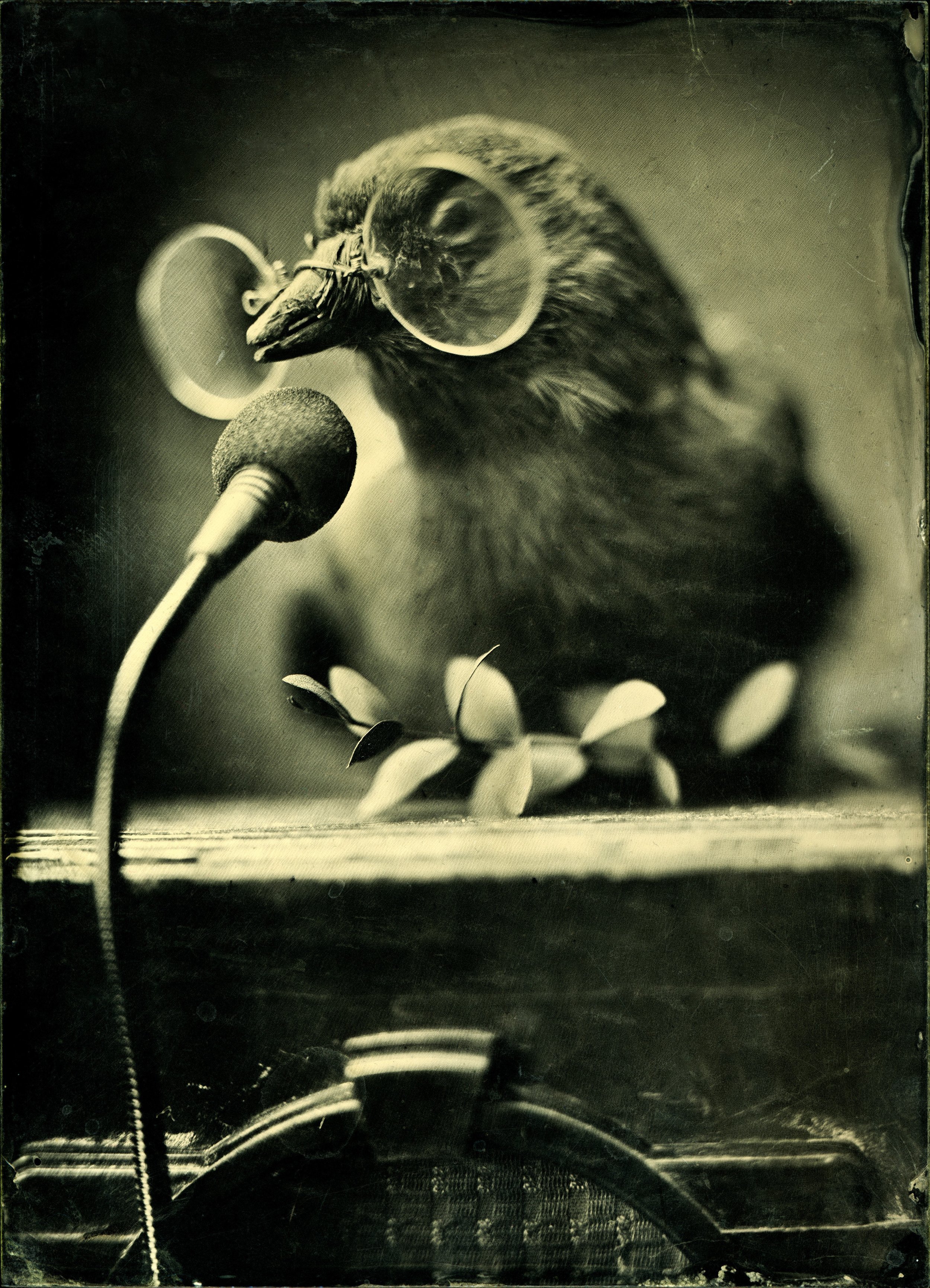
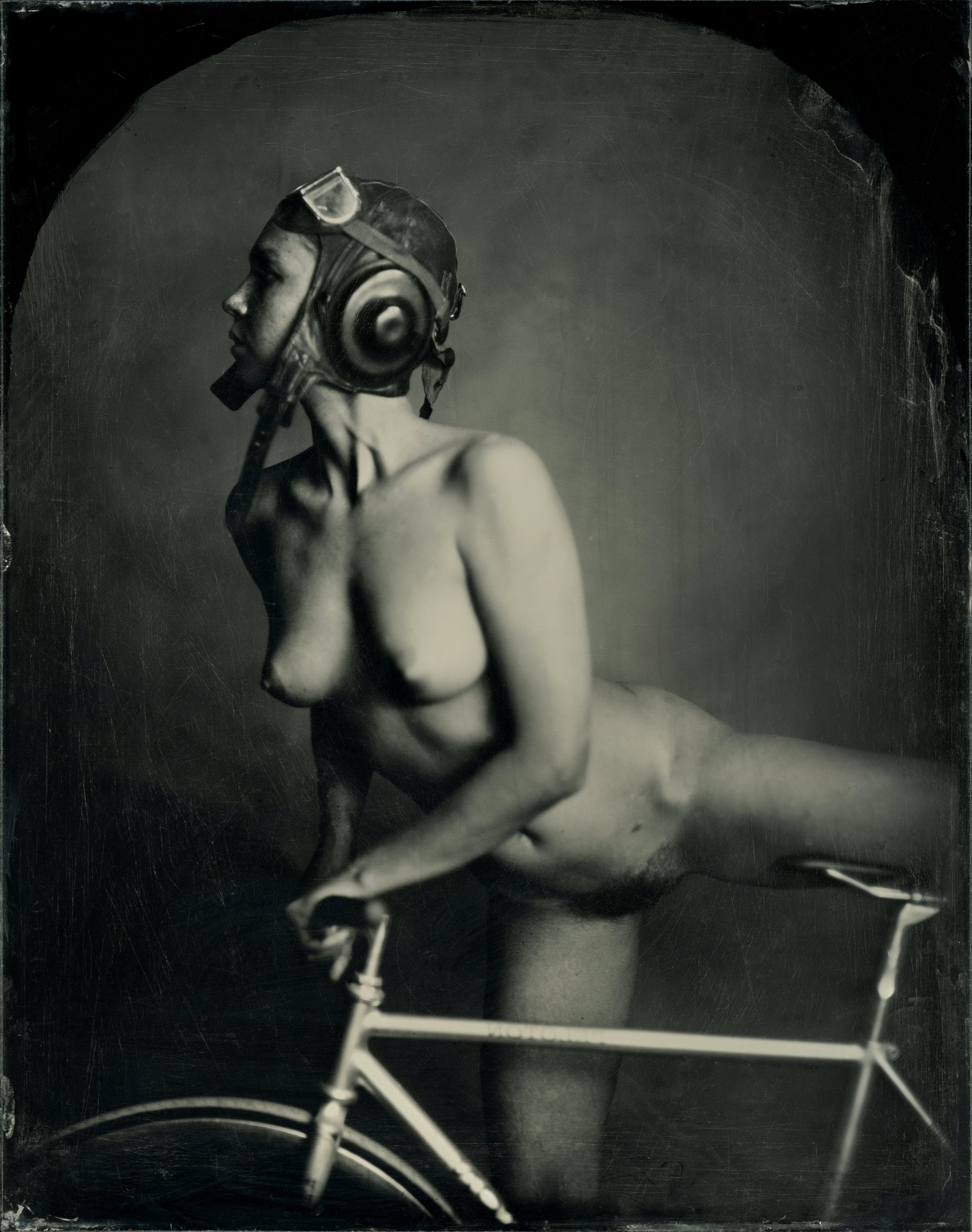
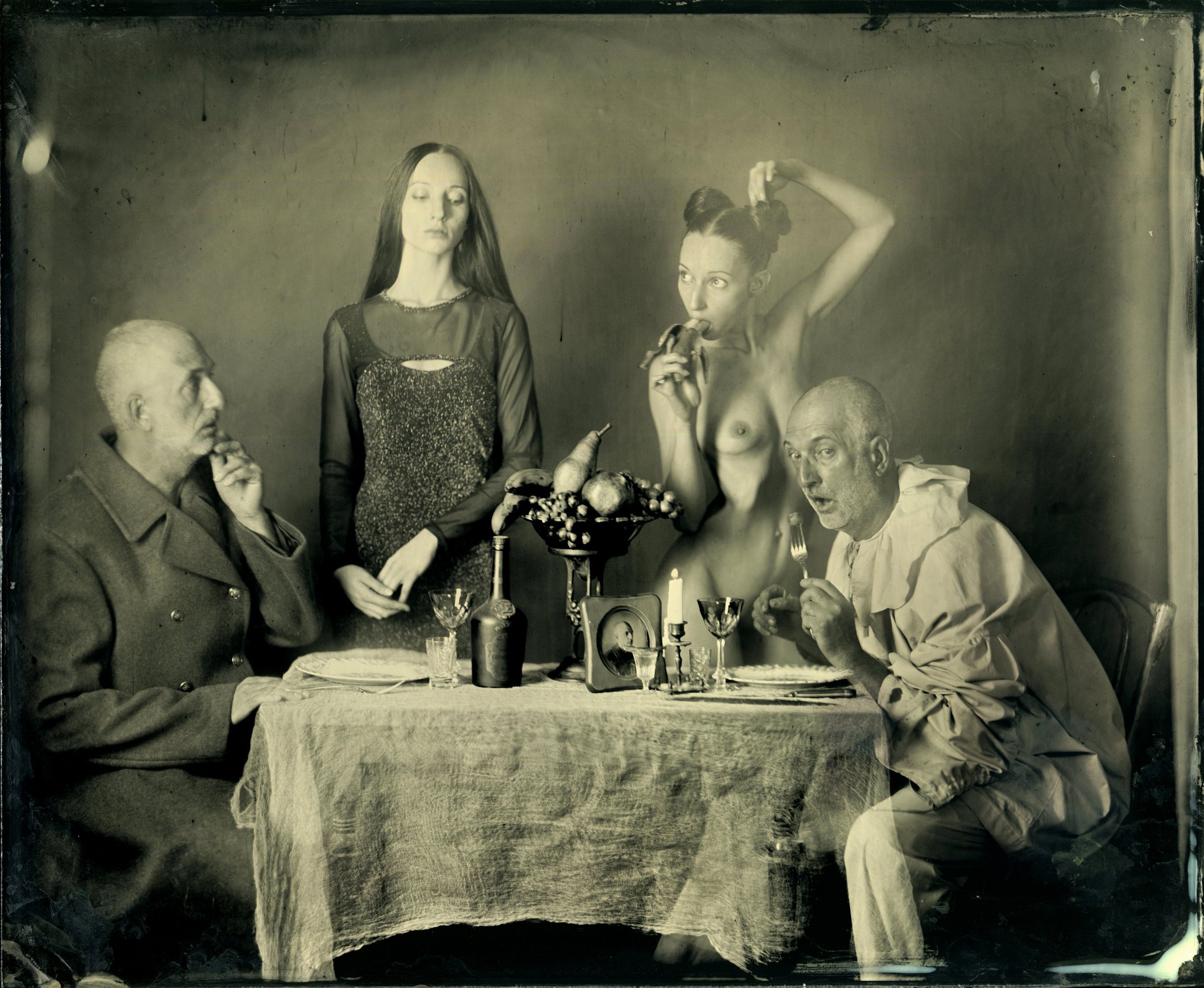
Artist: Misha Burlatsky | Location: Saint-Peterburg, Russia
Links: Website | Instagram
Misha Burtlasky practices his craft in Saint-Peterburg, Russia. He is known for his well calculated and thoughtful multiple exposures and still lifes. Many times, we find him taking center stage in these fabricated scenes. There is a comedy that he is trying to play out, asking us to look at ourselves. Wanting us to not take the world so seriously, in a serious way.
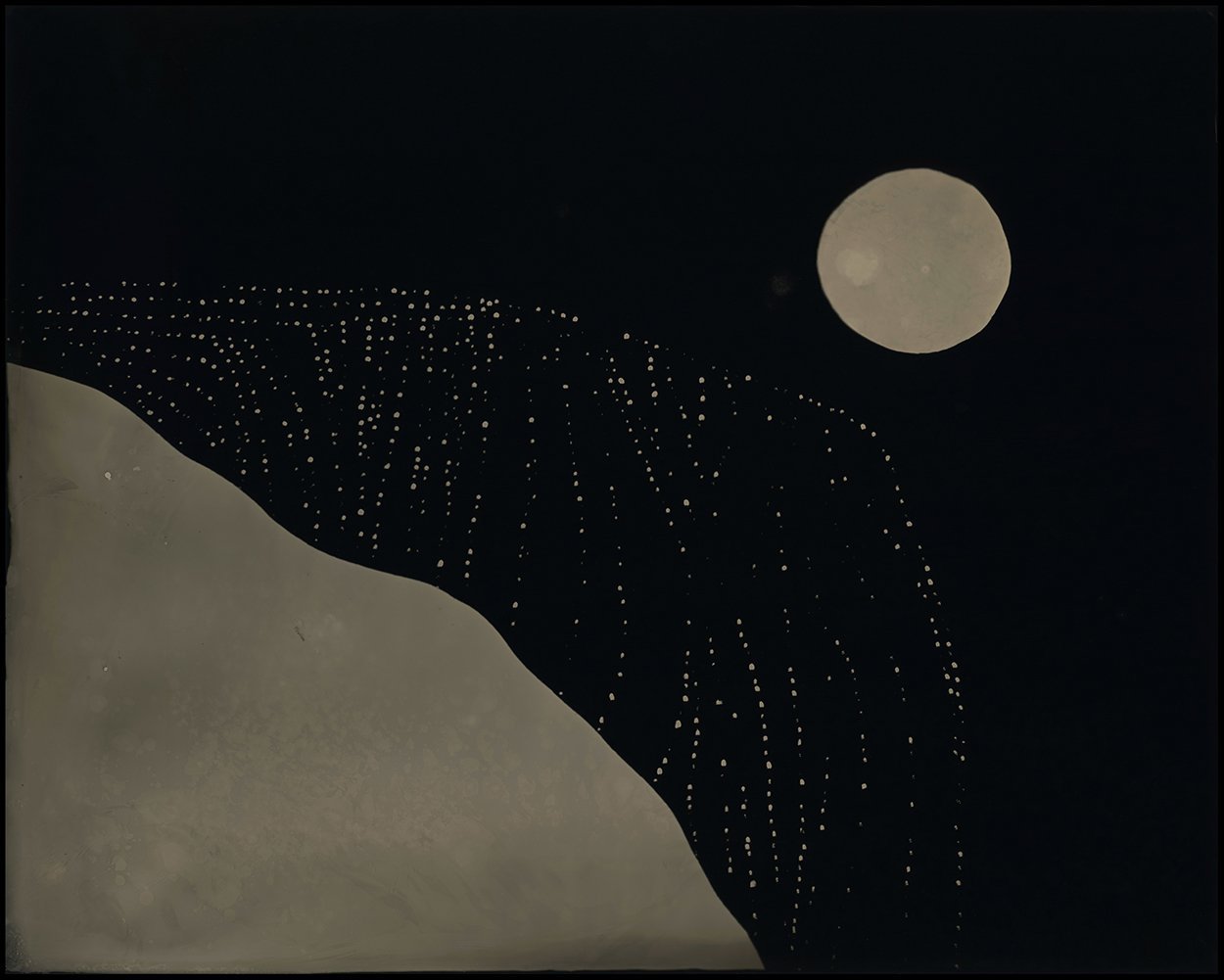
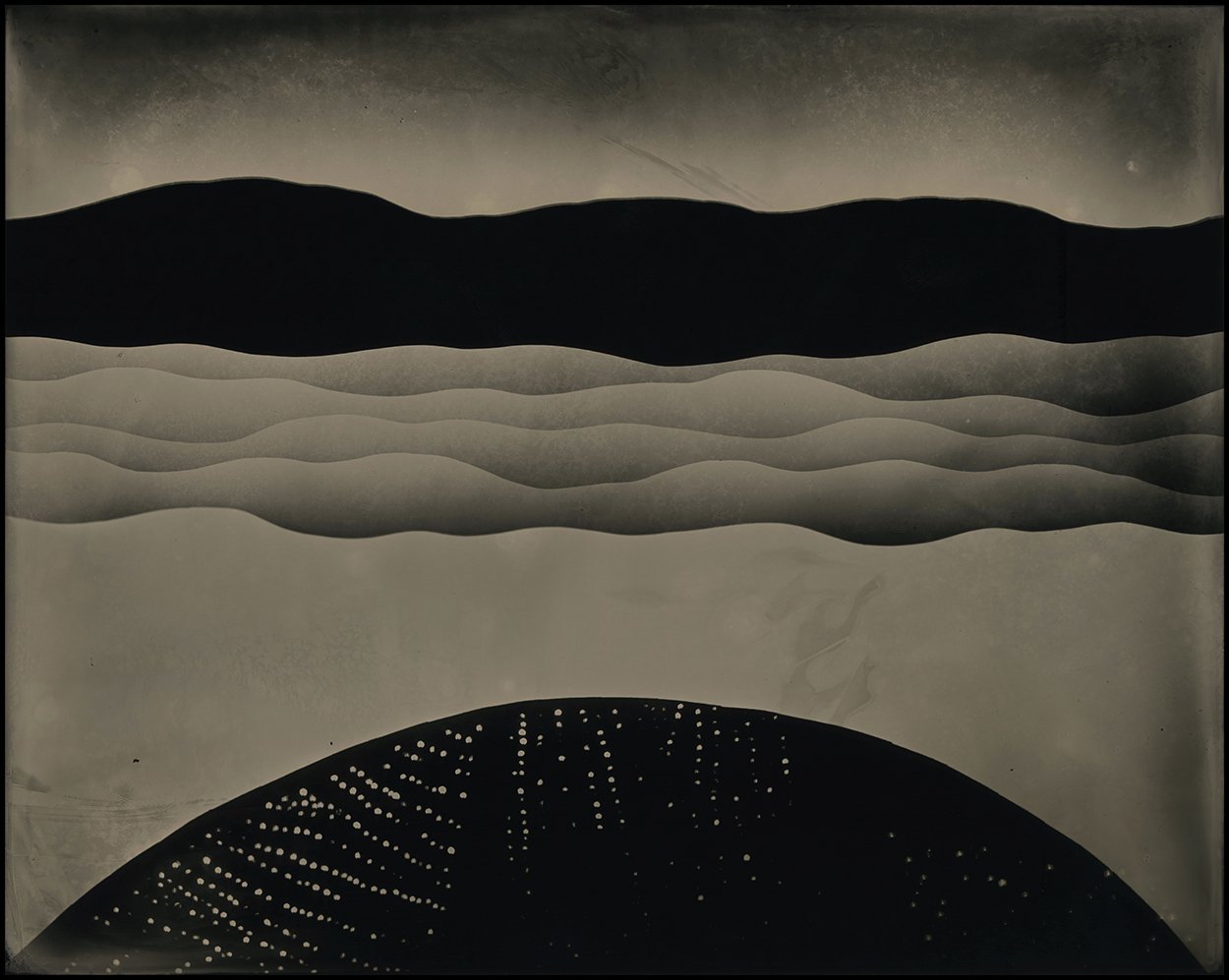
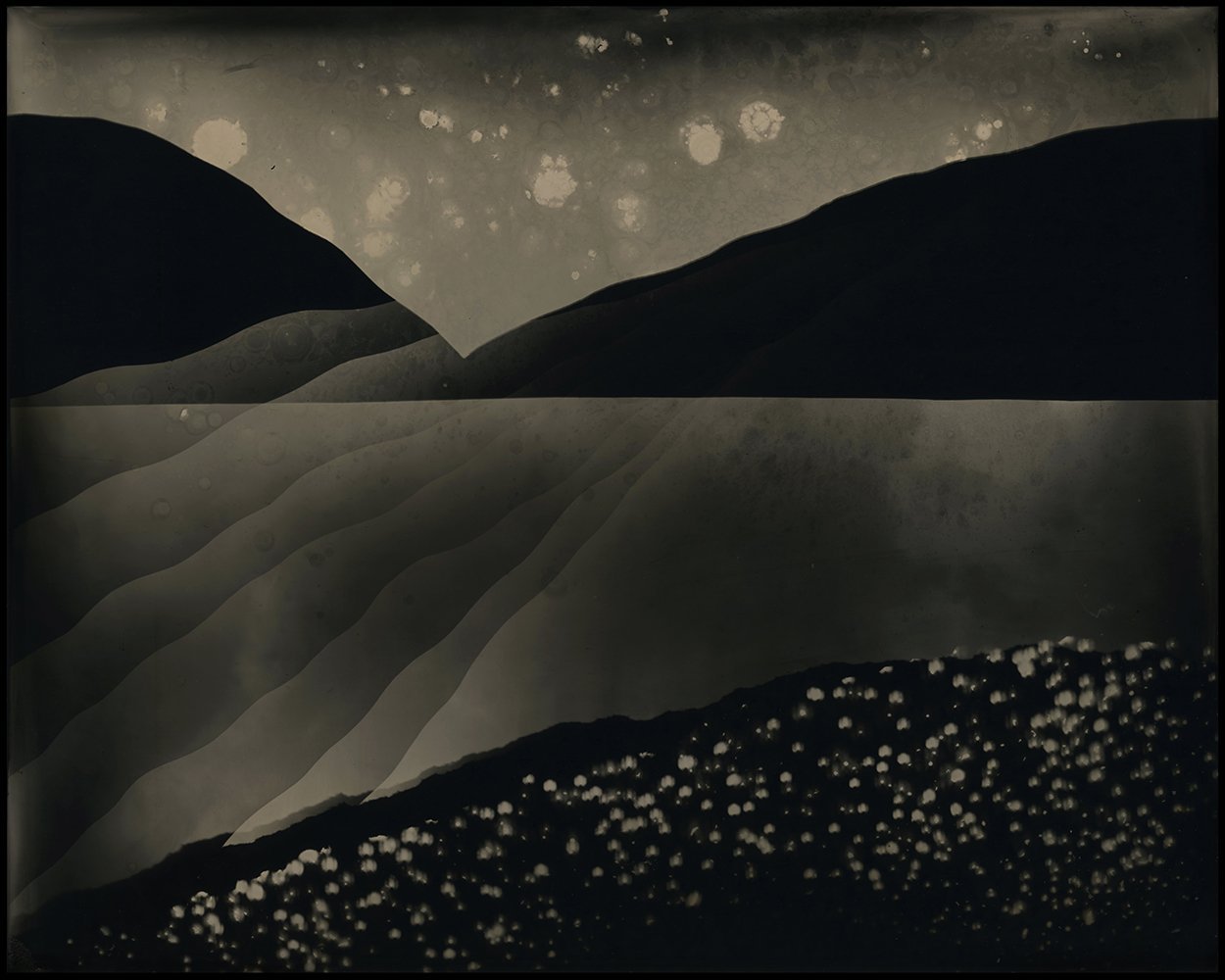
Artist: Nadezda Nikolova | Location: Oakland, California
Links: Website | Instagram
Born in 1978 (present day Serbia), Nadezda Nikolova is a photographic artist creating photograms using wet collodion chemistry, light, and paper cutouts. She studied 19th century phototrophic printing processes at the University of Kentucky and the George Eastman Museum. Prior to becoming a full-time artist, she earned a bachelor’s degree in environmental science and a master’s degree in policy analysis. Her work has been exhibited nationally and internationally. She is based in Oakland, California and her work is anchored in a deep connection to the landscape. Her latest series “Elemental Forms” delves deeper into non-representation, deconstructs the landscape into abstract formation that retain the organic shapes of nature while questioning perception and proposing that the landscape can be reimagined.

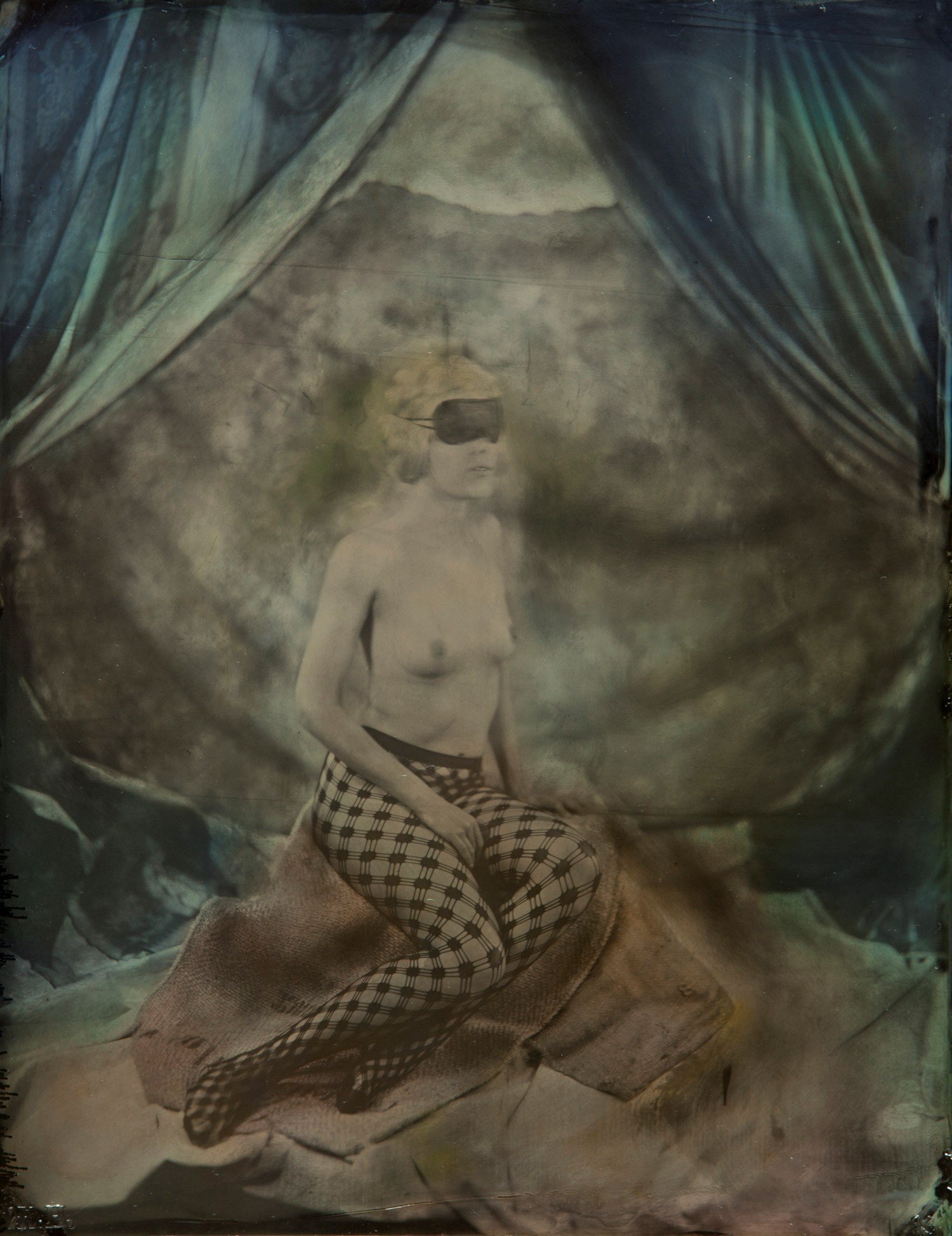
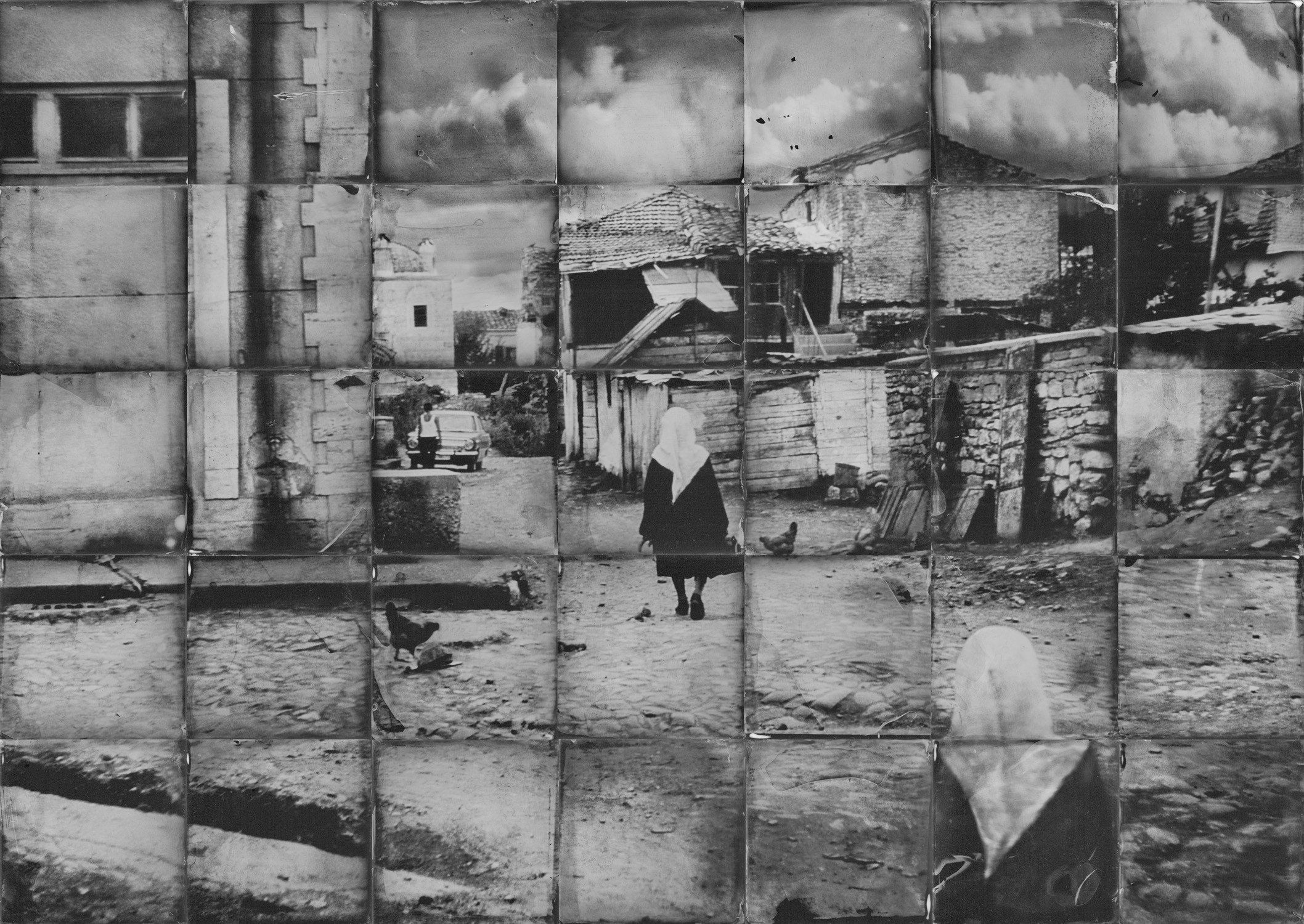
Artist: Zelko Nedic | Location: Australia
Links: Website | Instagram
Nelko Nedic is presently creating in Australia but was a teenage witness to the Bosnian War during the 1990’s. The presence of a contradiction between control and risk taking is apparent in most of Nedic’s works. Nedic provides his audience landscapes buoyant with symbolism and references to social norms obscured by absurdity. His unique use of gold flake in his work separates him visually from other modern wet plate collodion photographers. His work becomes an elaborate story and the beauty is that you never know where the story will take you.

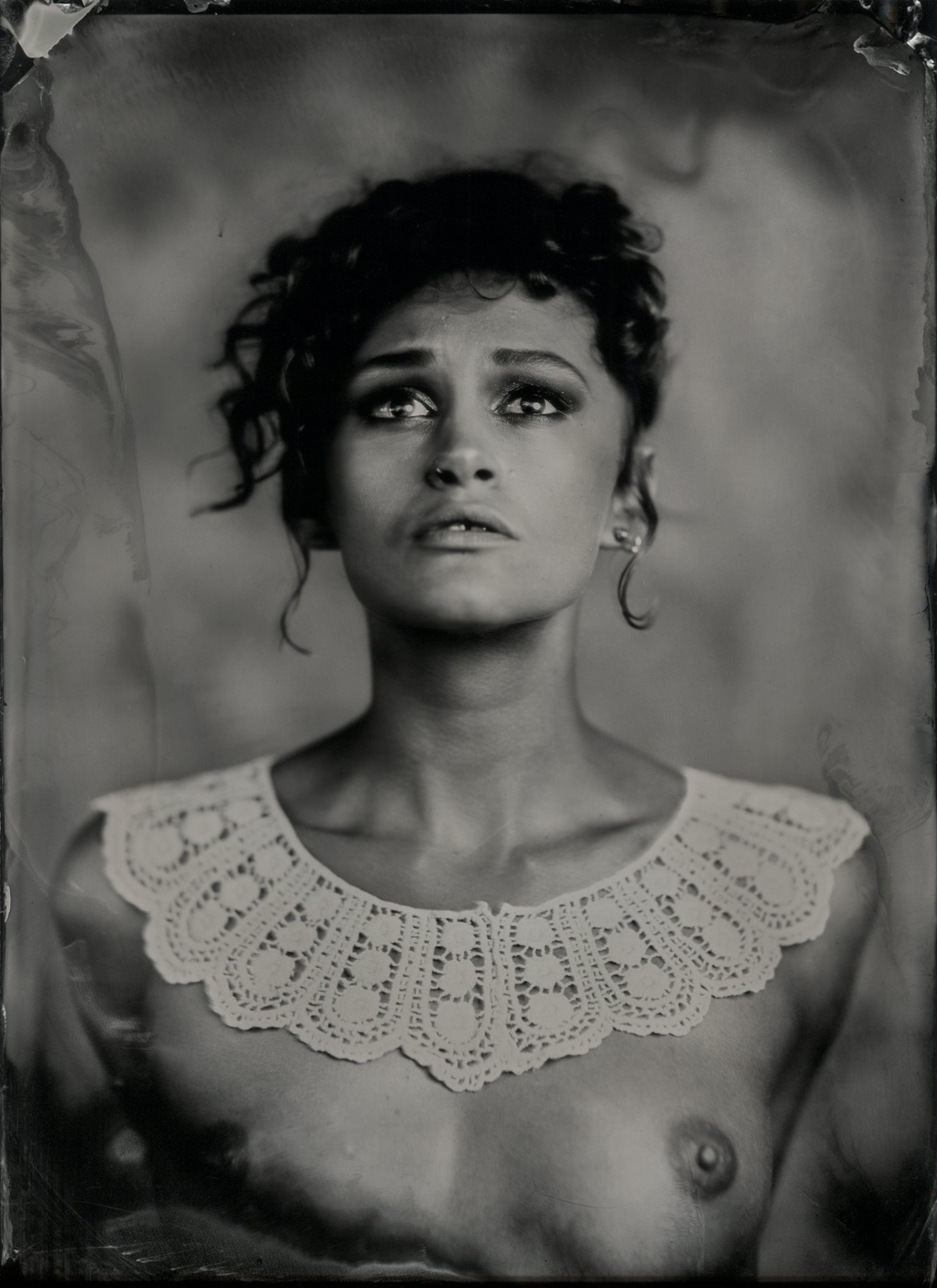
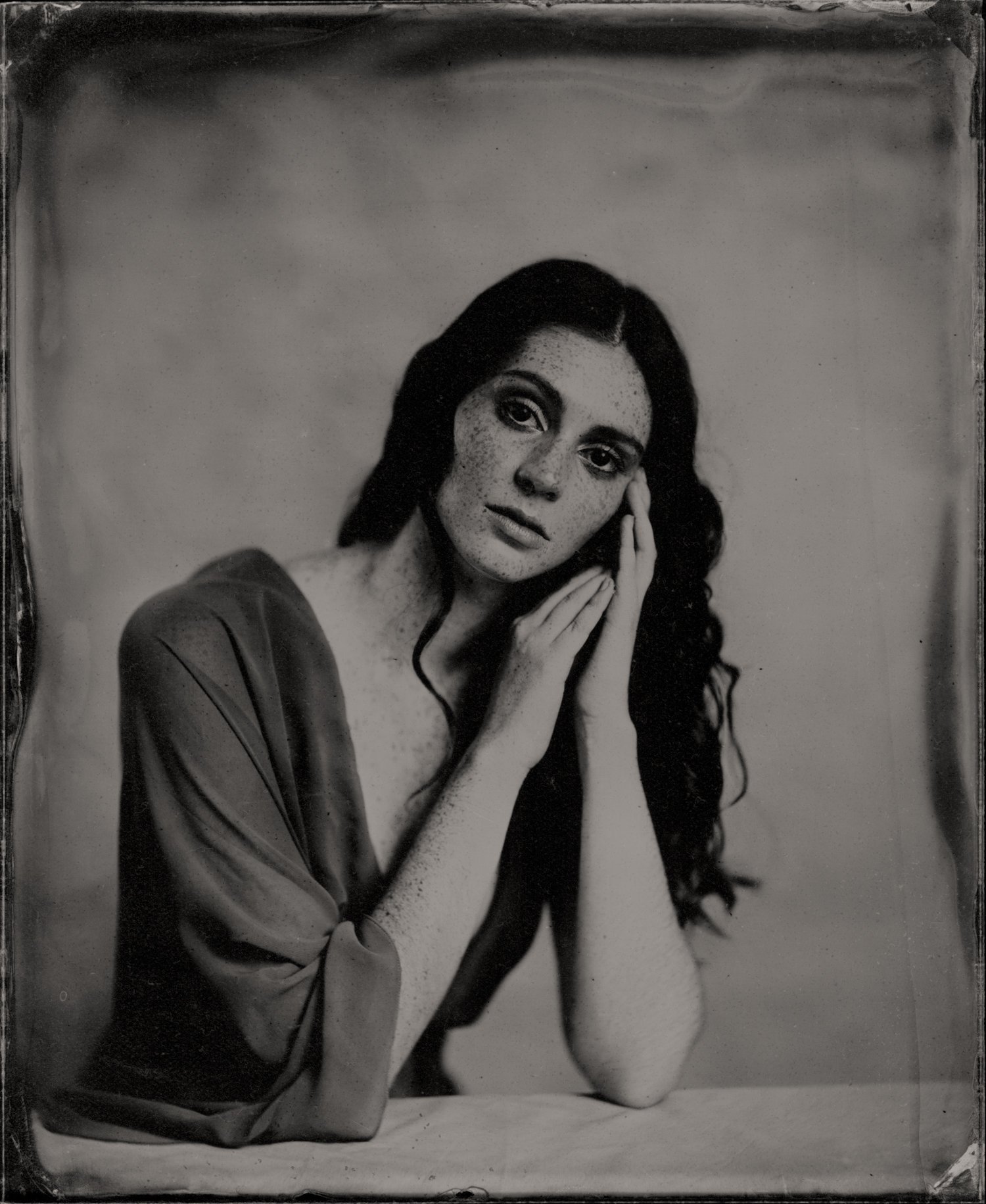
Artist: Patrick Van den Branden | Location: Belgium
Links: Website | Instagram
Patrick Van den Branden is a self-taught photographer from Belgium. He states “The Human being is the center of my work” and specializes in portraits and nudes. His framing of the human condition is beautiful and ethereal. The contrast of his work is something to behold.
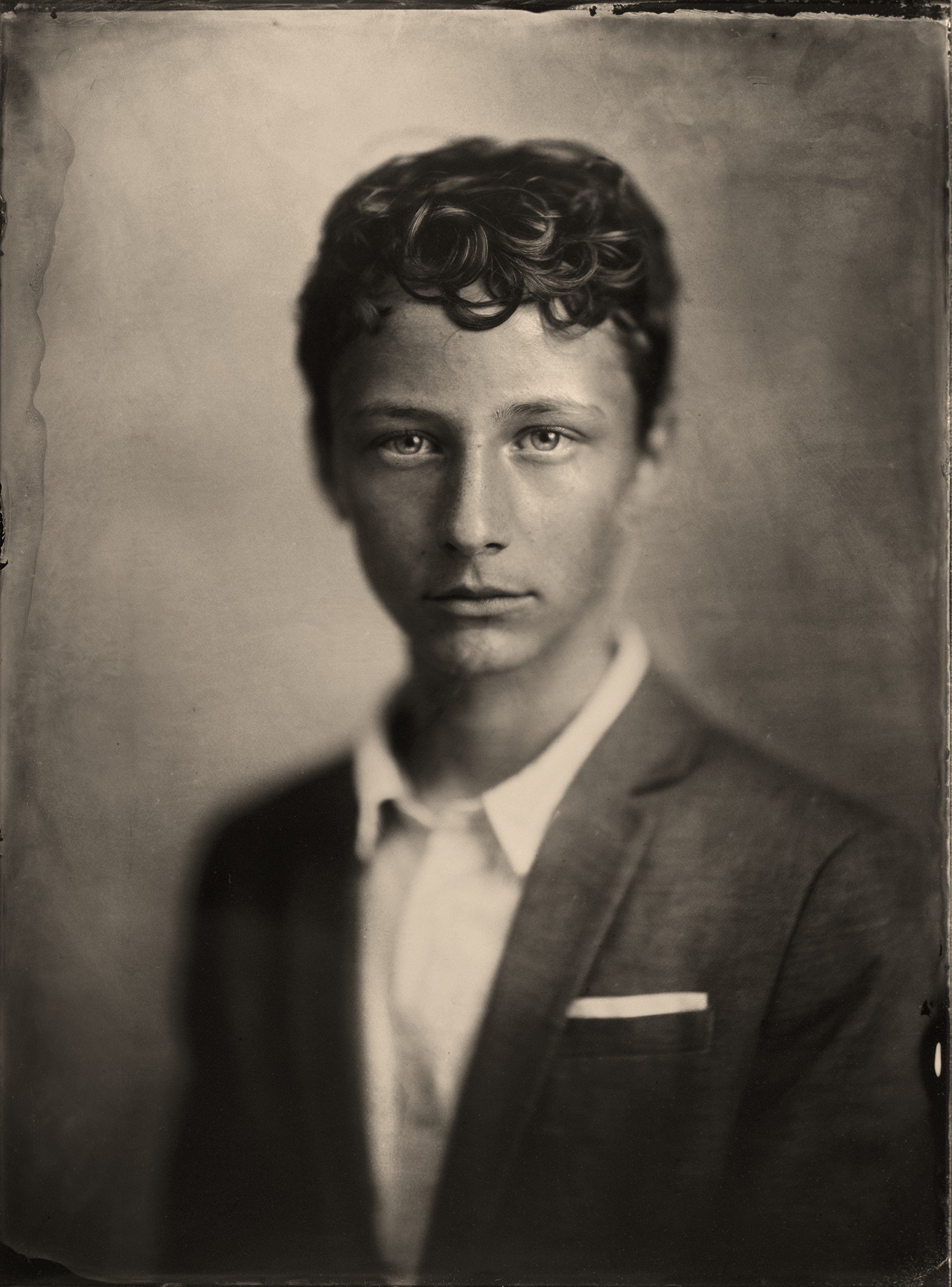
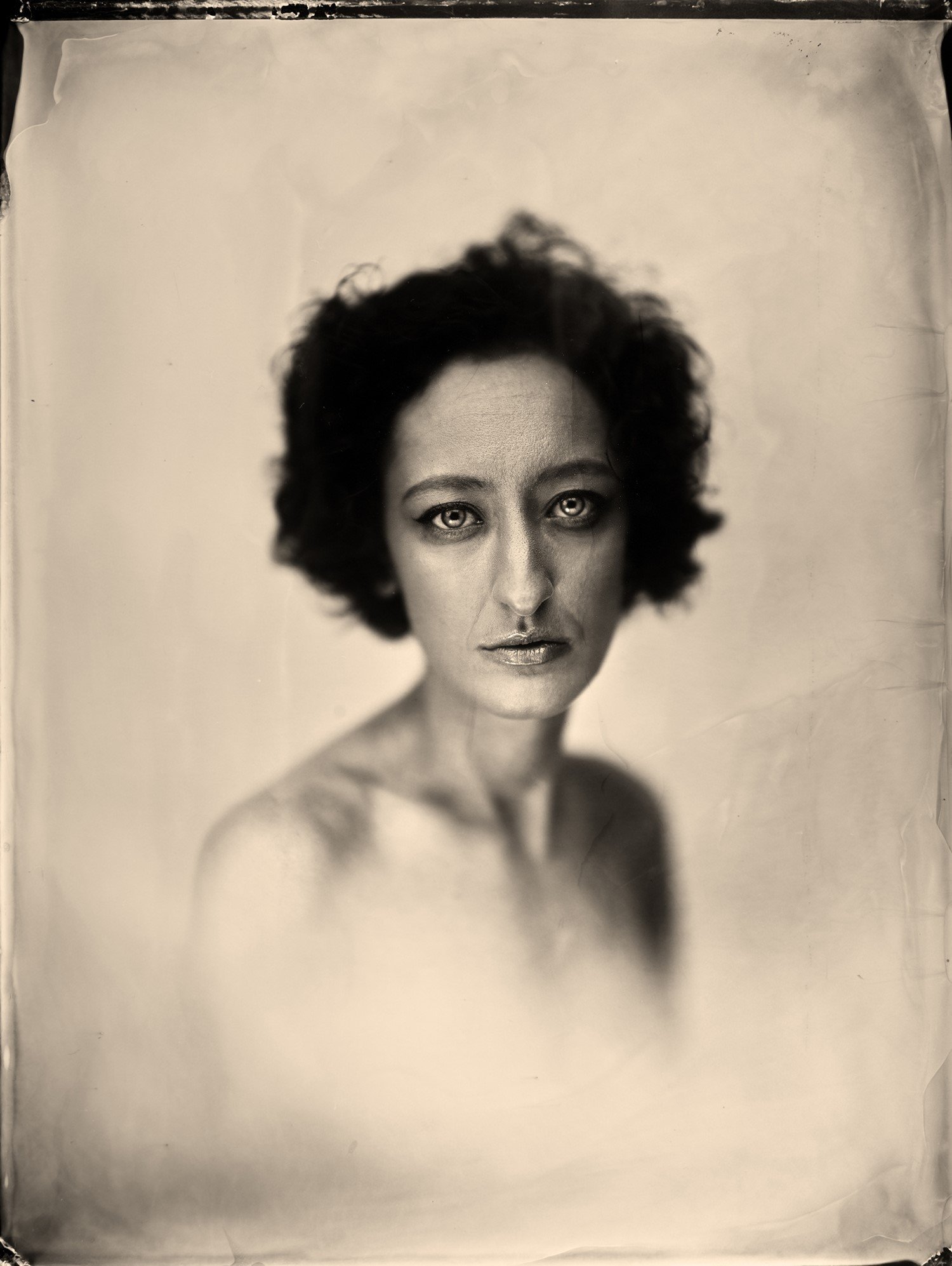
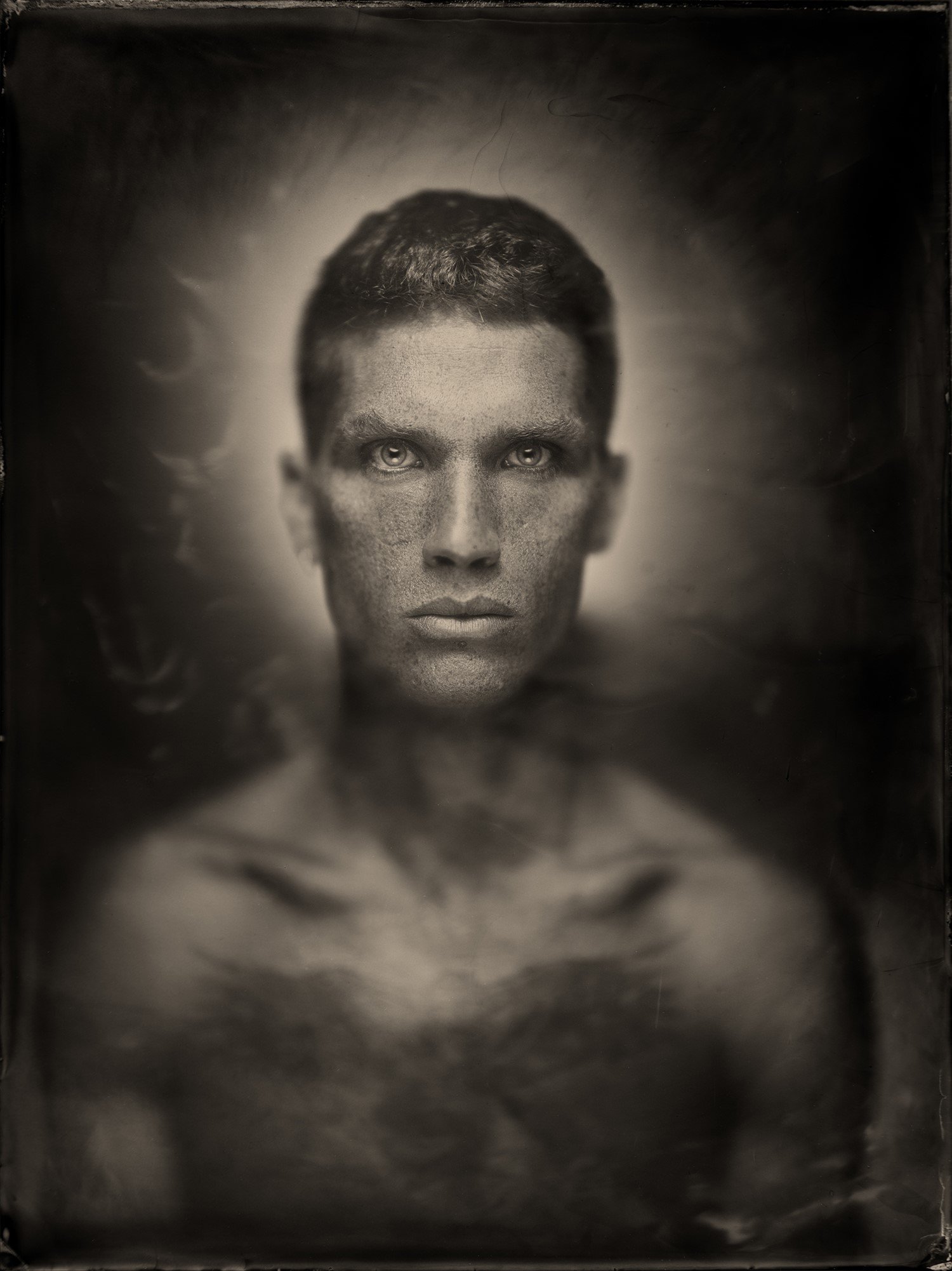
Artist: Patrick Bosc | Location: Bordeaux, France
Links: Website | Instagram
Patrick Bosc lives near Bordeaux, France and shares his time with Paris. He started his early life out as a professional magician. This work took him all over the globe and gave him an appreciation for culture and art. He began to make portraits for his fellow performers, and later, posters and billboards for theatre plays and variety acts. He has always had a deep fascination with the Renaissance period and the old masters. This helps explain his attraction to the historic wet plate collodion process. He is drawn to the use of light and the timelessness and stillness of the portrait. This love affair can be seen in his growing body of work.
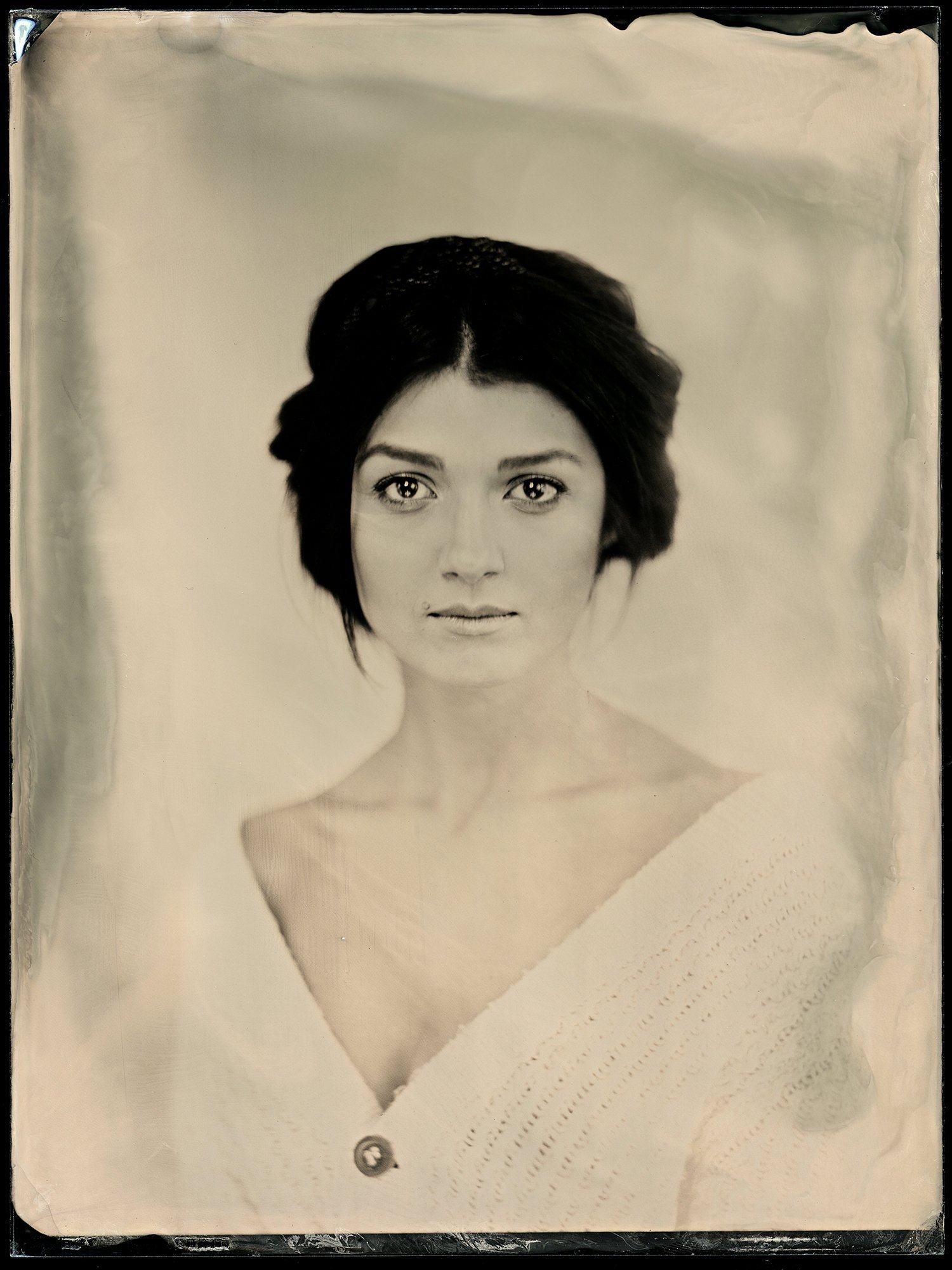

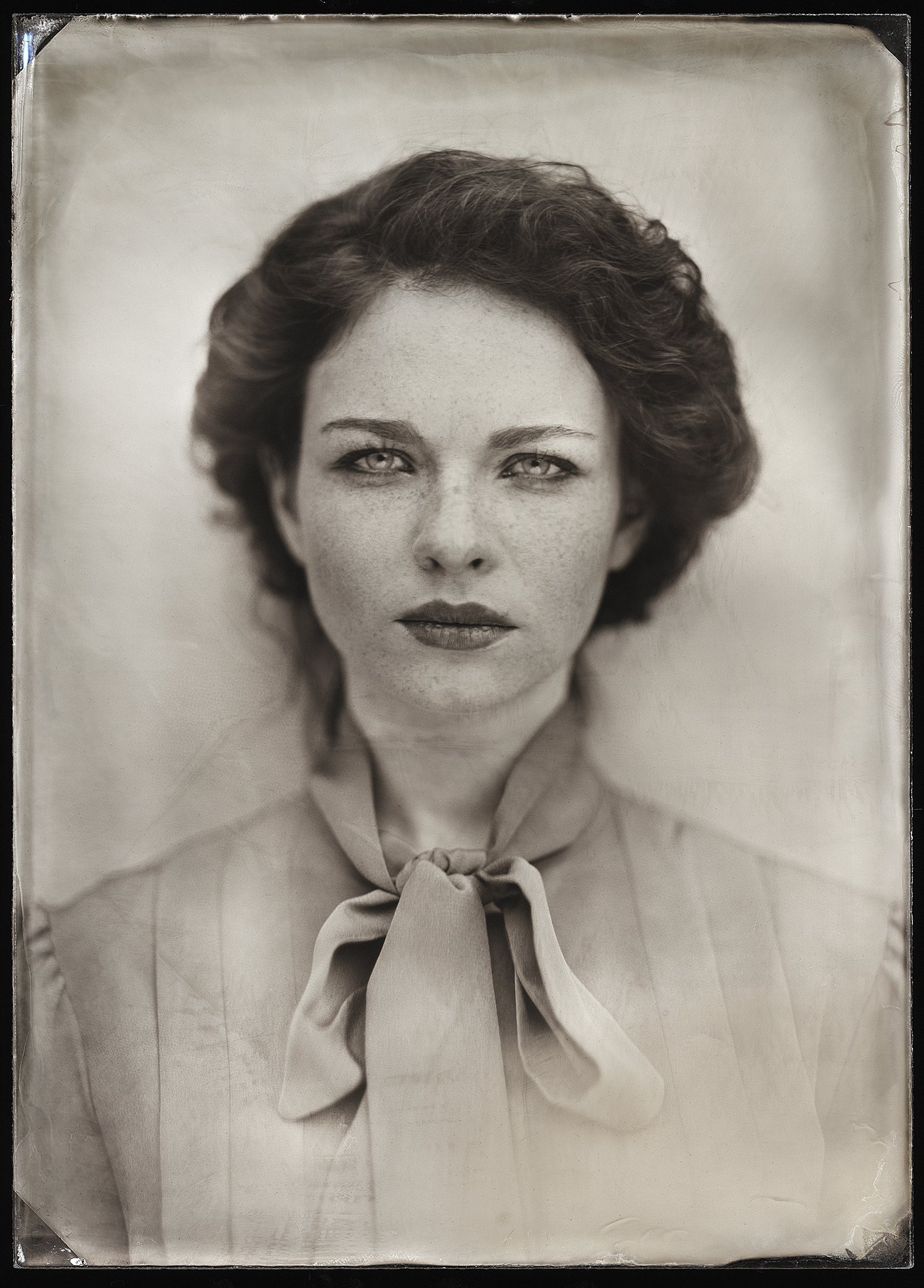
Artist: Paweł Śmiałek | Location: Warsaw, Poland
Links: Website | Instagram
Paweł Śmiałek is a Warsaw based, self-taught portrait photographer from Poland. He fell in love with ambrotypes because this technique helps to express magnetic stare and oneiric light. His portraits are simple, strong and classic in style. Do not let his basic approach fool you. His camera yields some of the most fantastic modern day wet plate portraits. There is a connection that he has with his sitters that is undeniable and it becomes very evident in his portraiture work. Maybe it is connection with light itself?
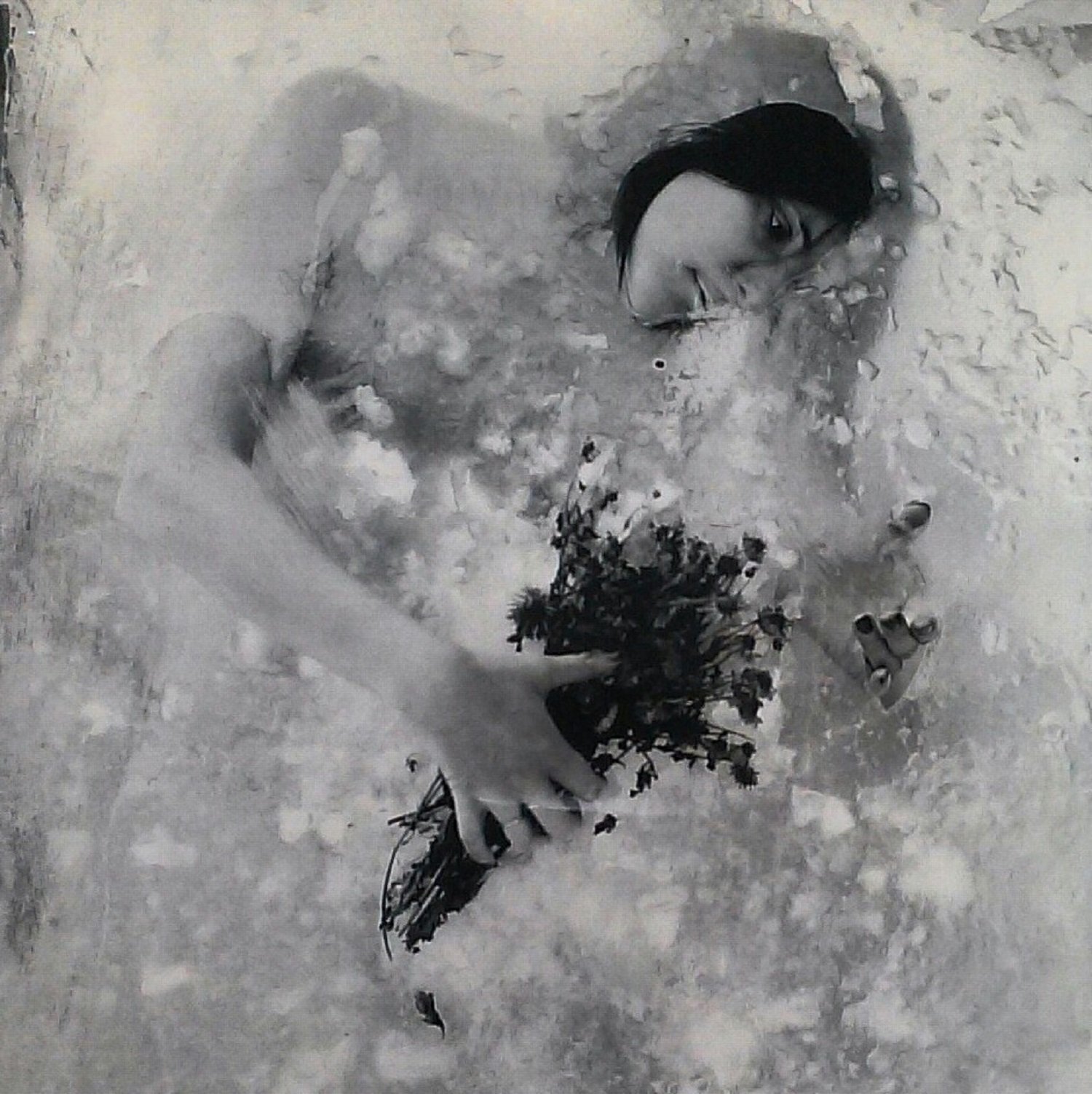

Artist: Scott Anton | Location: Maine, USA
Links: Website | Instagram
Scott Anton is a farmer from rural Maine. Cutting wood and running a sawmill are daily activities. He has a love affair with anything old, especially machines and cameras. He primarily uses antique Petzval and soft-focus lenses from the 1880s. Wet plate collodion is the art that gives him a voice to express what he feels. He is drawn to pictorialism and has always embraced the defects and artifacts of the process. He aims to manipulate the chemicals so that they obey his vision of purely in-camera techniques. One can easily appreciate the honesty of his work.
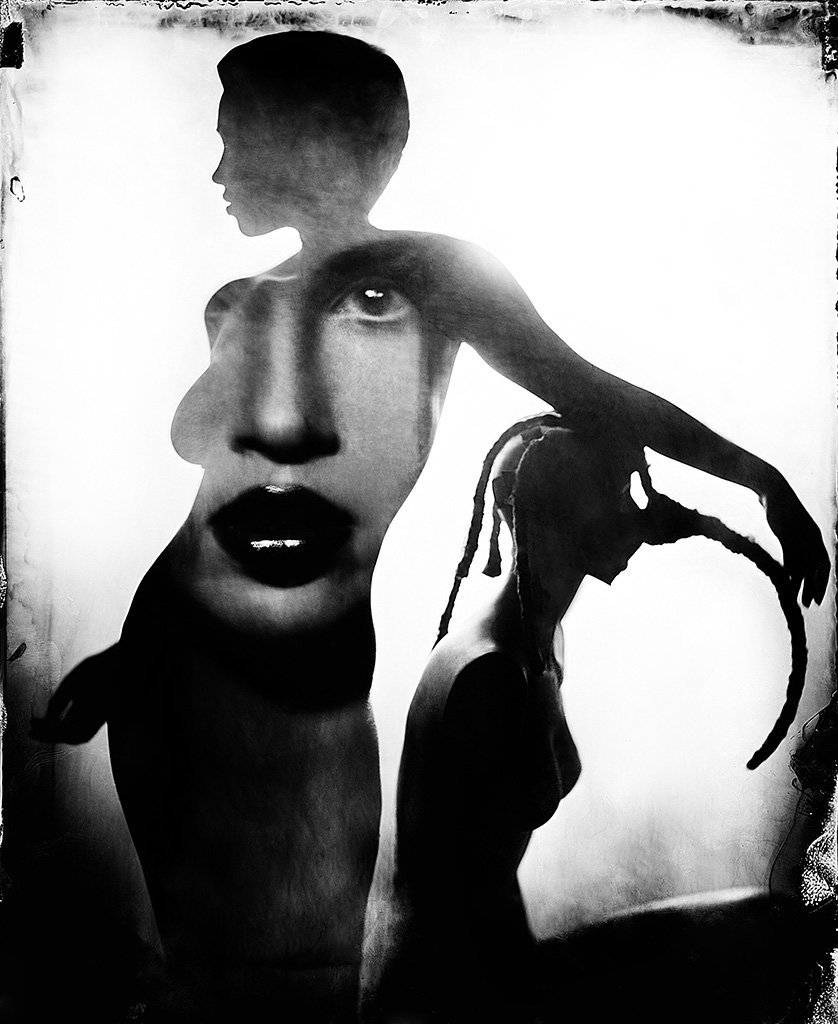

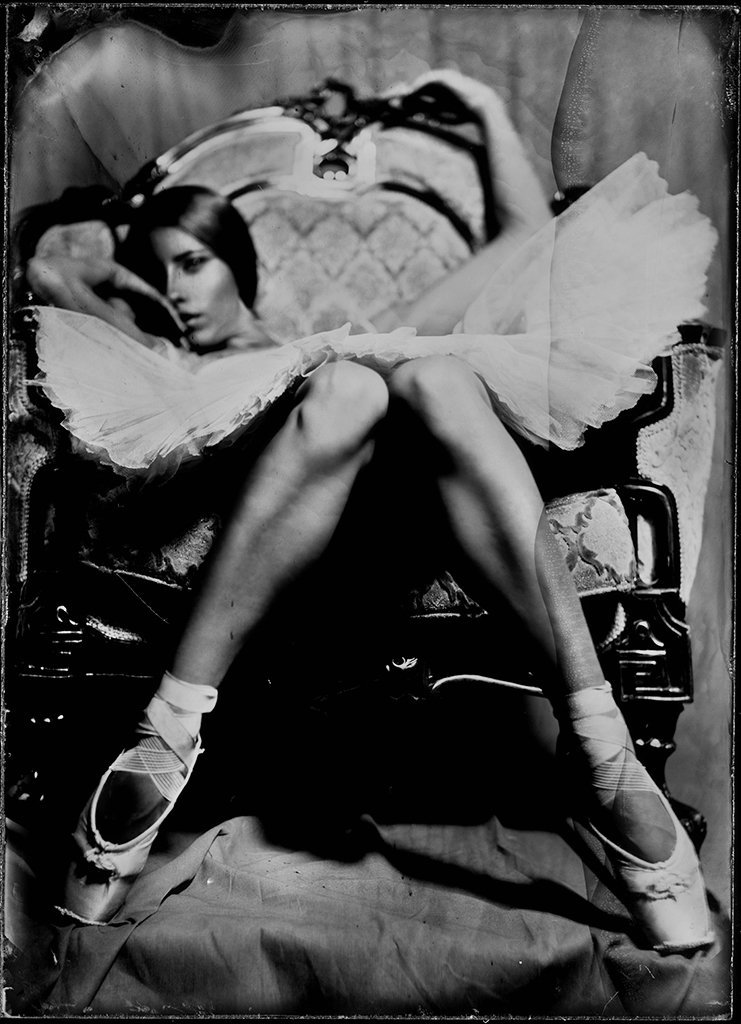
Artist: Sergei Romanov | Location: Russia
Links: Website | Instagram
Sergei Romanov's creates his work in his home country of Russia. His distinctive images feature hyper-stylized female nudes and other subjects that, in their dark surrealism, are a nod to Russian avant-garde forebears. Sergei’s work represents a new stage in photography, the so-called “antiquarian avant-garde,” that is, the radical rediscovery of obsolete photographic techniques. Sergei Romanov goes further than any other contemporary photographer in pushing his medium into imagistic territory never approached before. He ignores all the rules: he just doesn’t care about good taste, or perfect craftsmanship, or total control, or conceptual strategies. He is deeply convinced that what is most important (and most often missing in today’s photography) is an ineffable spirit. He will risk everything to evoke it. When he succeeds, his images possess the uncanny physical presence of the living body, the primal magnetism of sexuality, and the hypnotic involvement of a hallucination. A waking dream. If the words “Russian Master” have ever been applied to anyone, surely they need to be applied to him.
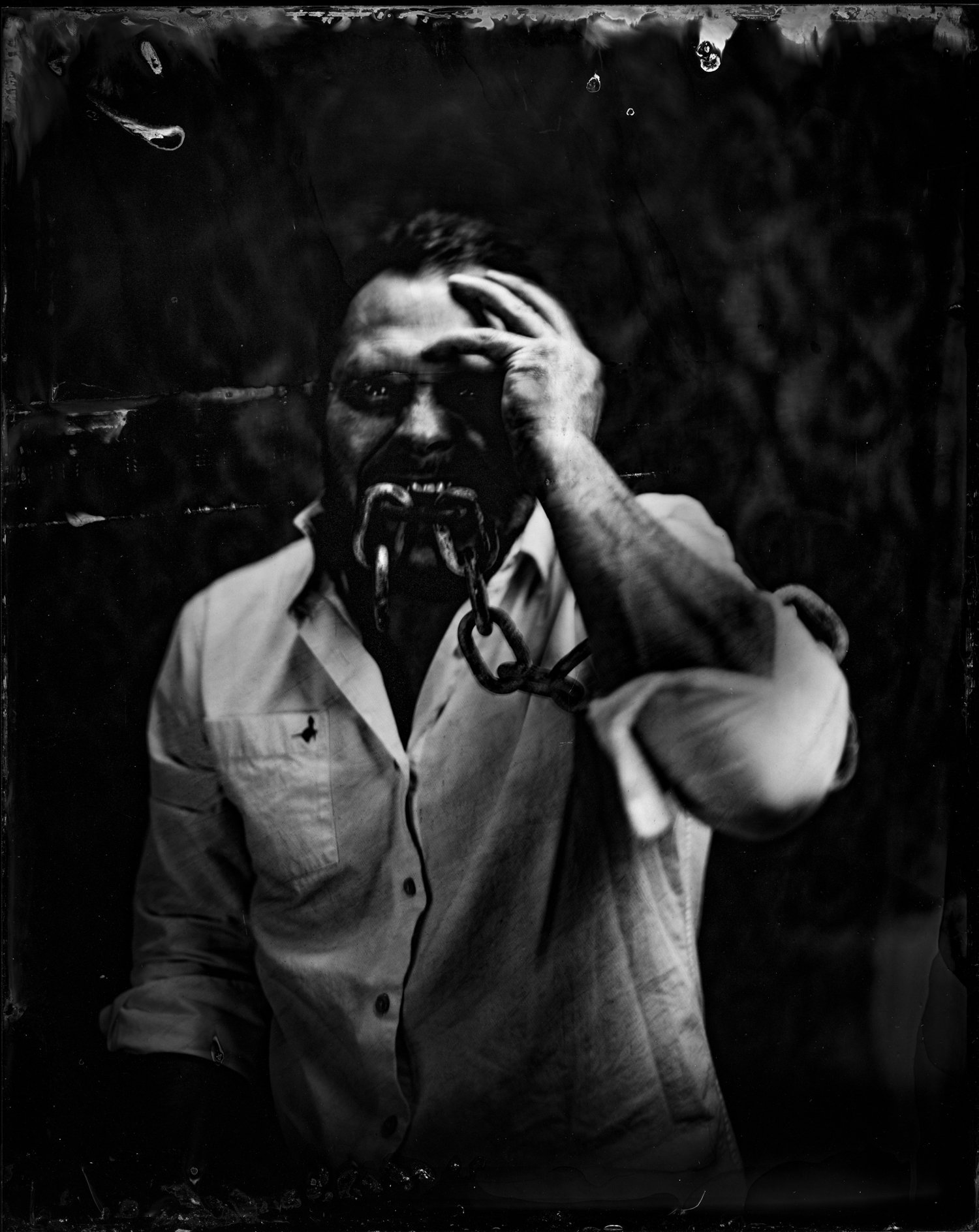

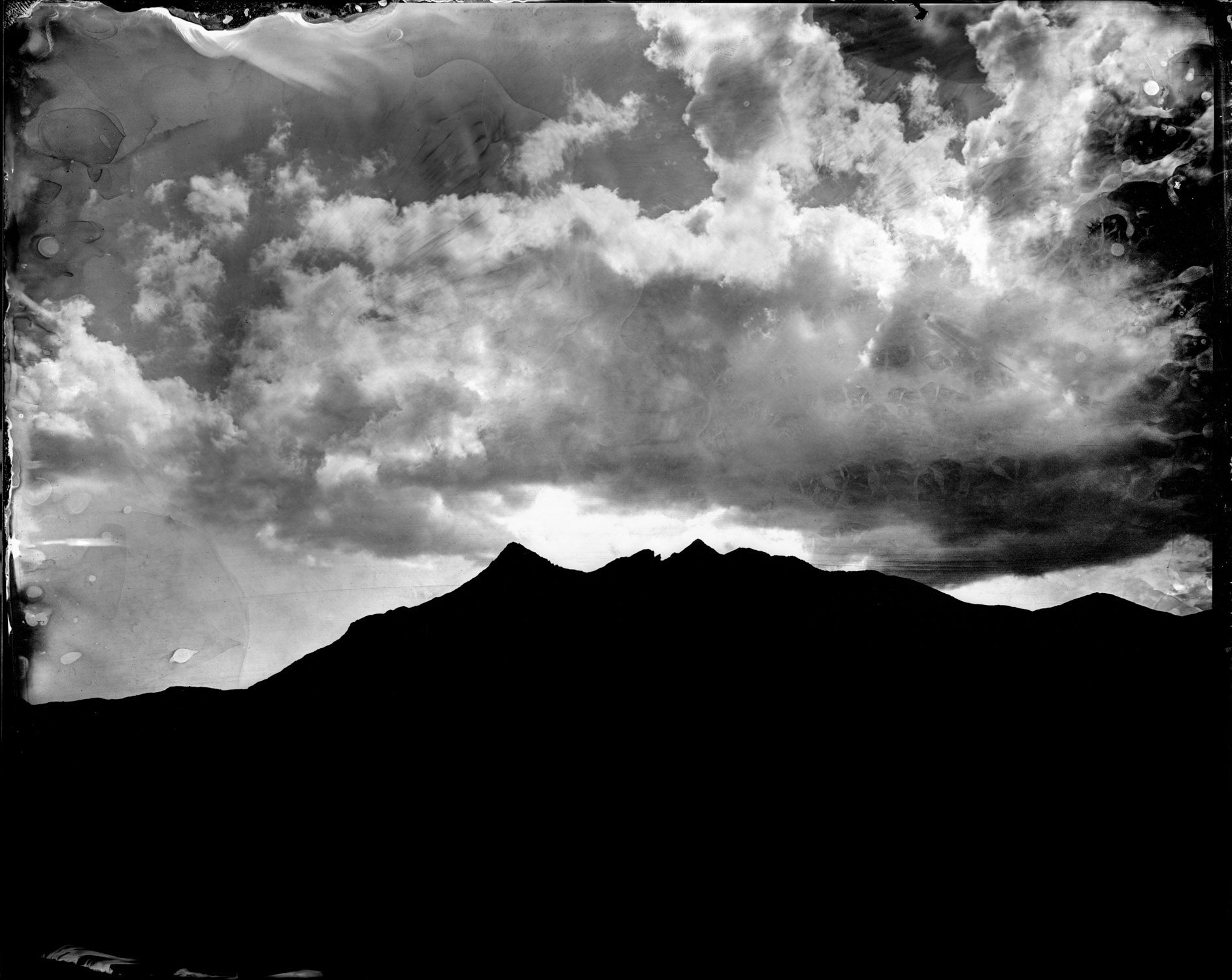
Artist: Simon Riddell | Location: Scottish Highlands
Links: Website | Instagram
Simon Riddell is a wet plate collodion artist operating throughout the Scottish Highlands and Isle of Skye. He explores the human psyche to document mental health, emotions and states of mind using the cathartic nature of collodion, incorporating long and multiple exposures. He is currently documenting his journey into the mountains in Skye, using wet plate collodion, a project he calls Peak Perseverance, a challenge to inspire positivity. He is also a documentary film maker and you can find his first documentary “One Shot: Inchidown” on Amazon. His work is dark, deep and moving.
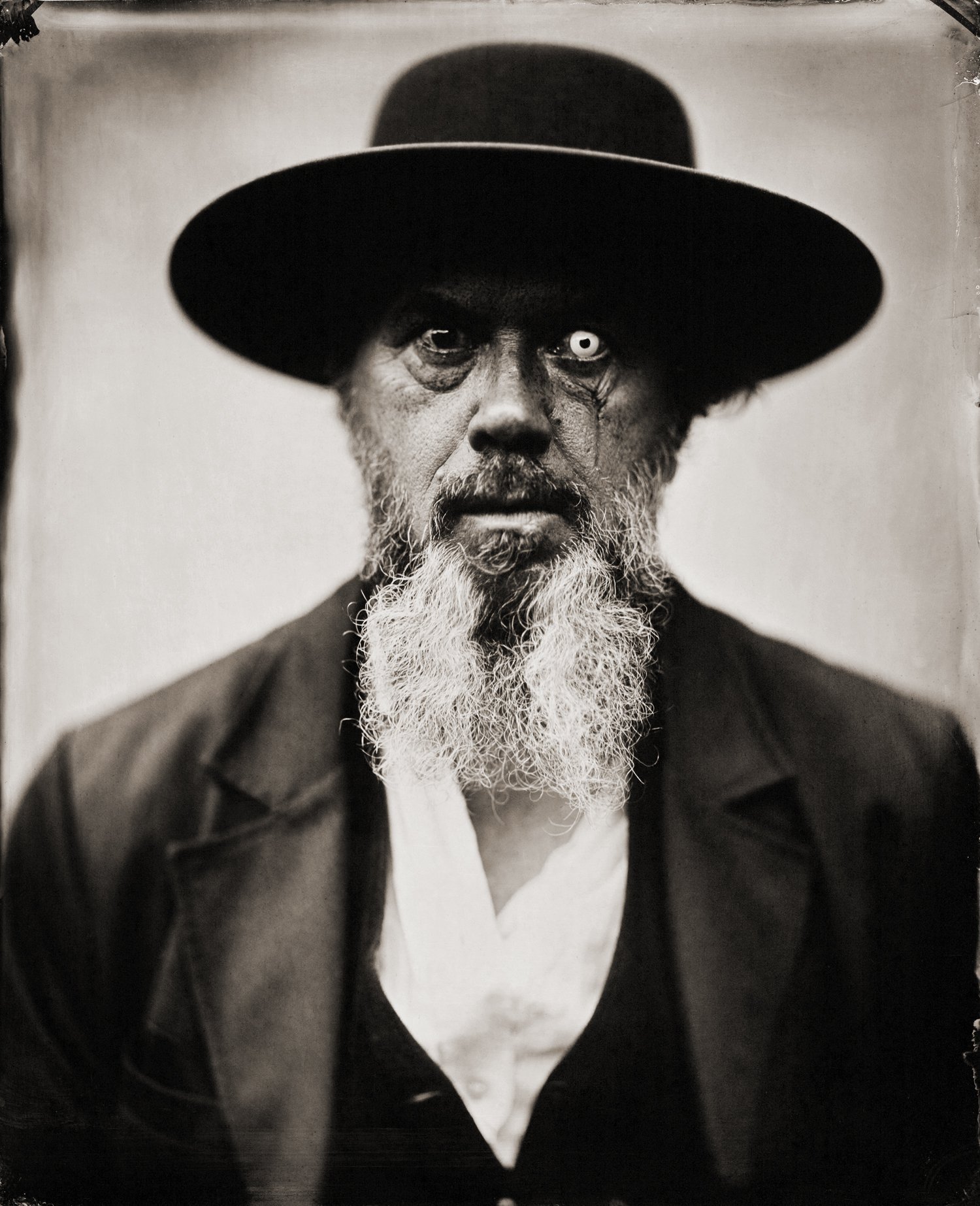
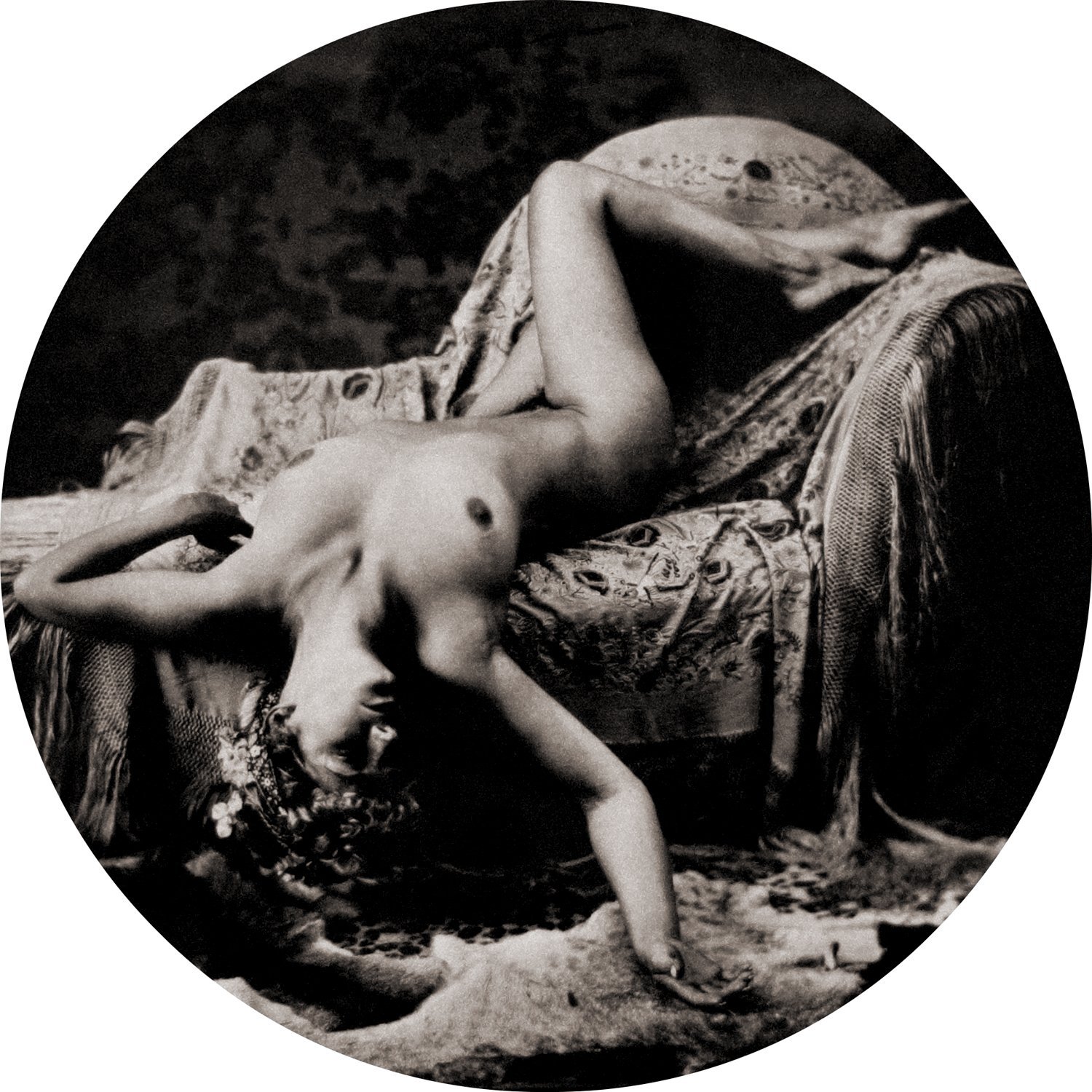

Artist: Tony Richards | Location: United Kingdom
Links: Website | Instagram
Tony Richards from the United Kingdom considers himself a wet plate practitioner, he is always practicing. He has been known to edit his plates with a hammer. For him the act of making is usually more important that the end result, but when the stars align and the collodion gods smile down on him, he is truly grateful. That being said, Tony is an influential figure in the wet plate community and many people have gone to him over the years to learn the process. His Four Toes blog is one of the best available on the historic process. One only has to look at his work to understand that this man has a fabulous grasp of this very difficult historic process.
ABOUT THE CURATOR
Shane Balkowitsch founded Nostalgic Glass Wet Plate Studio in Bismarck North Dakota. A self-taught photographer who never owned a camera until 2012. He viewed a wet plate for the first time online and immediately decided to take on the historic wet plate collodion process. His original black glass ambrotypes are curated by 50 museums around the globe including the Smithsonian Institute, Library of Congress and the world-famous Pitt Rivers Museum at the University of Oxford. His life’s work is his series “Northern Plains Native Americans: A Modern Wet Plate Perspective” where his goal is to capture 1000 Native American portraits over a 20-year period. He has produced several books on the subject and has a documentary called “Balkowitsch” on Amazon. Shane has made over 4300 ambrotypes to date since he took his first exposure on October 4th 2012. His natural light studio attracts artists from all over the world and he openly shares and teaches the process to anyone who wants to learn.

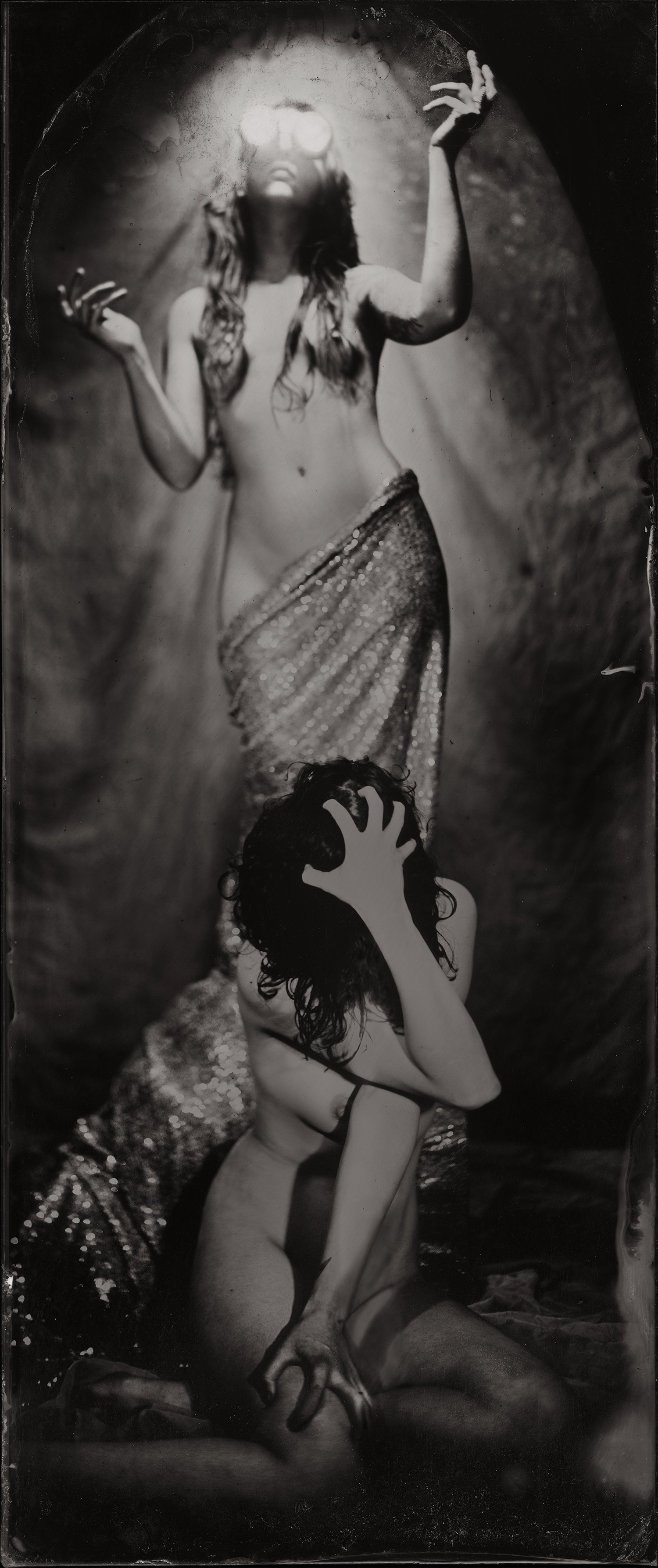
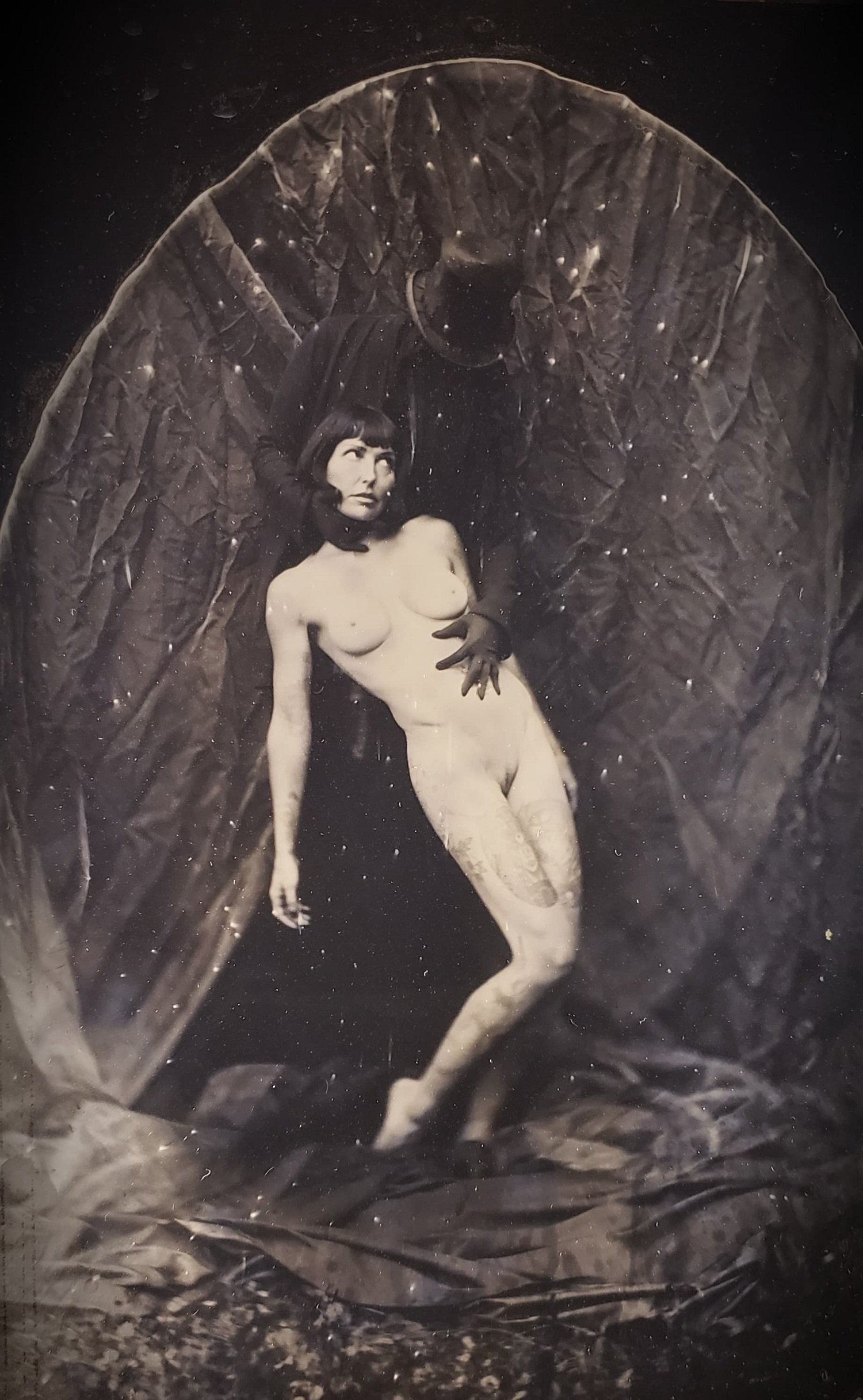
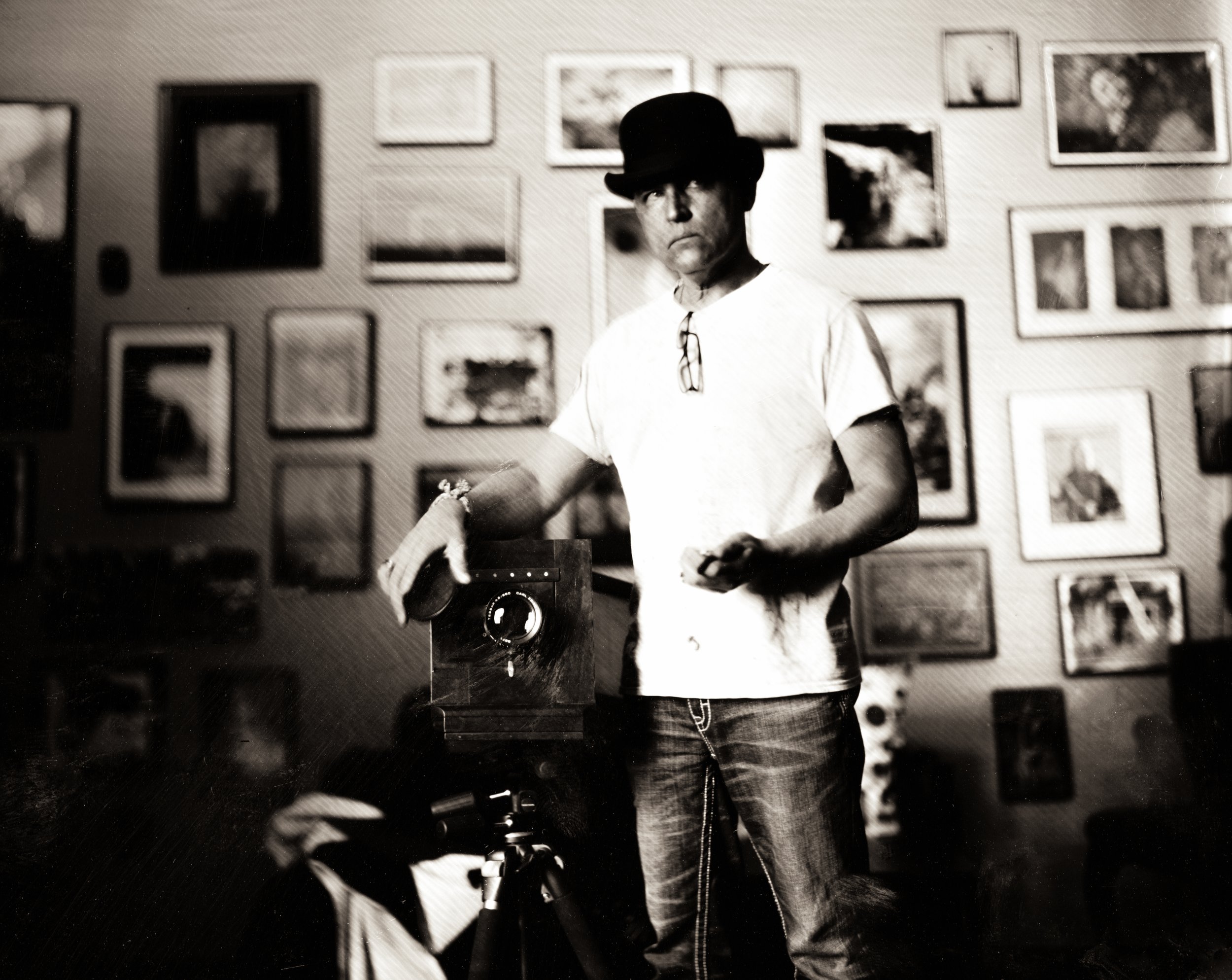









Shadow Gather’s photos unveil nightlife’s raw, electric energy as spaces of defiant authenticity. Her Meow Wolf exhibition elevates marginalized stories, embracing imperfections as vital truths. Each image is a protest against sanitization, celebrating unguarded moments of liberation.